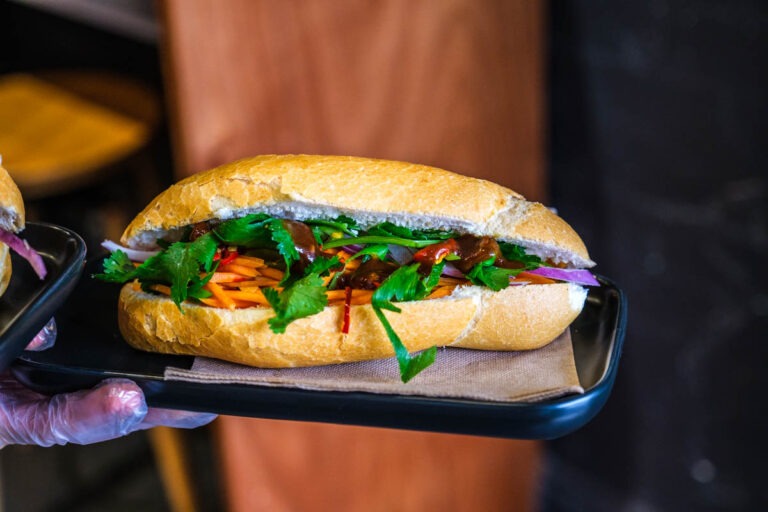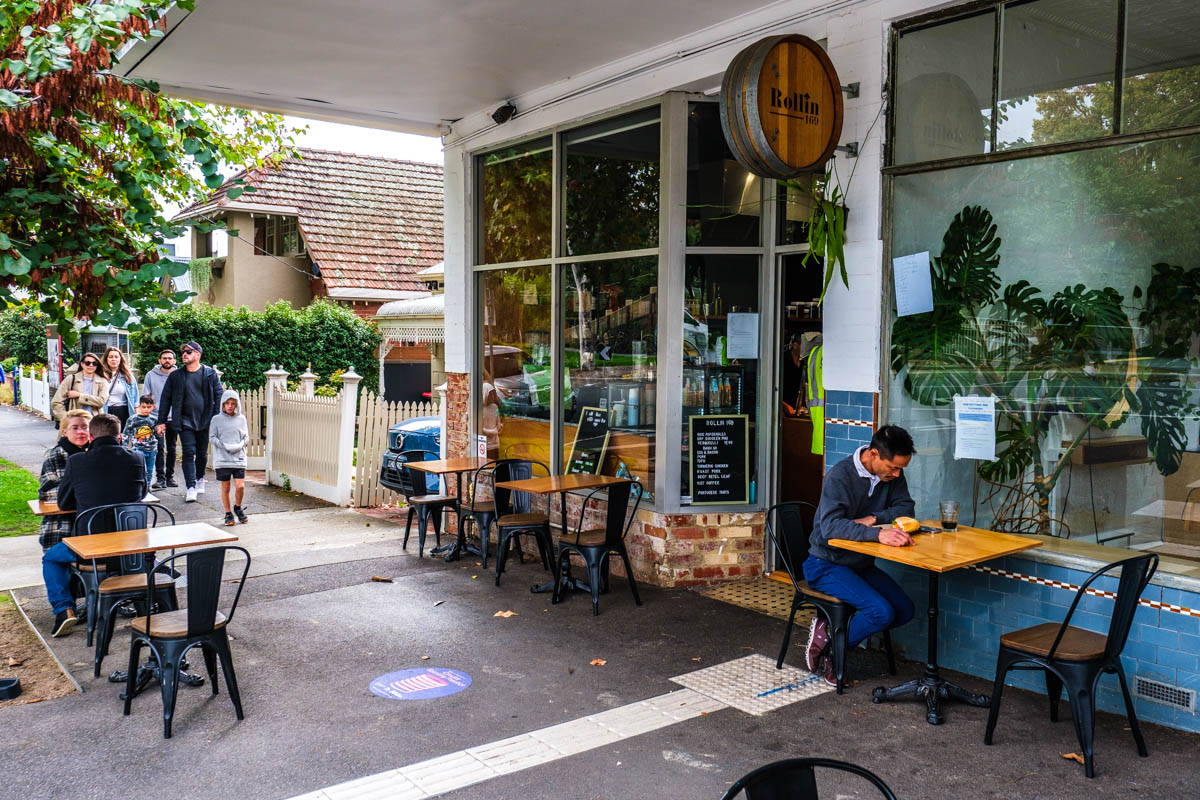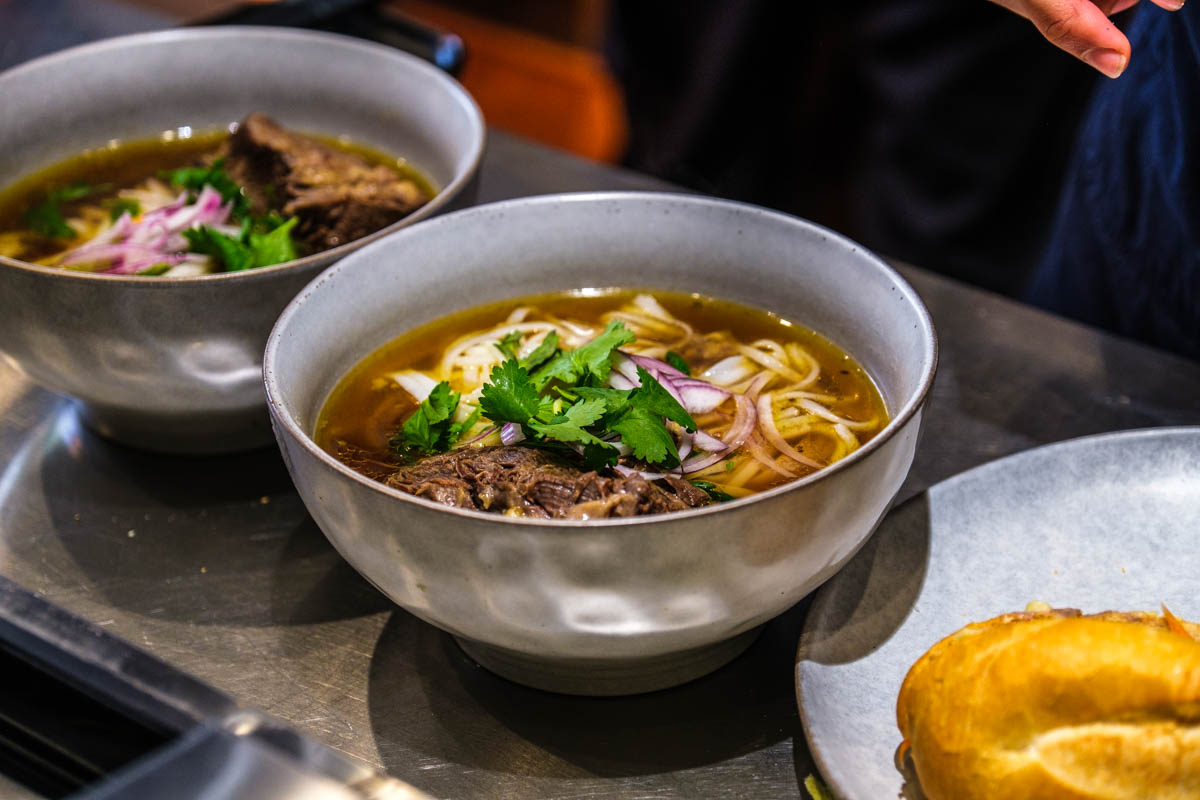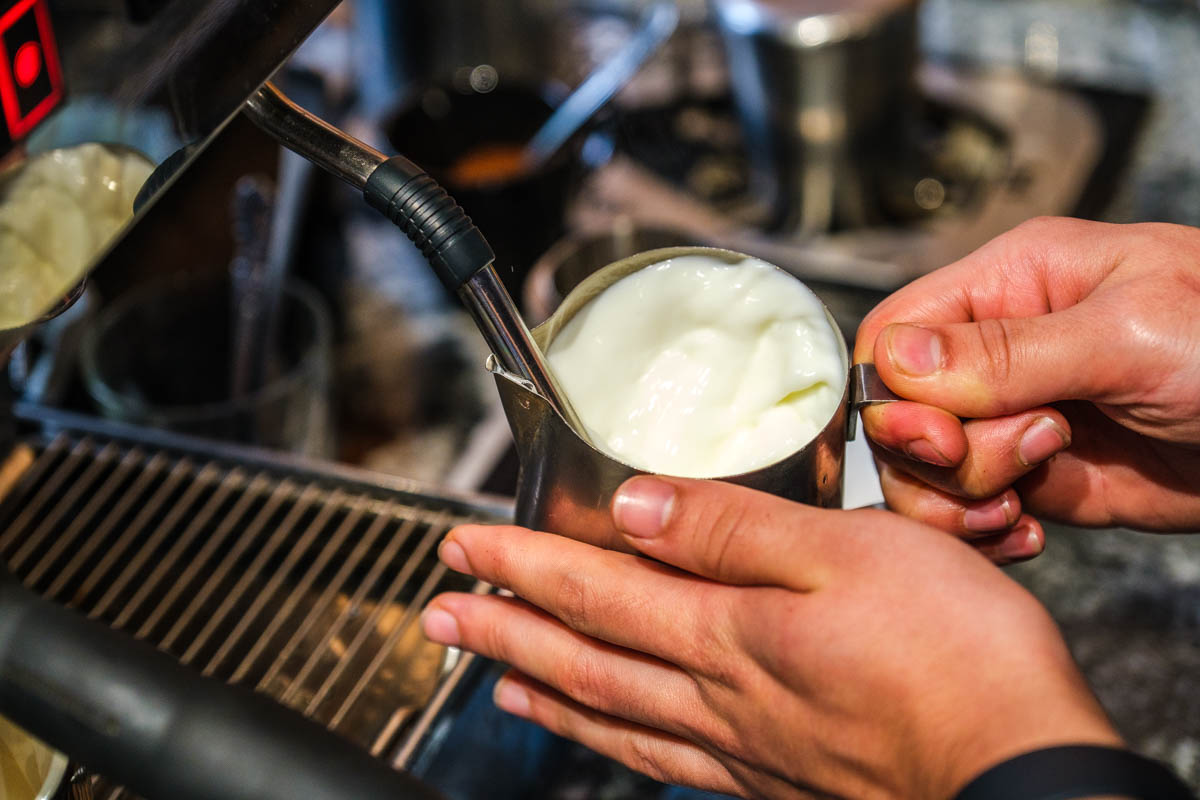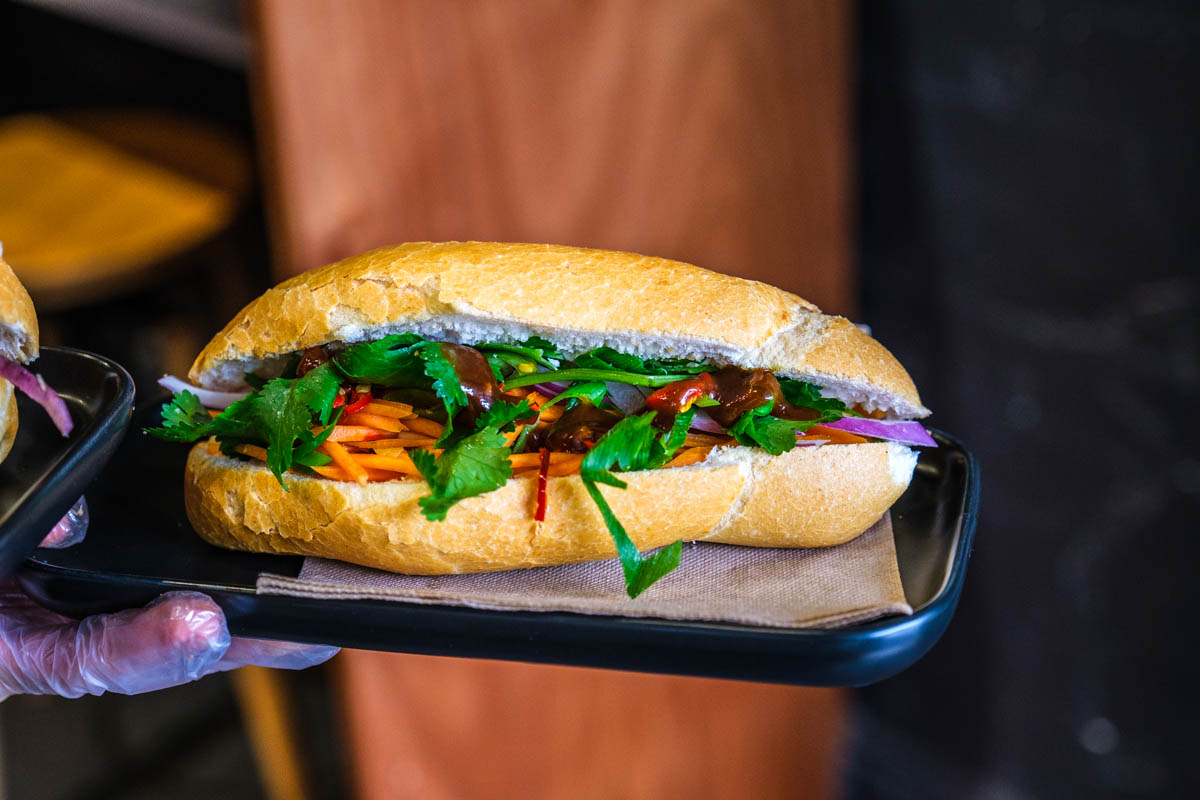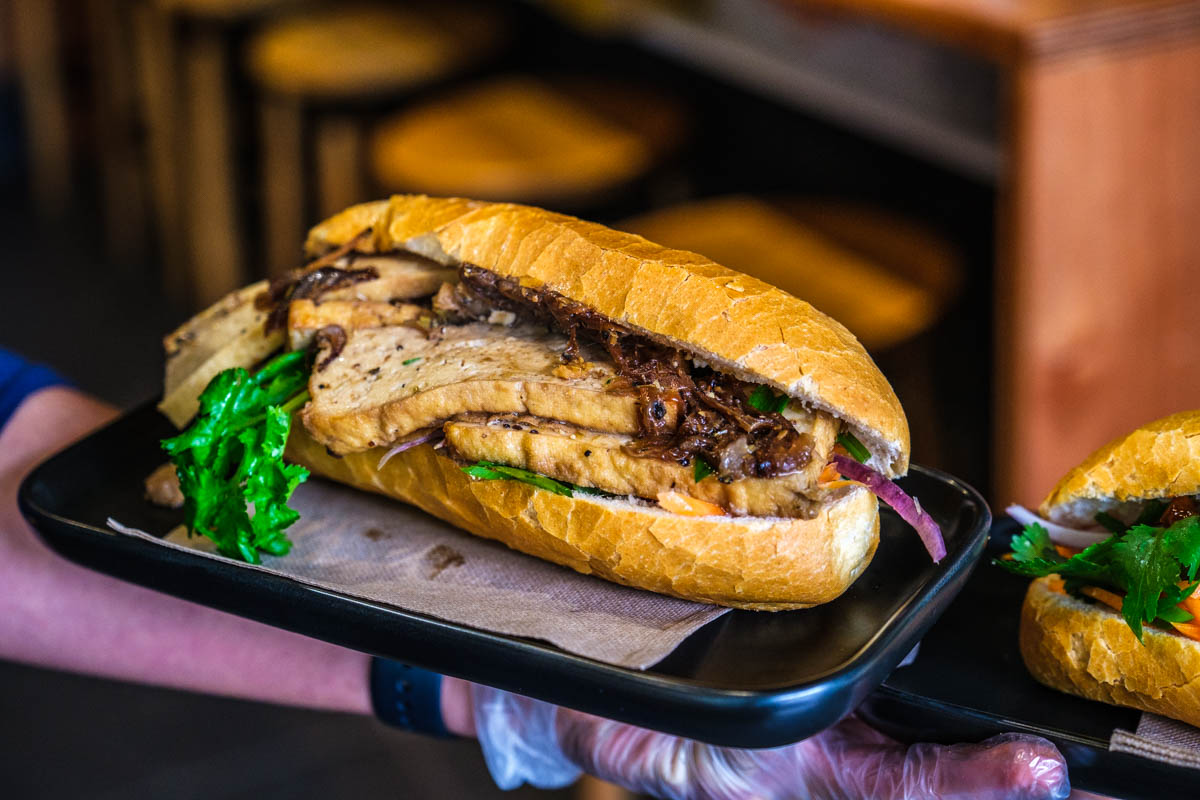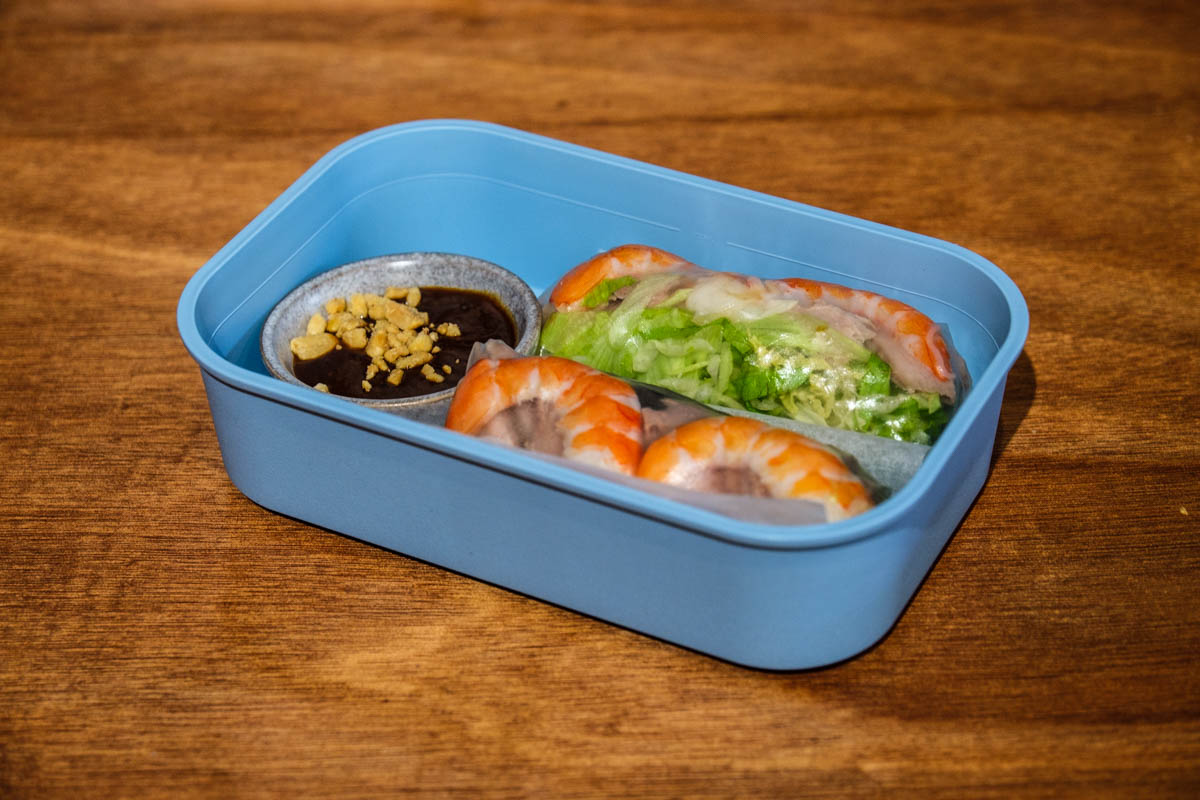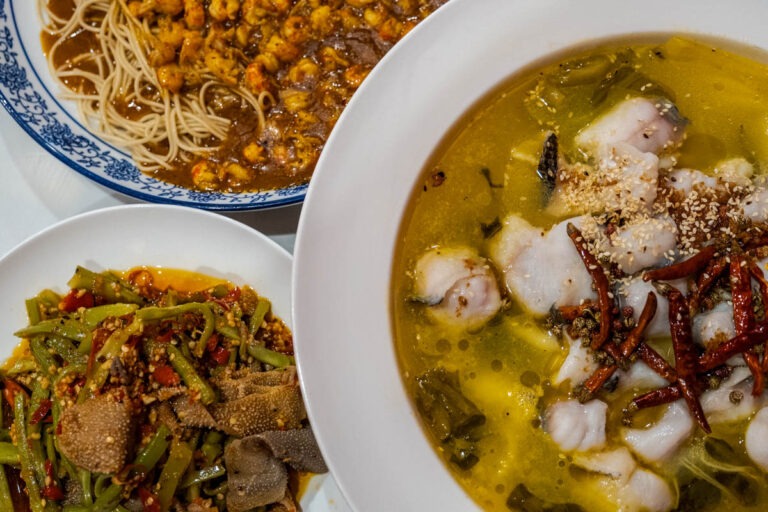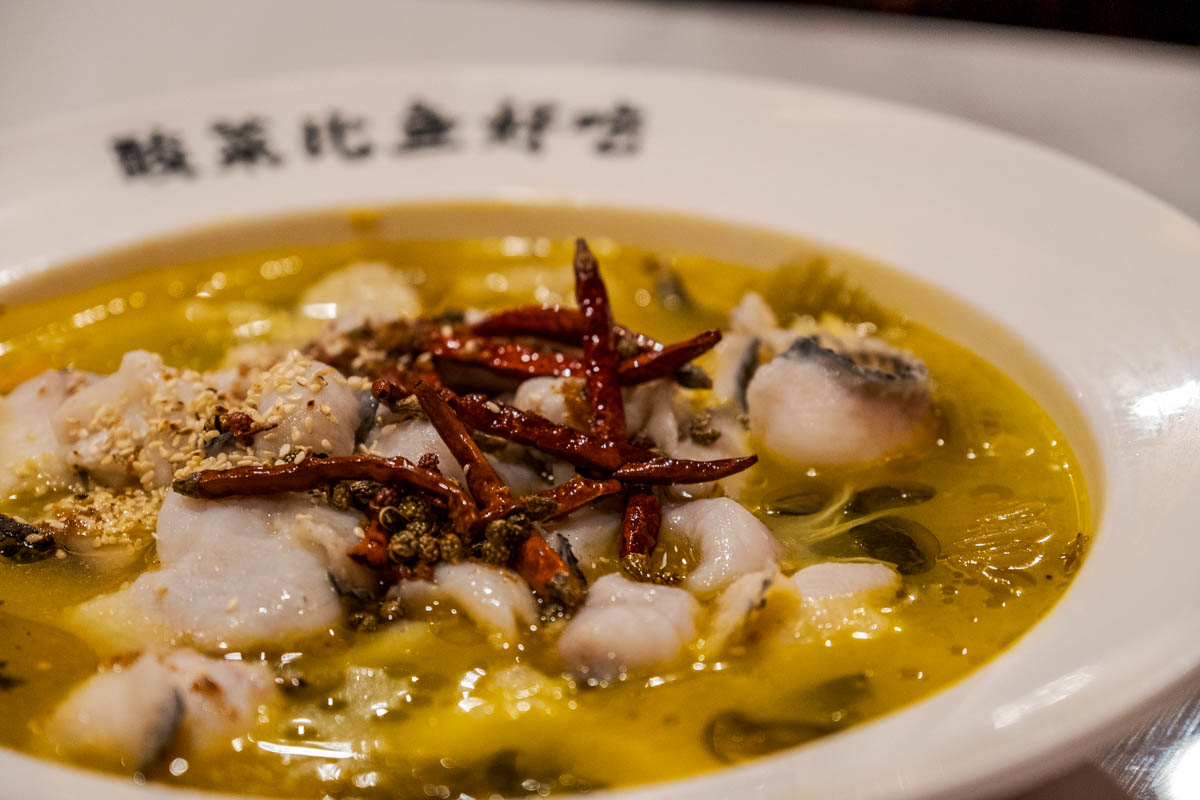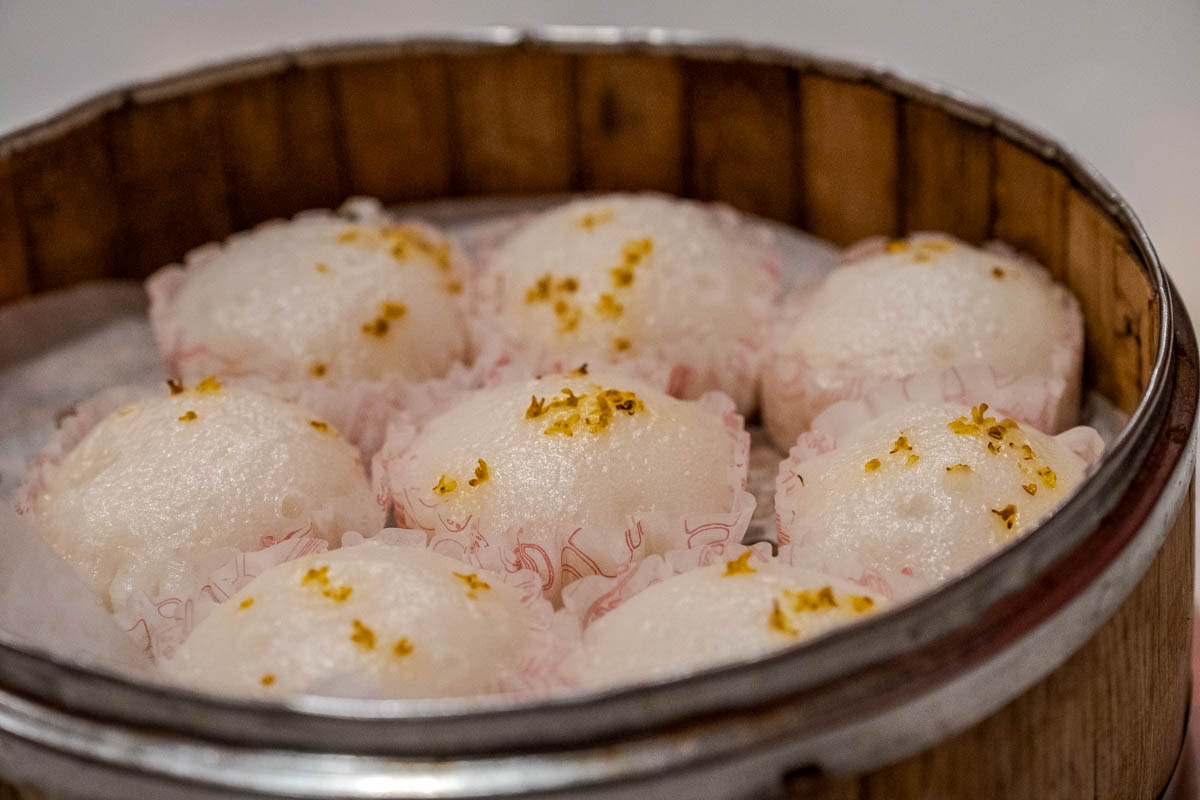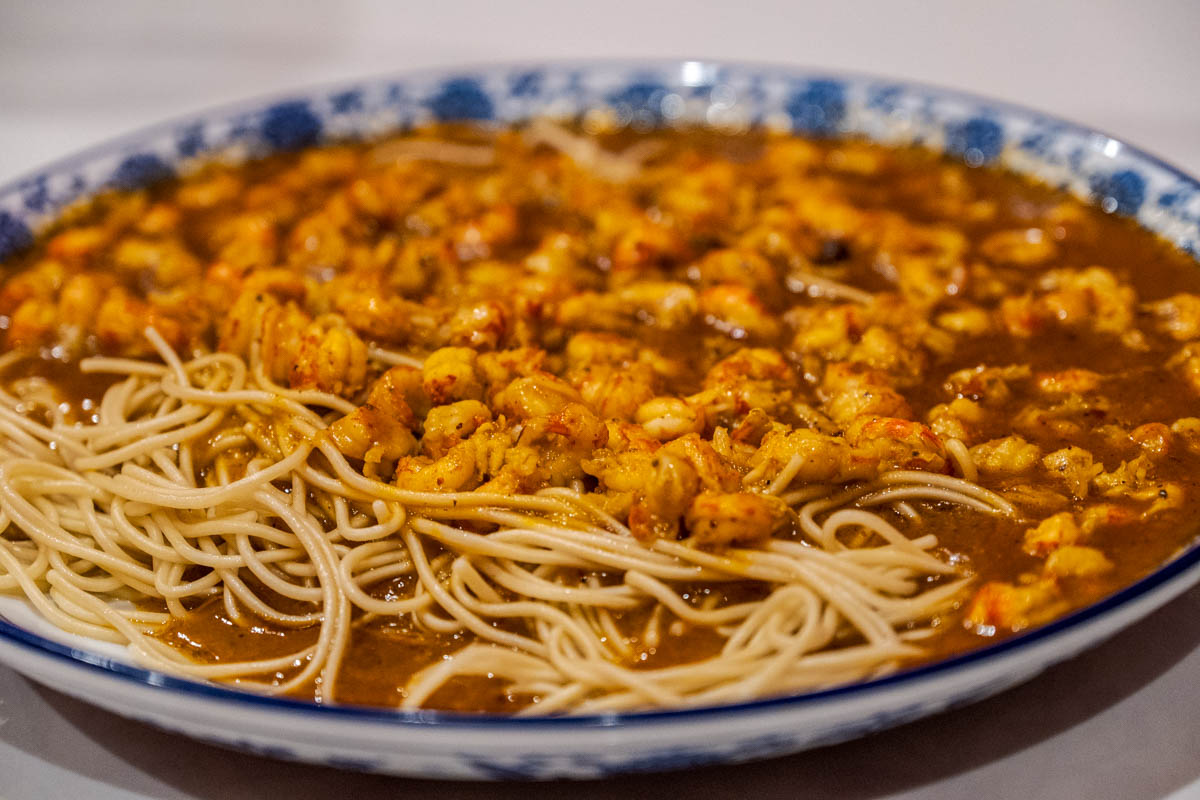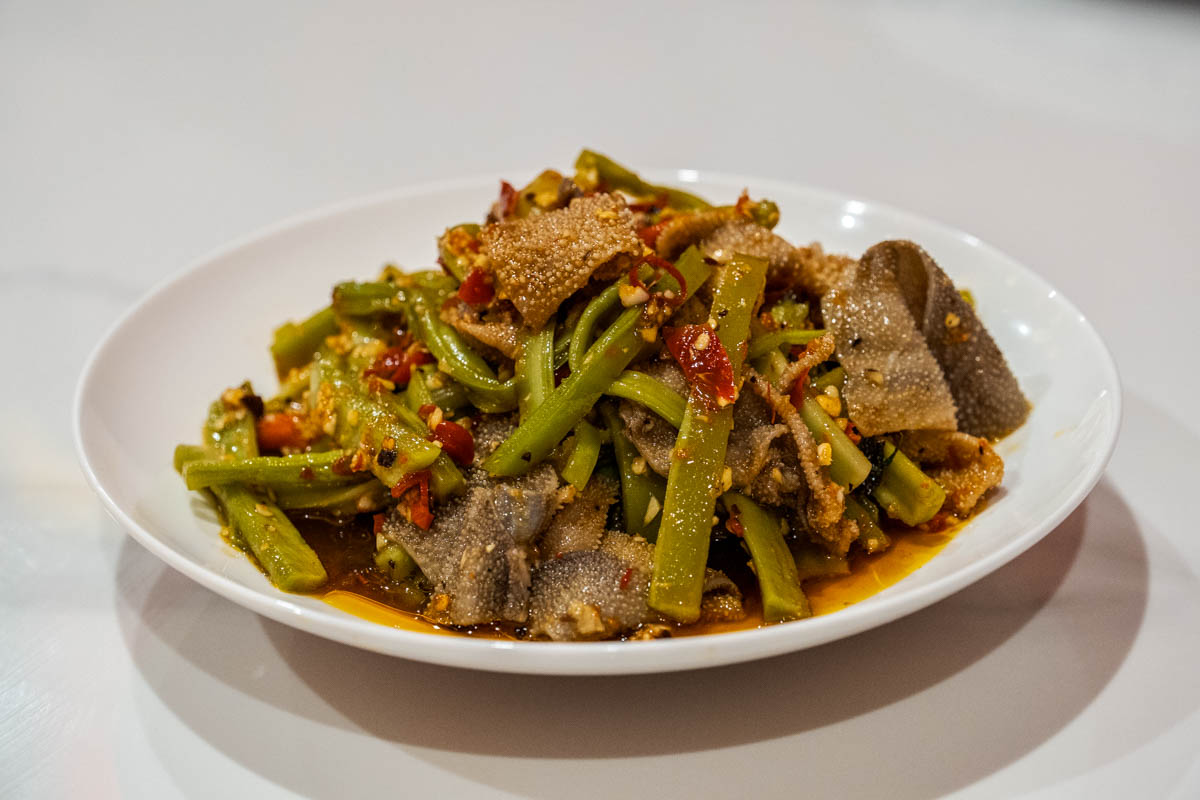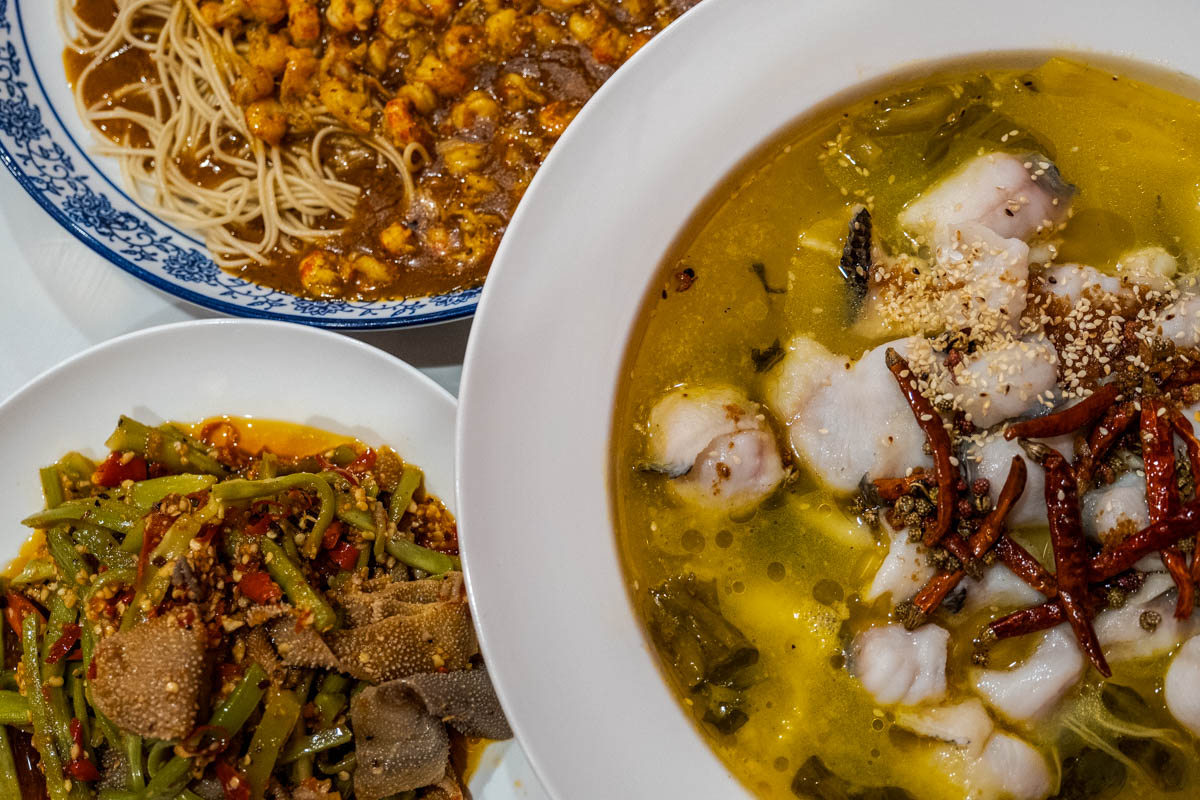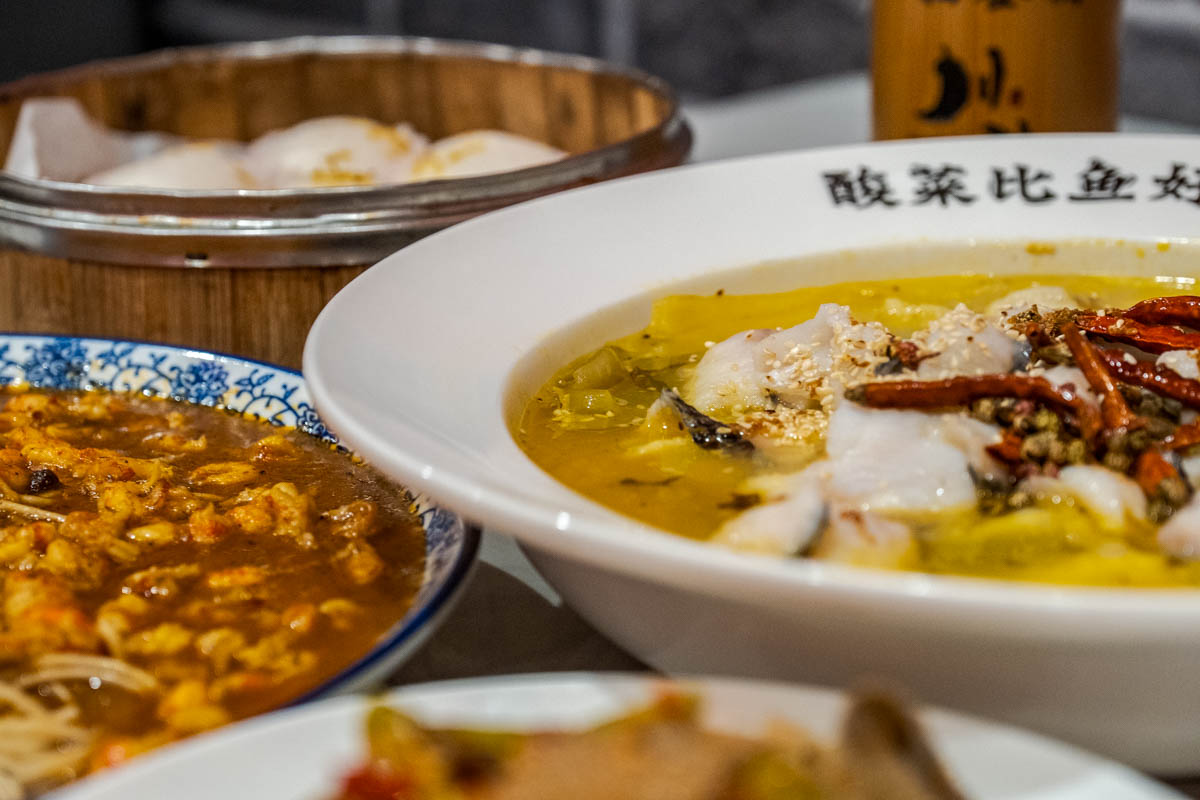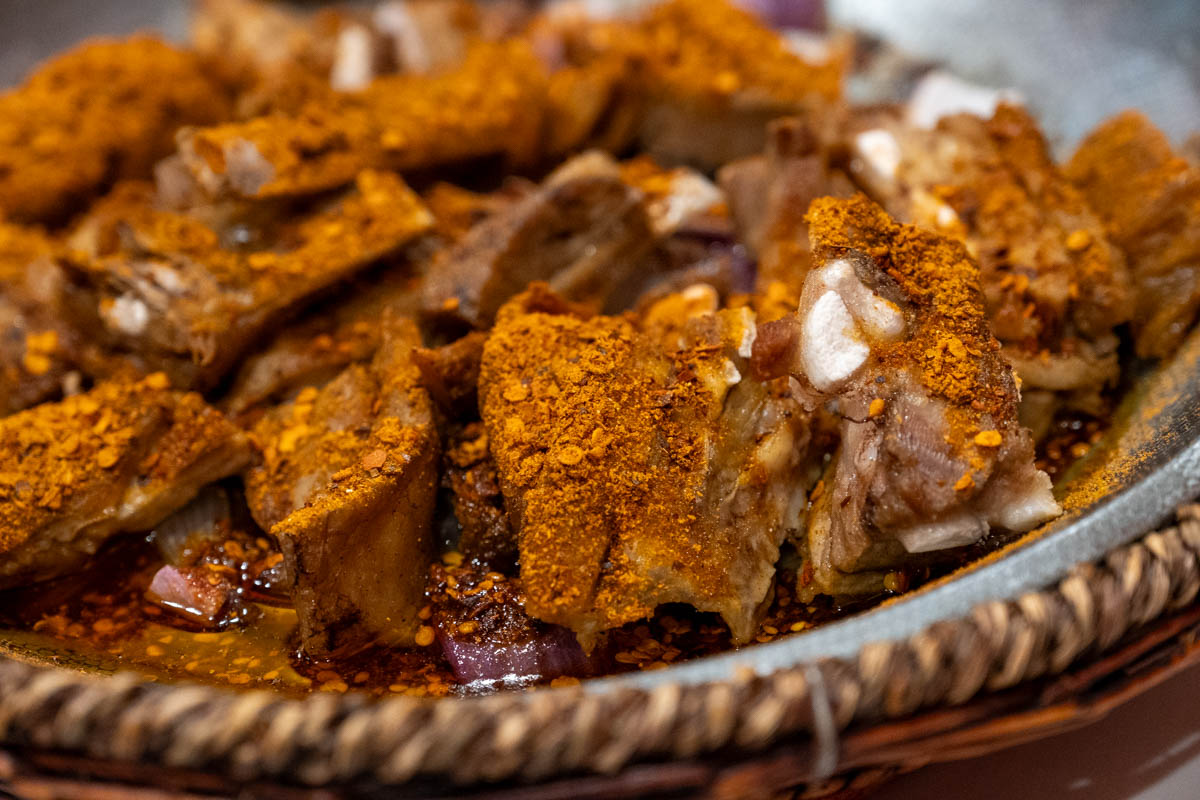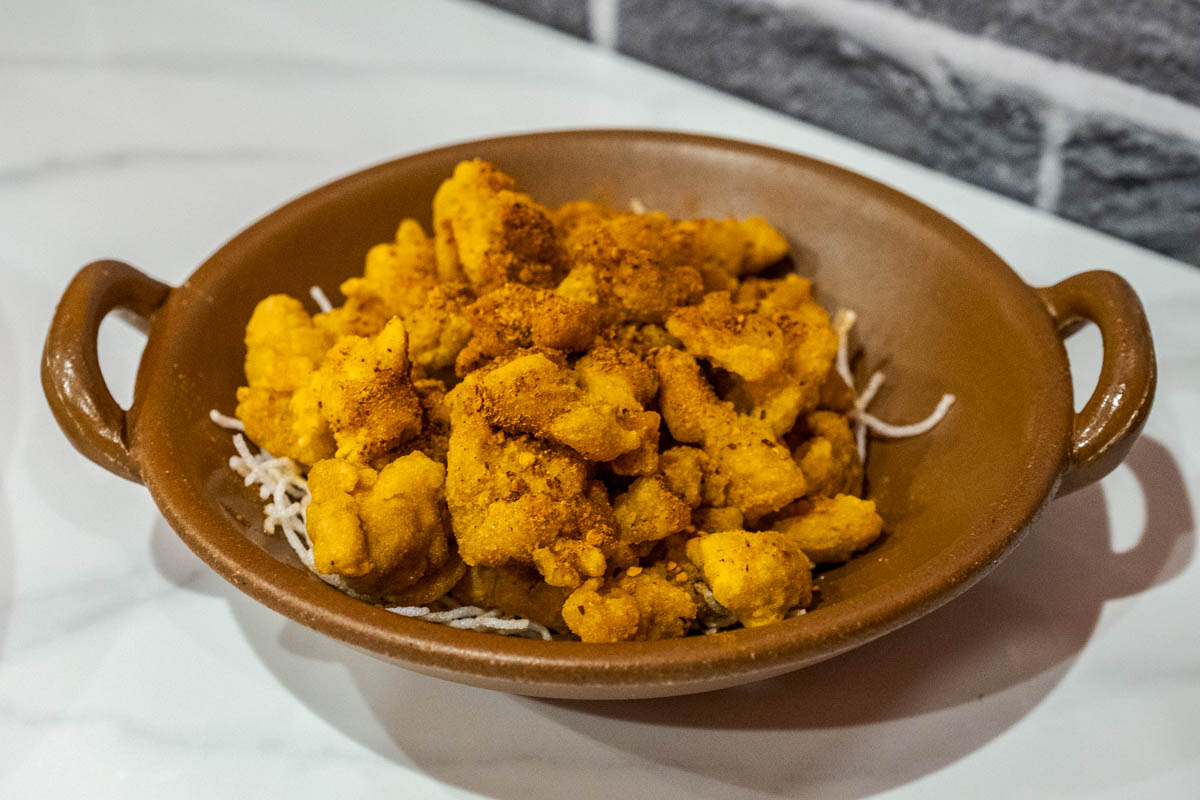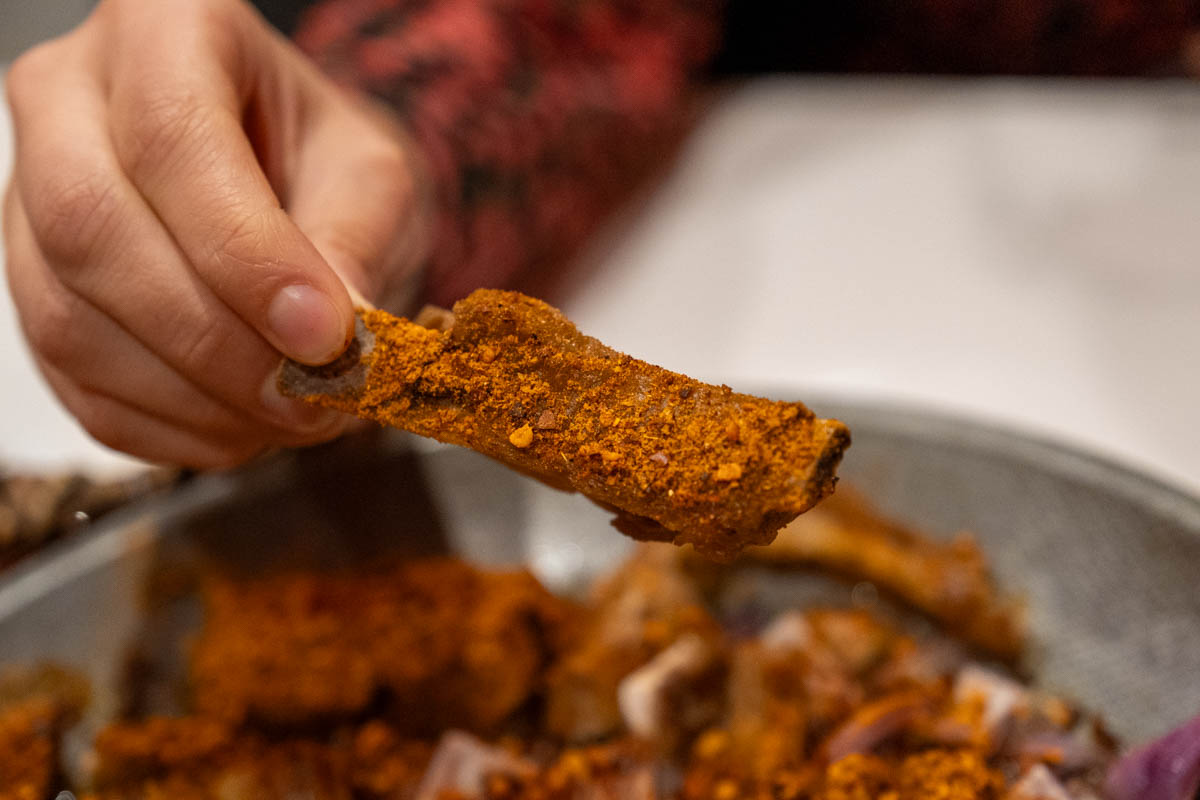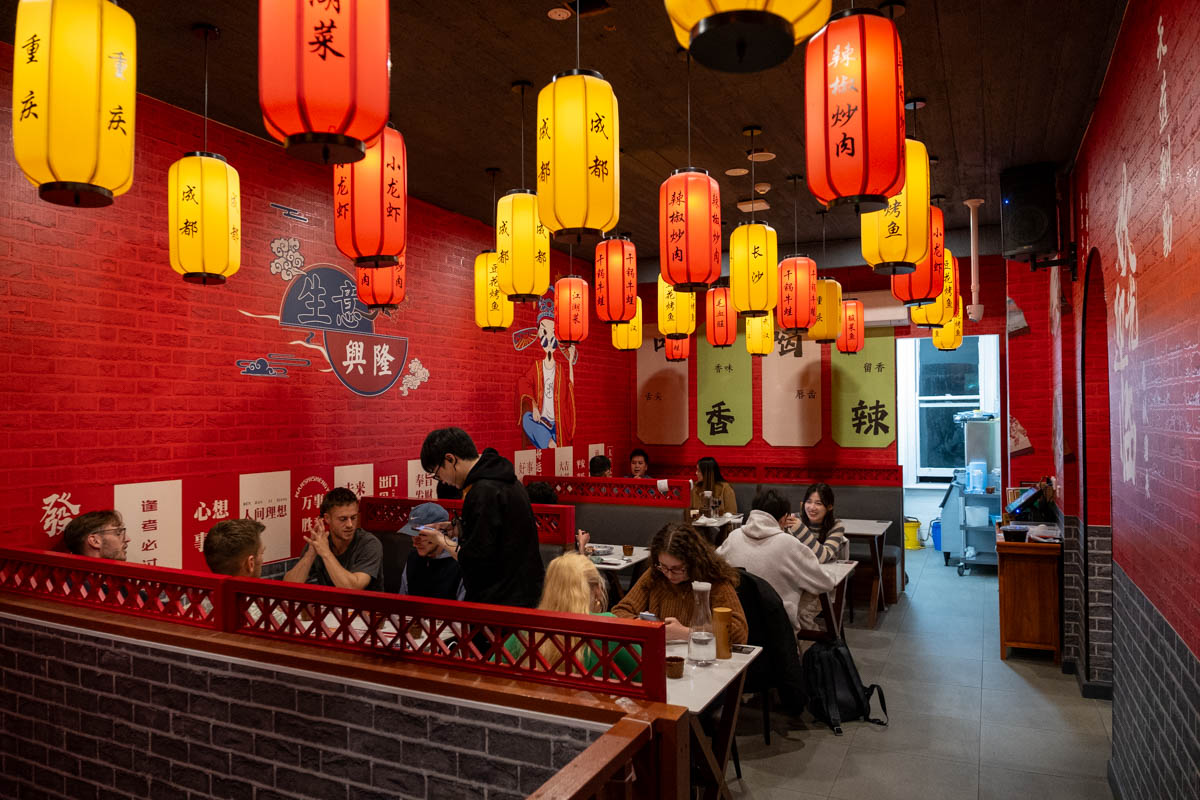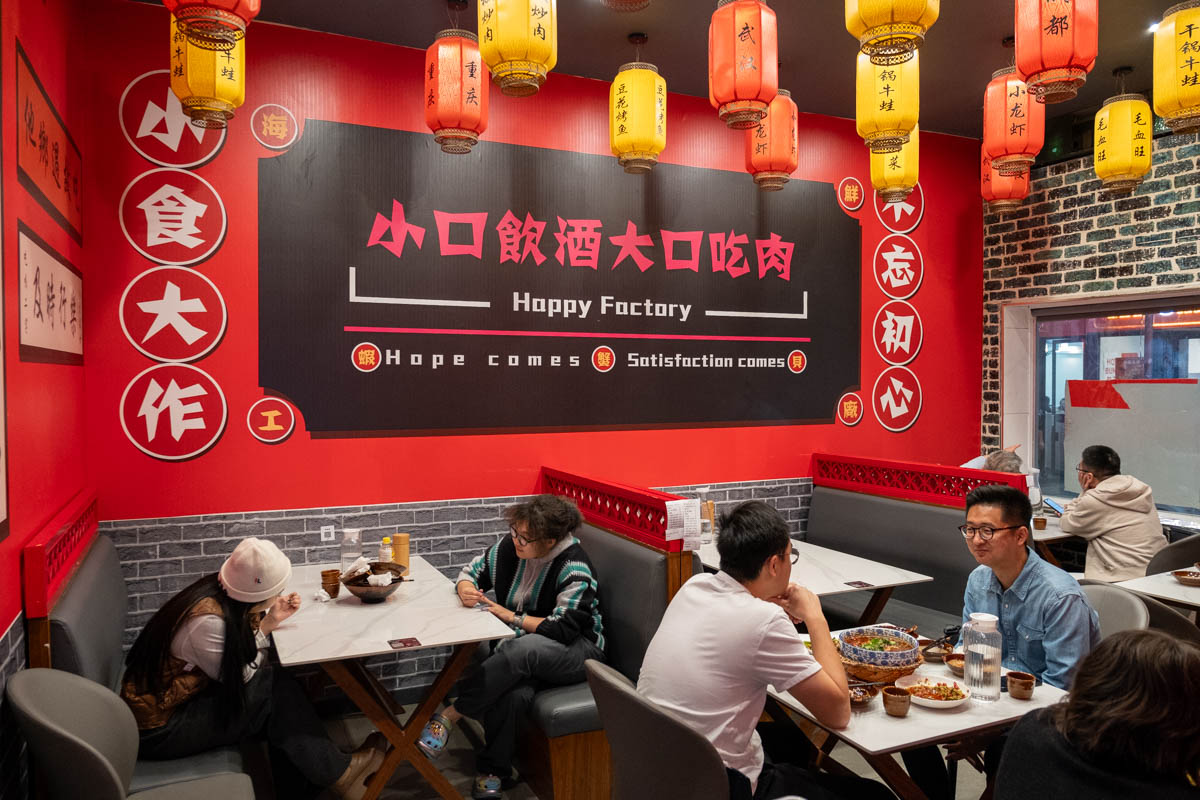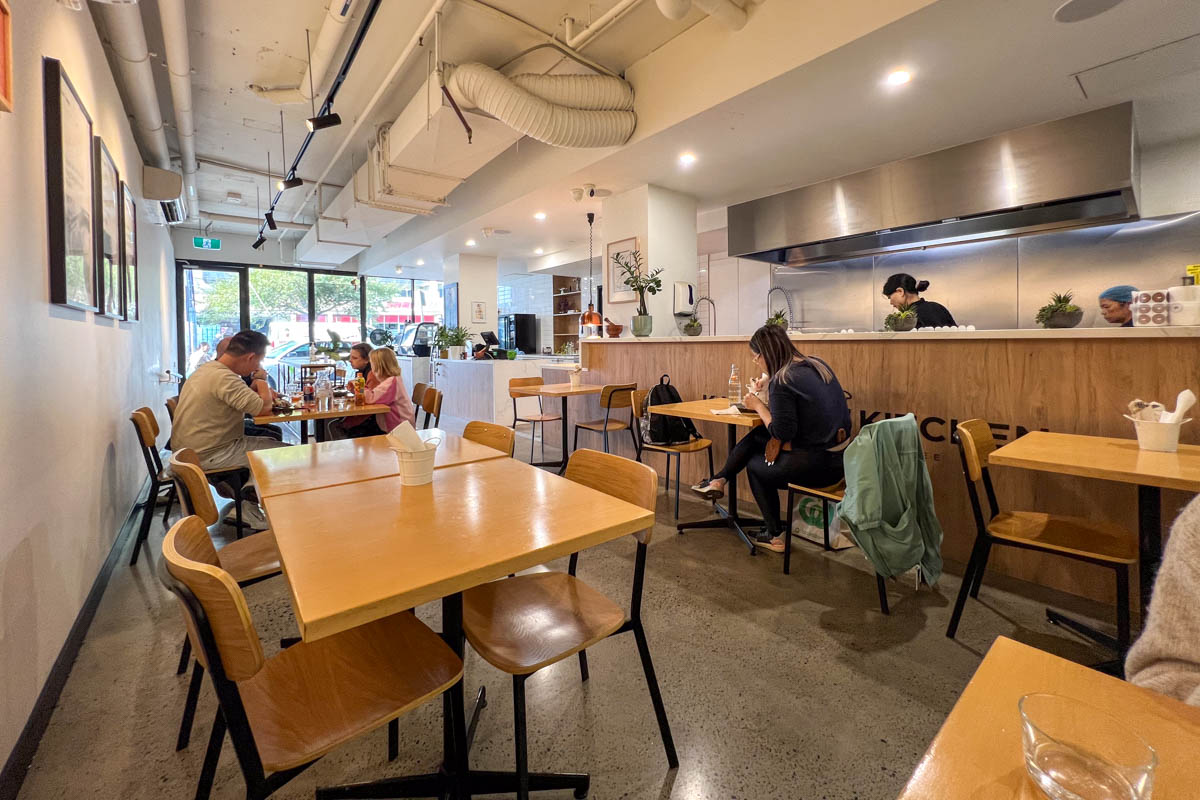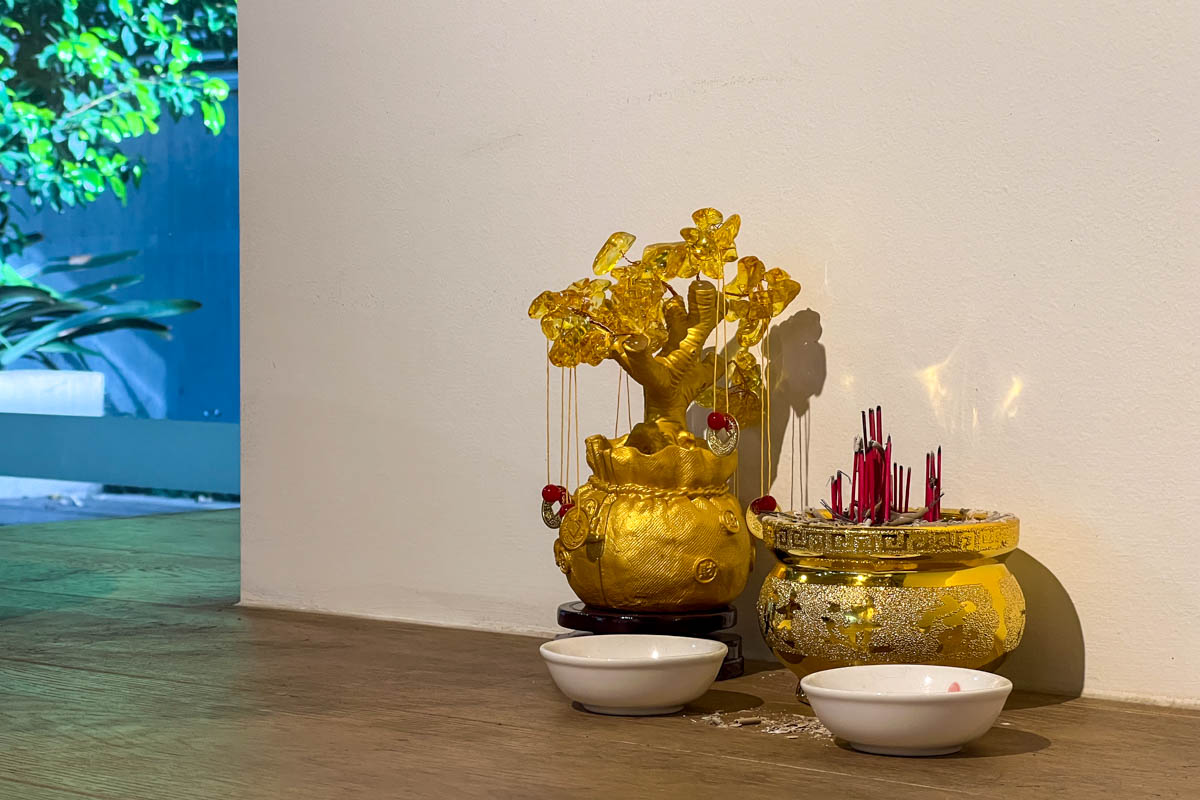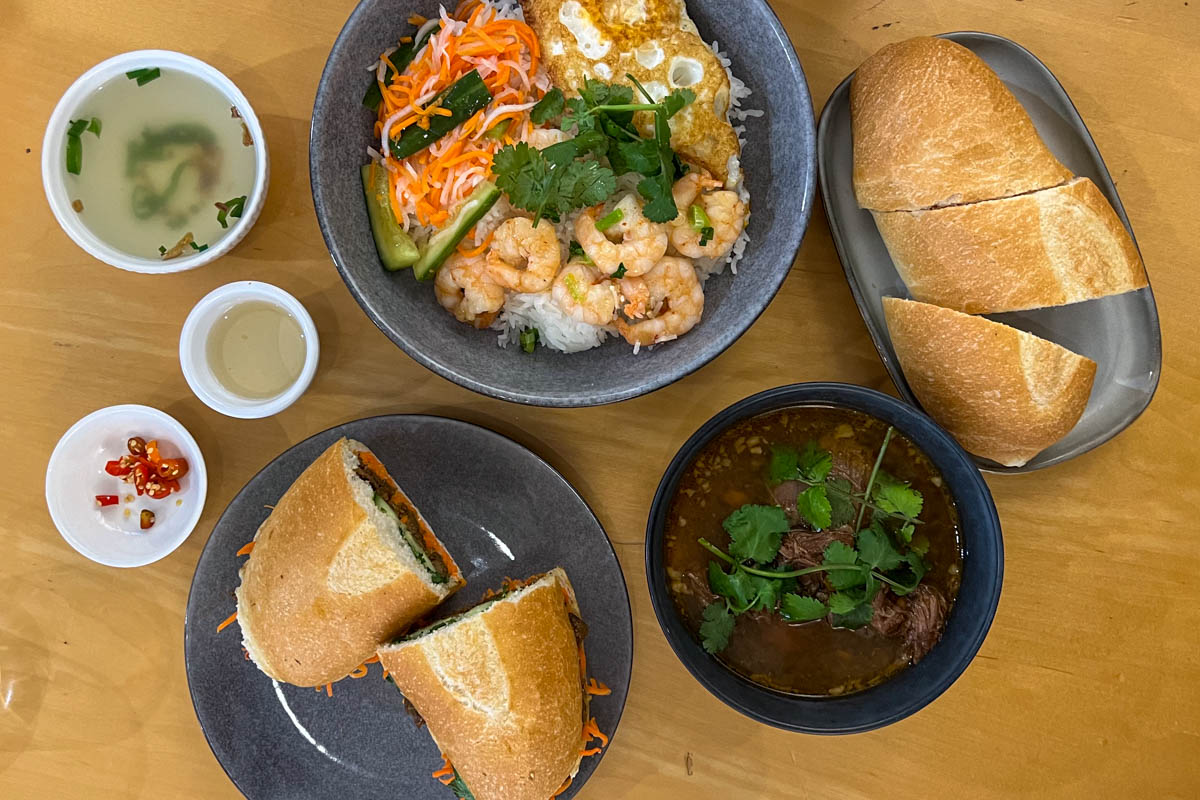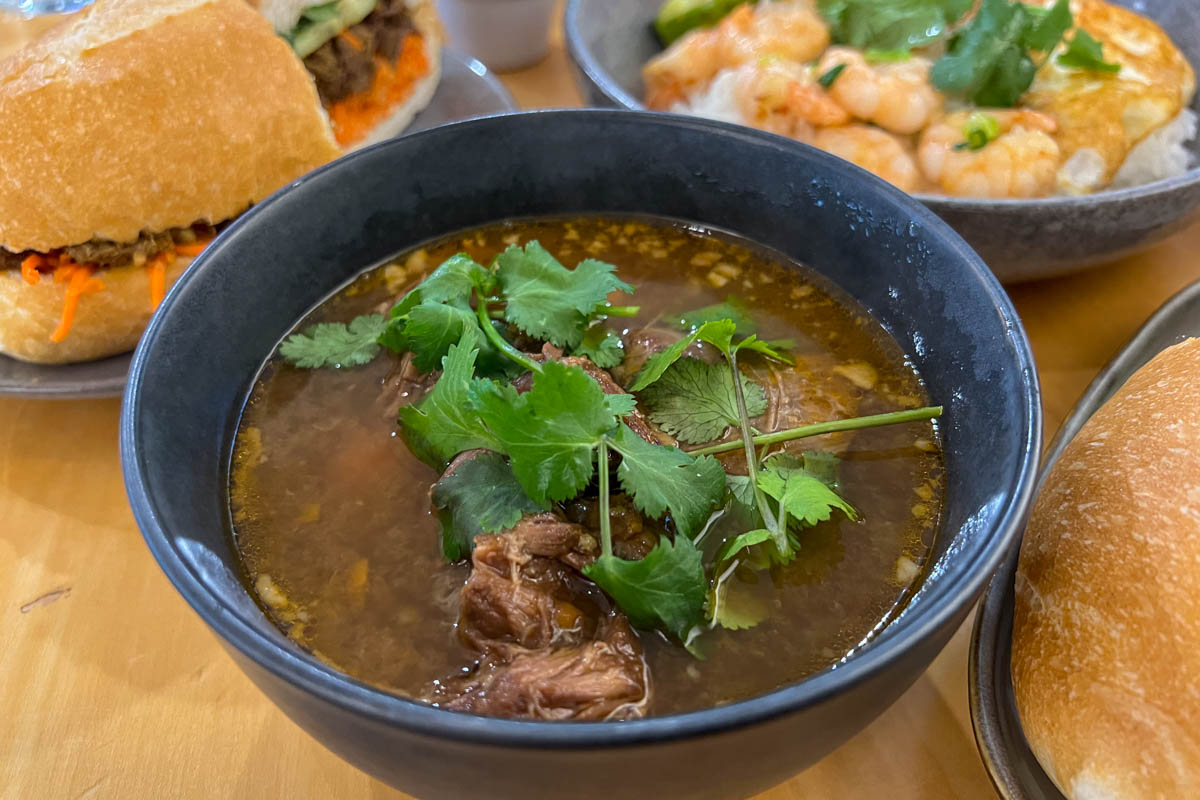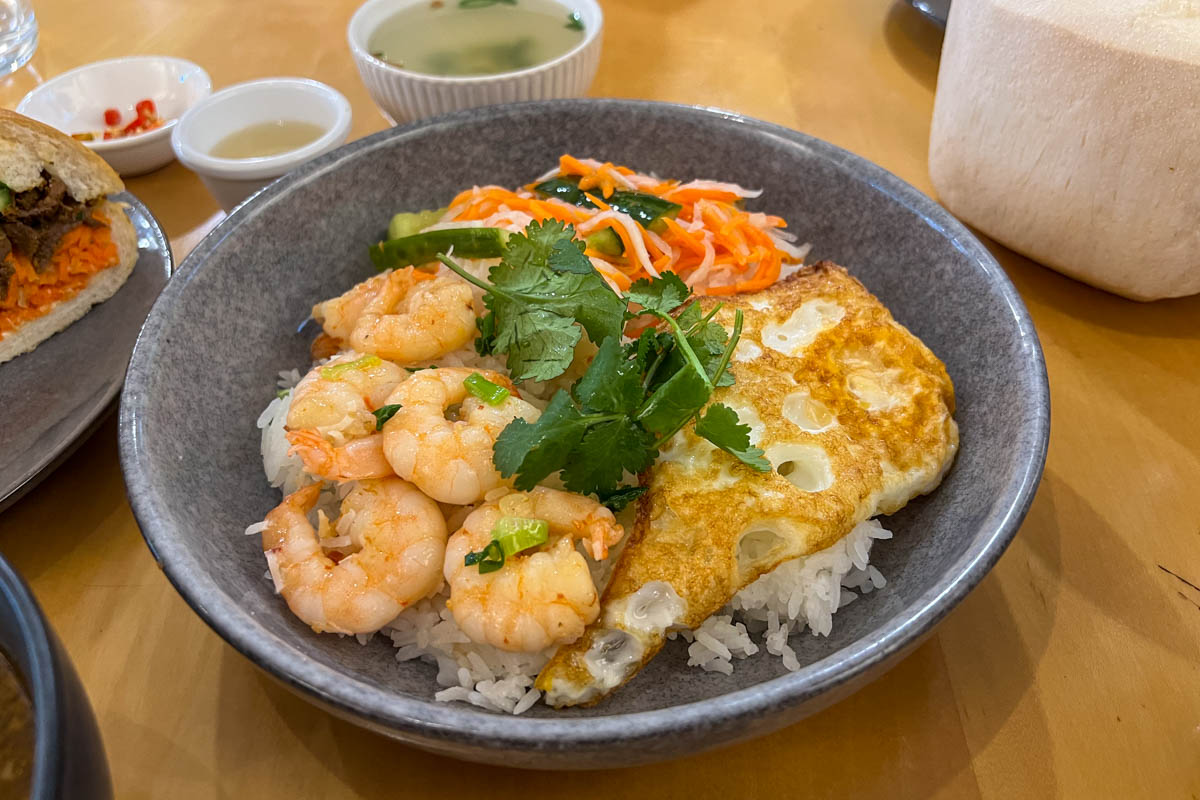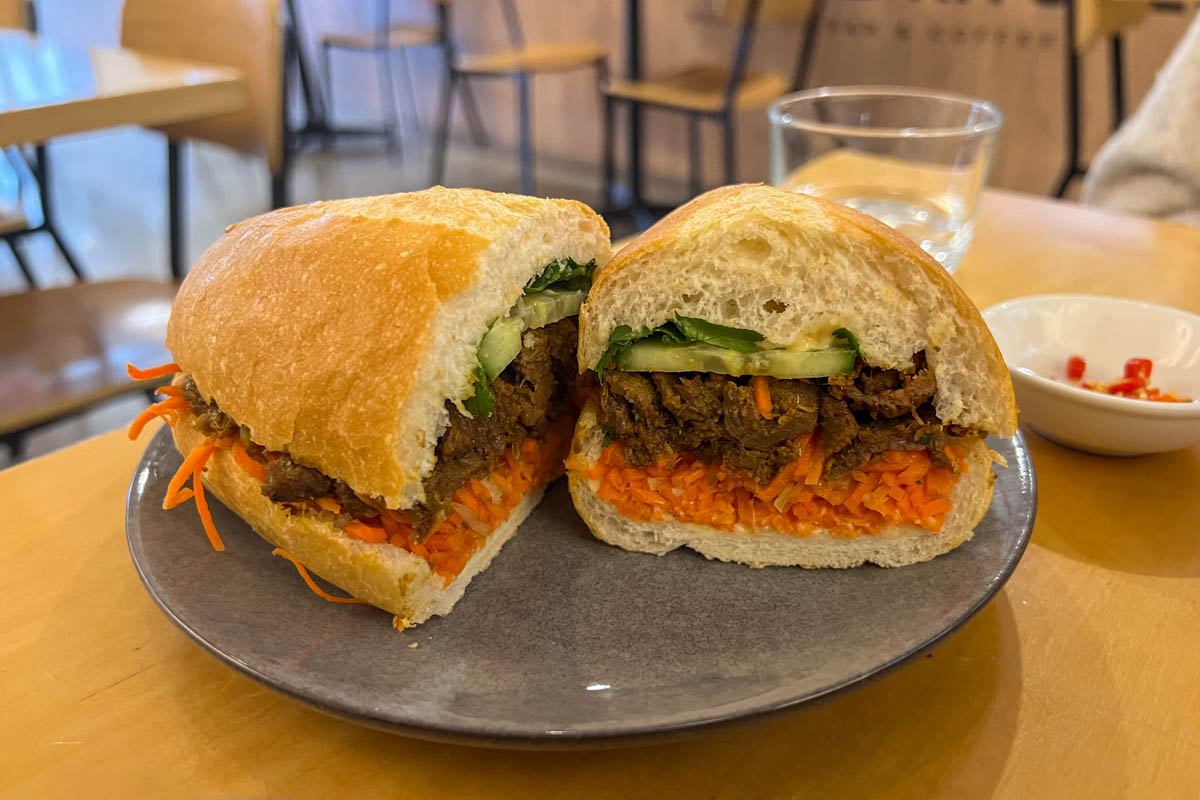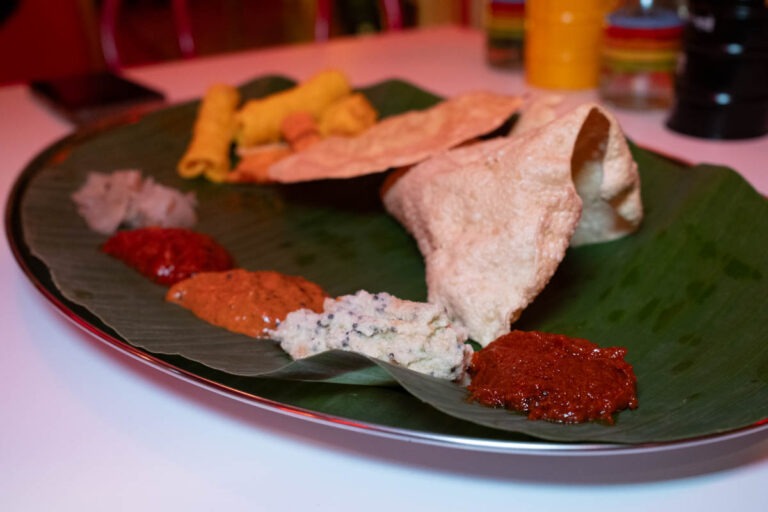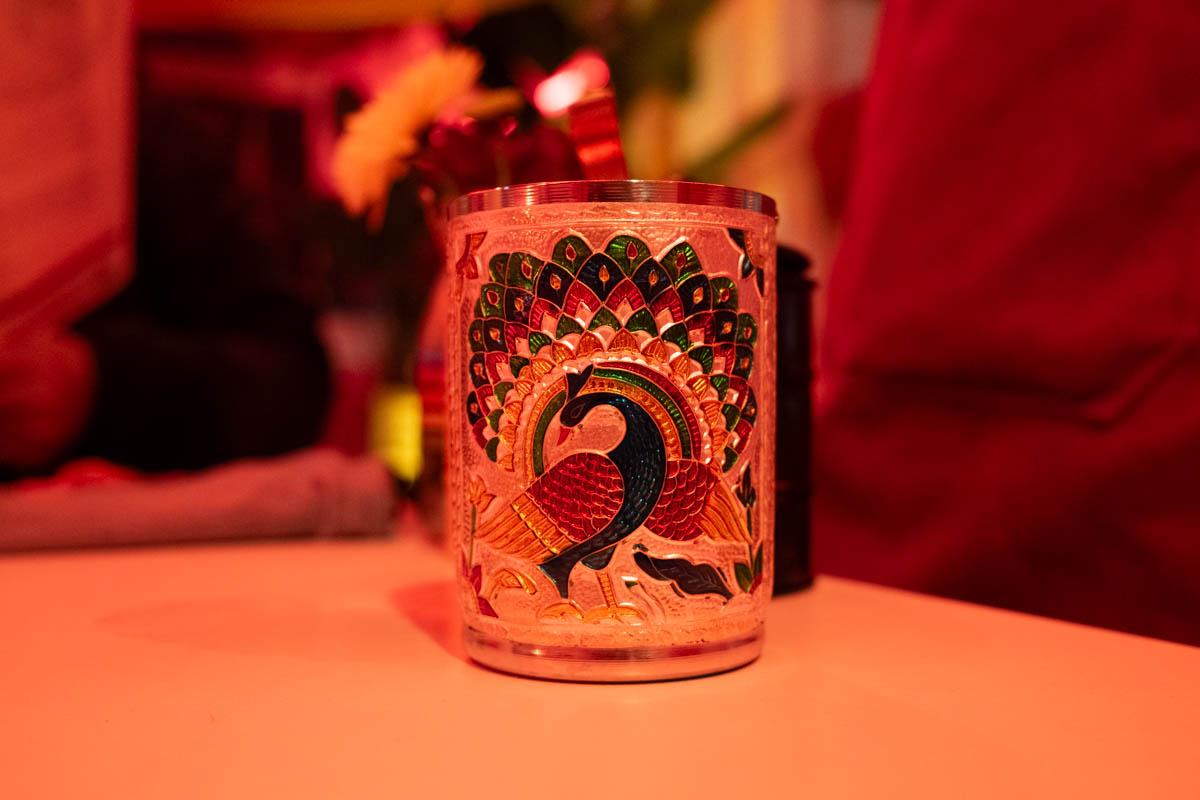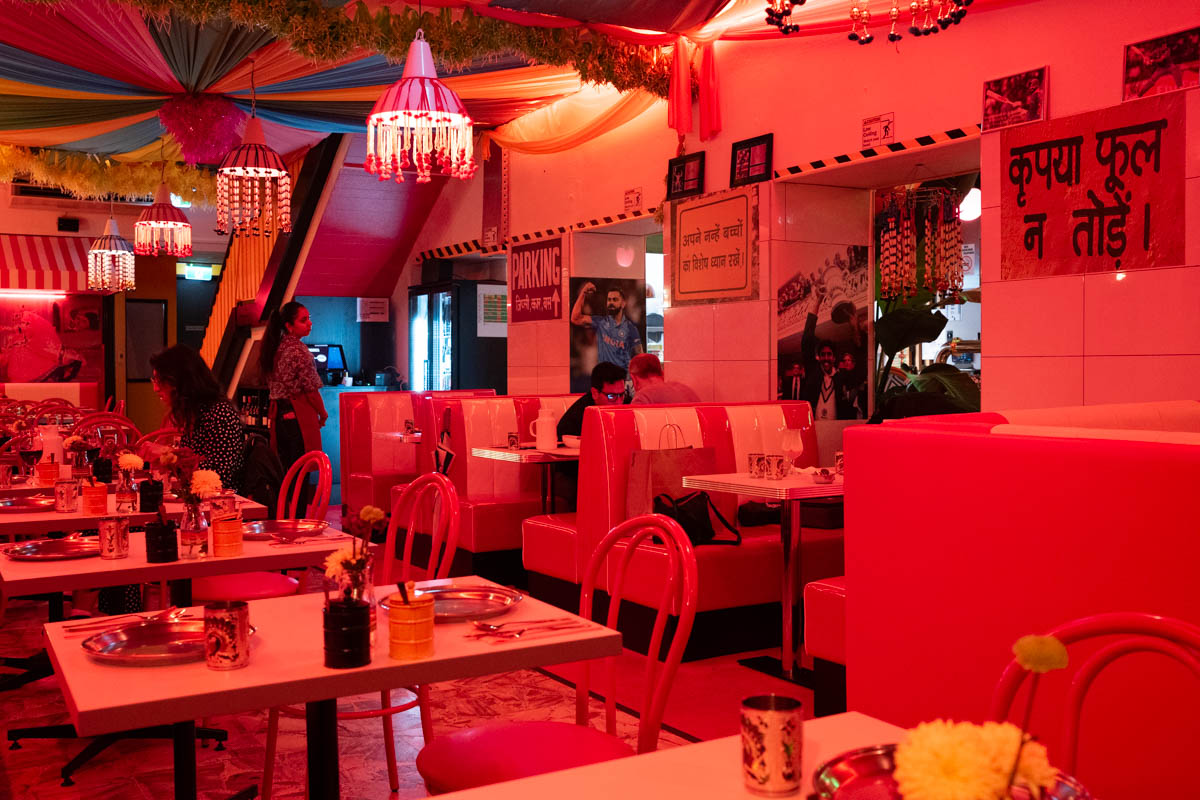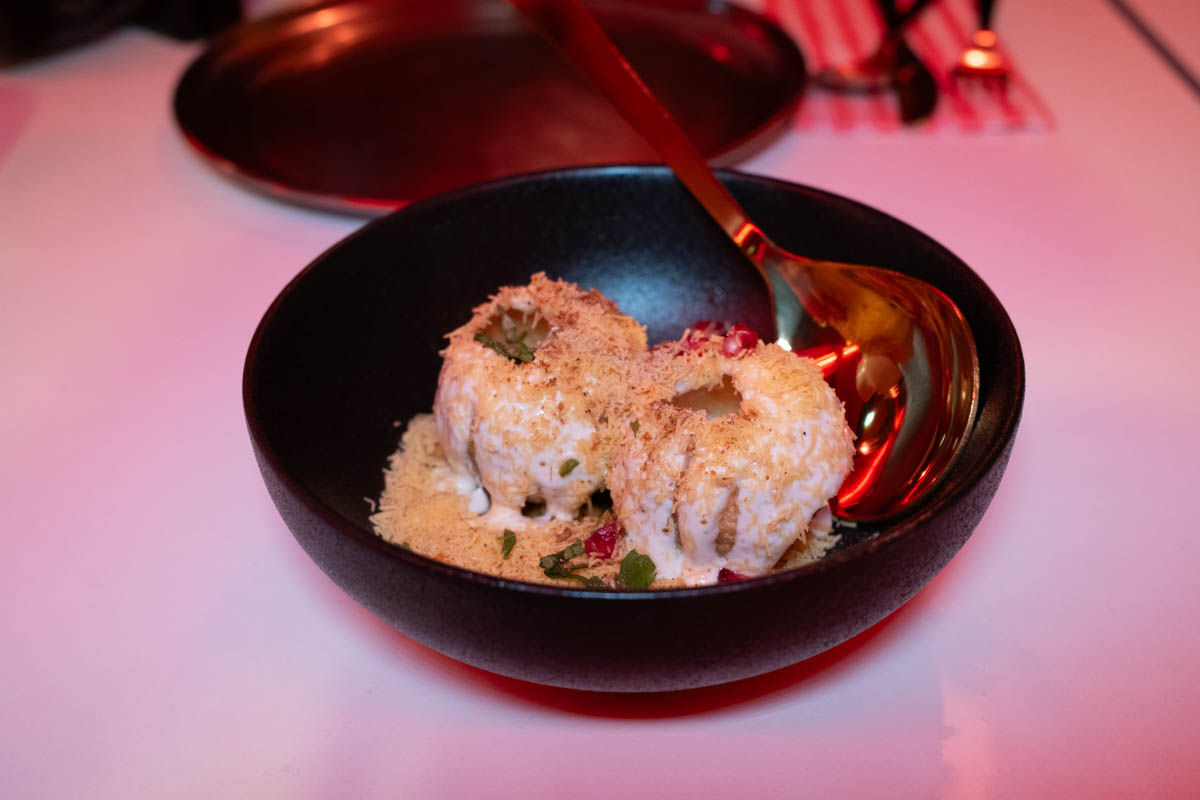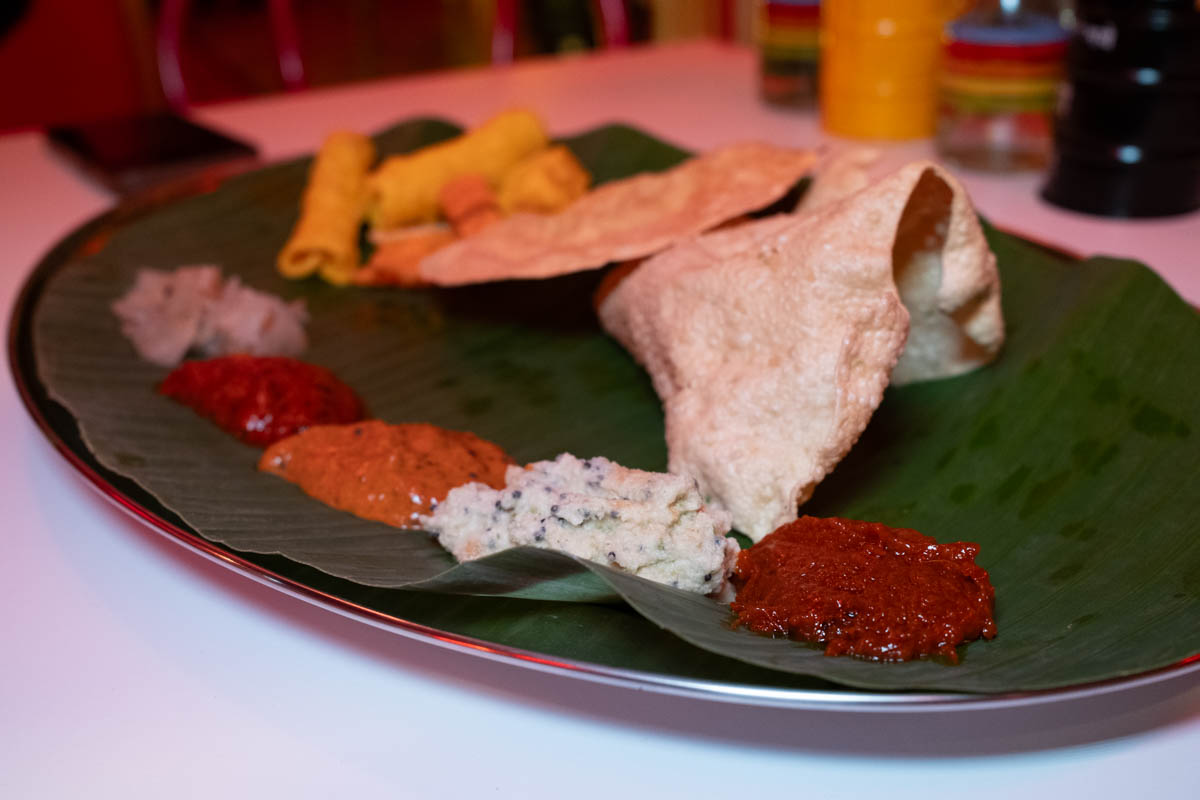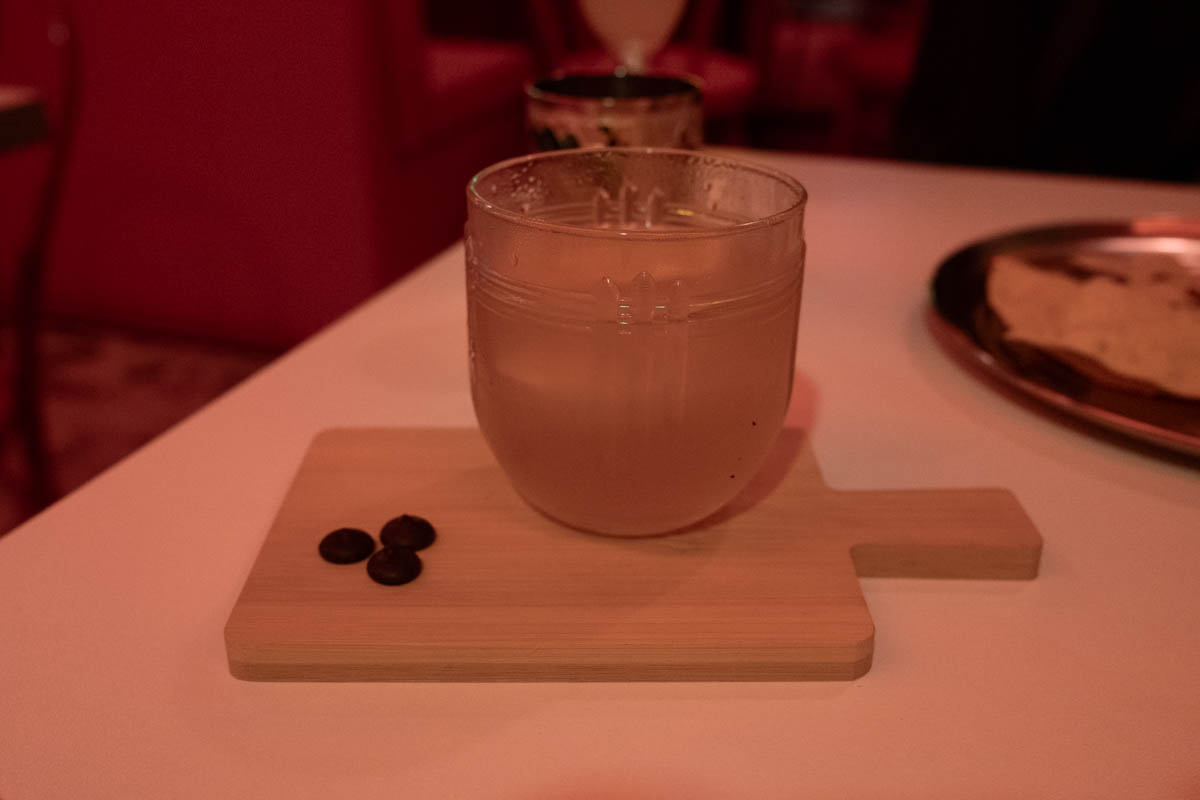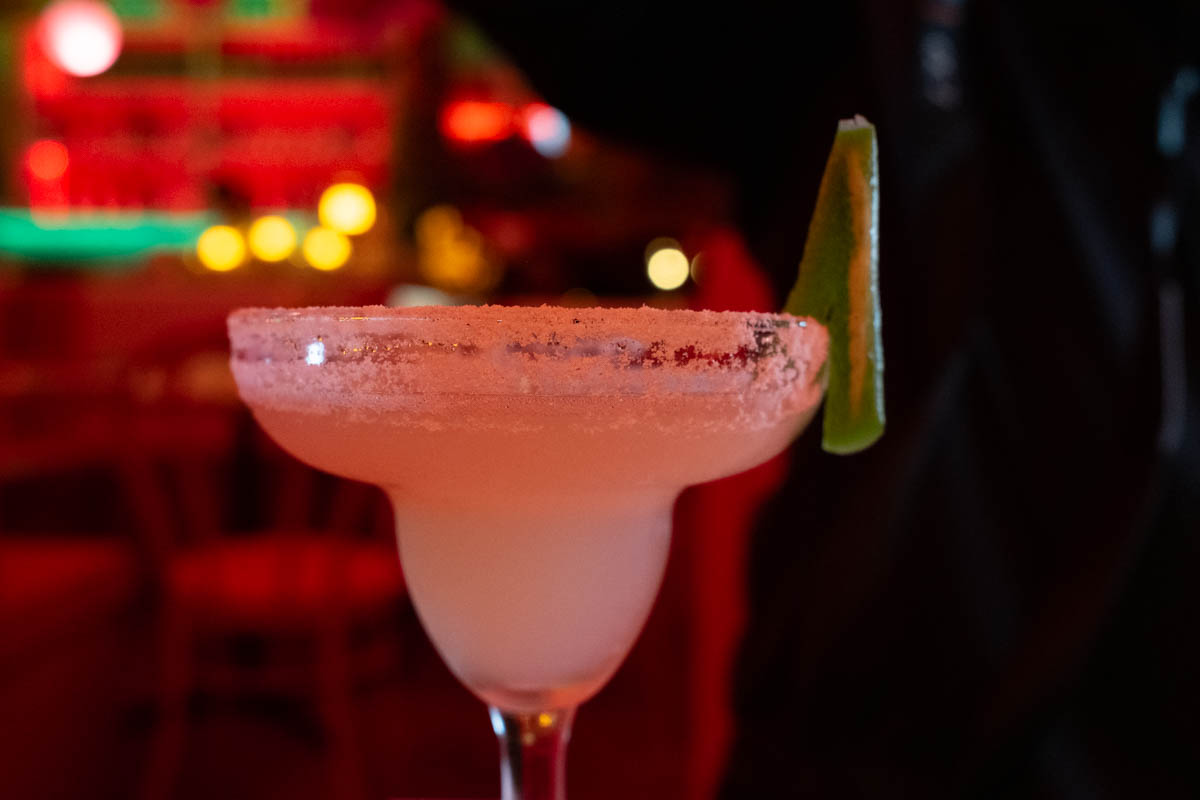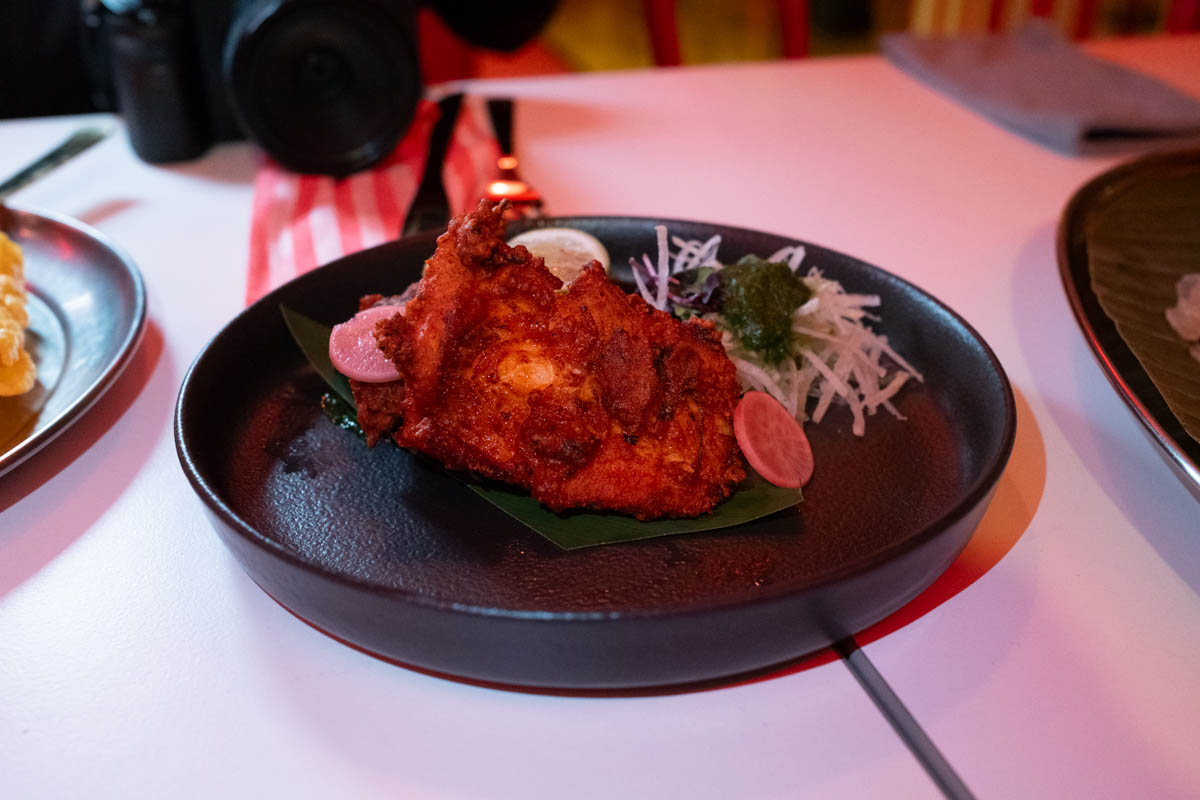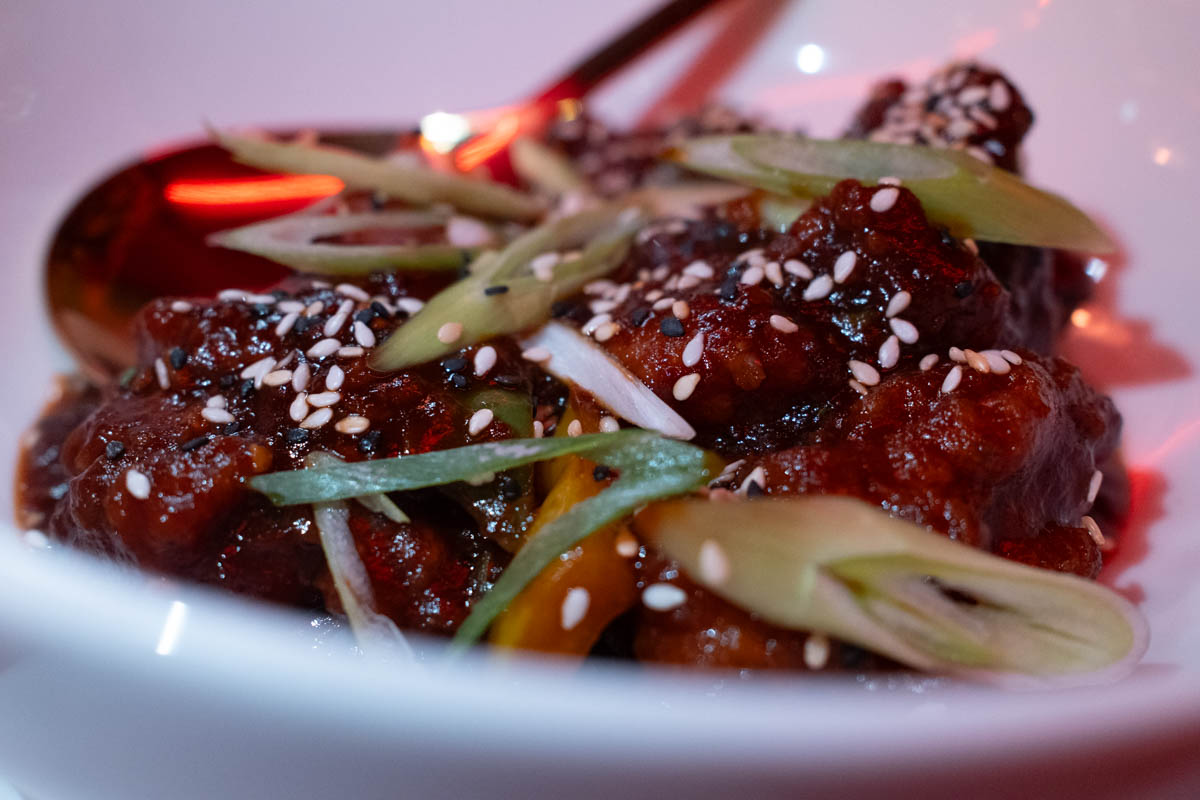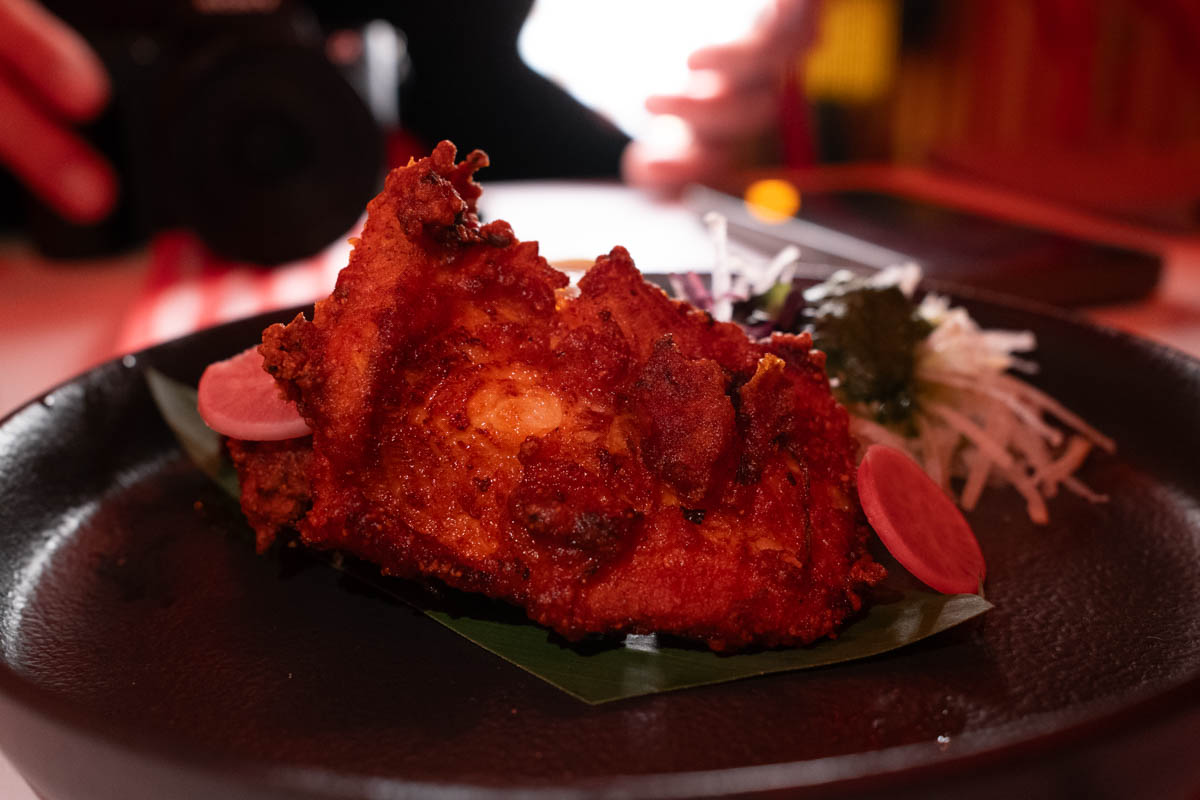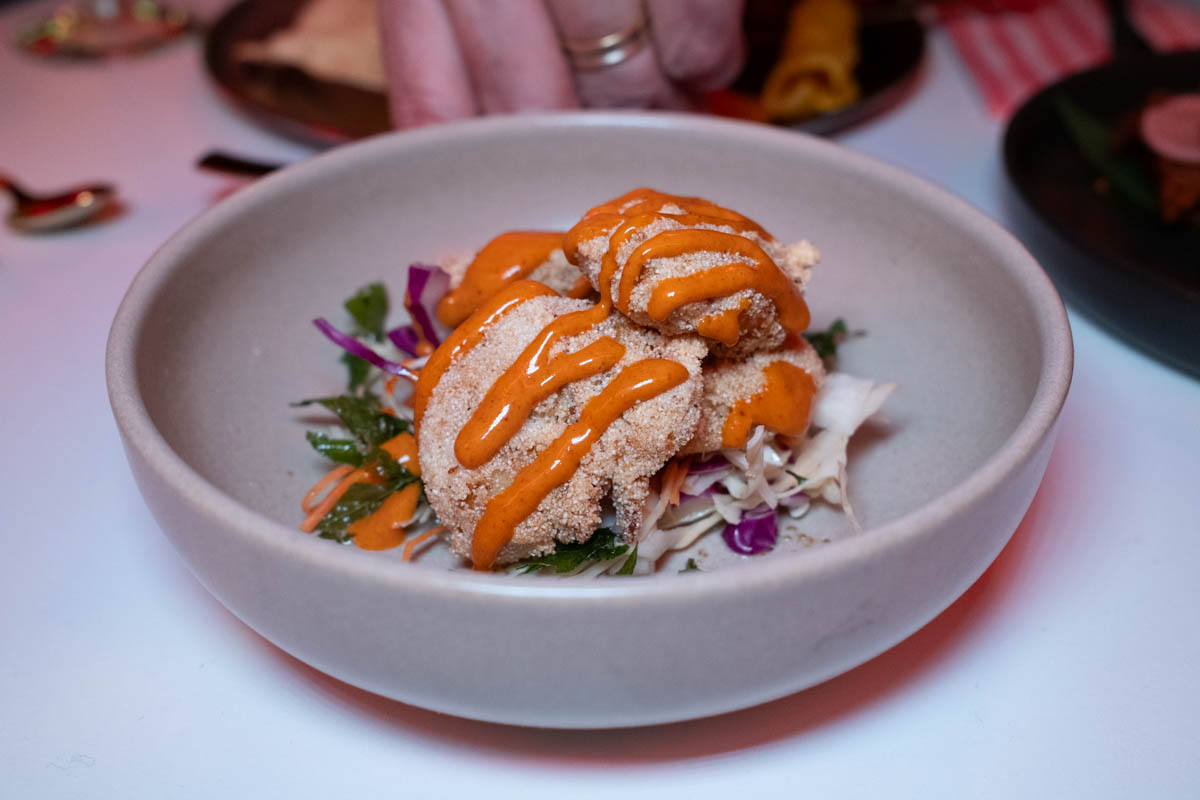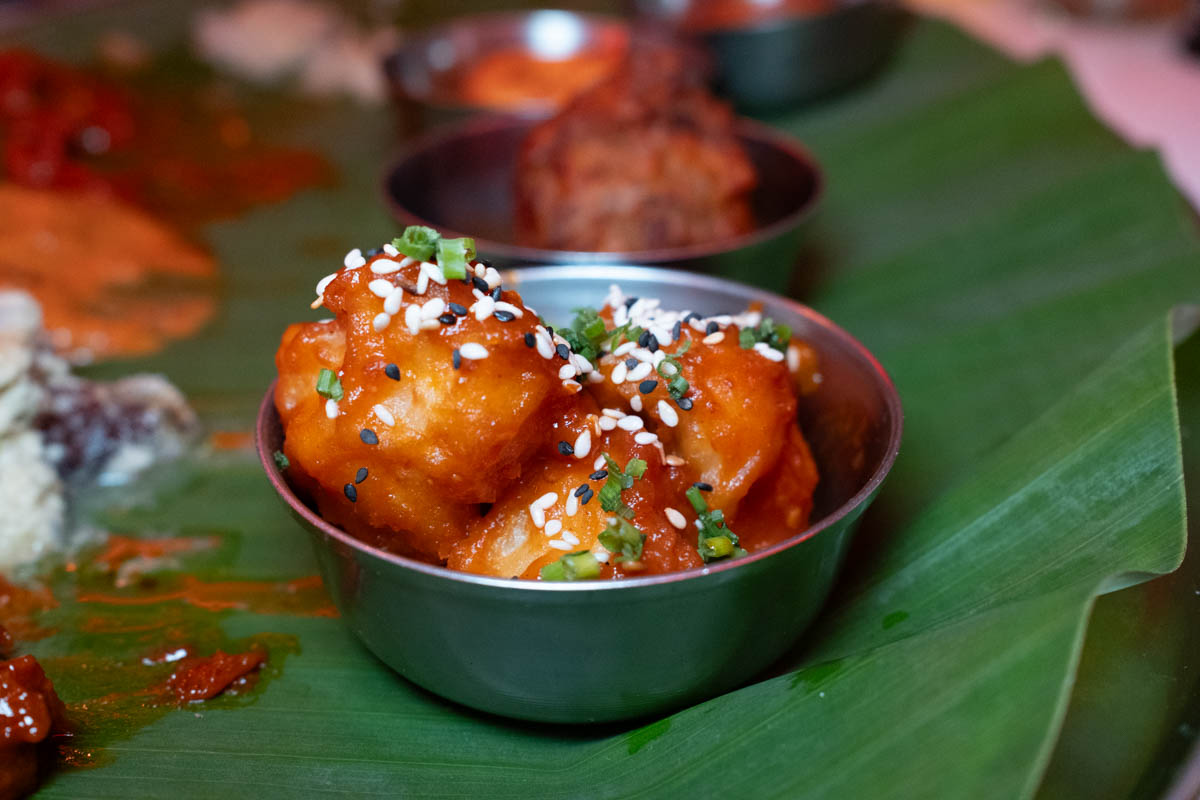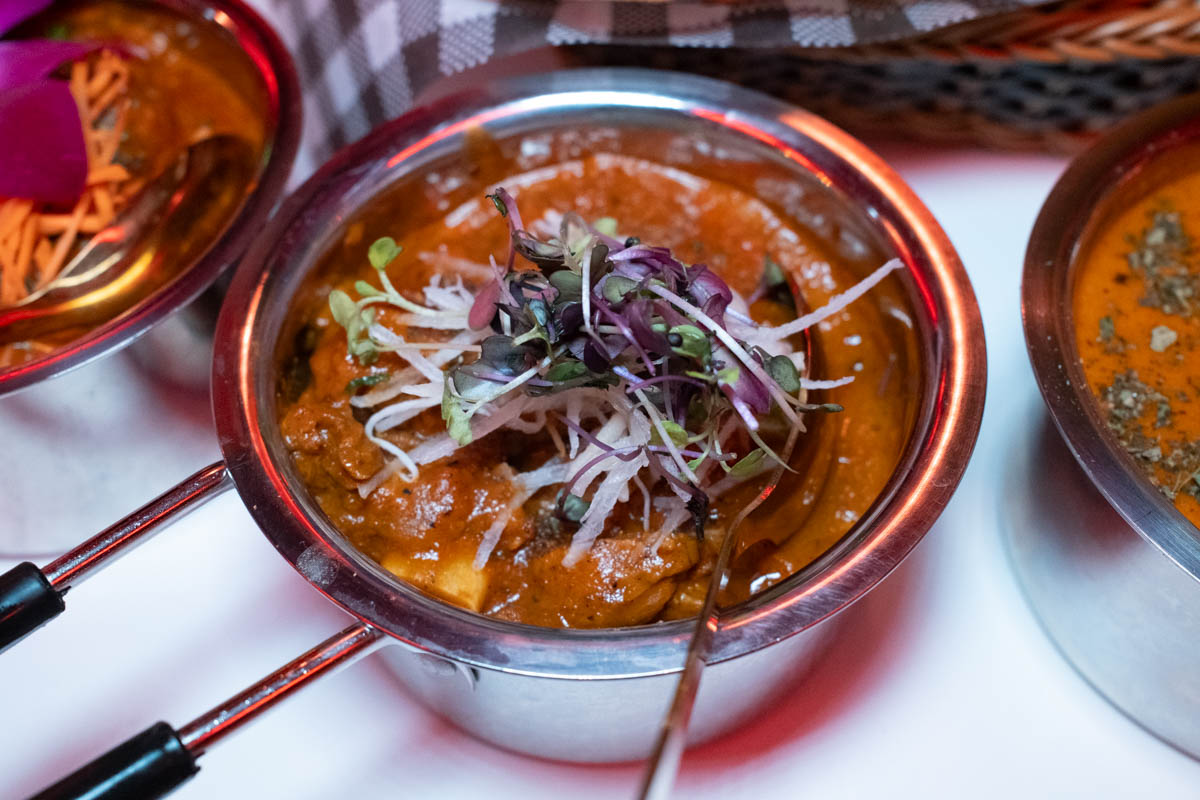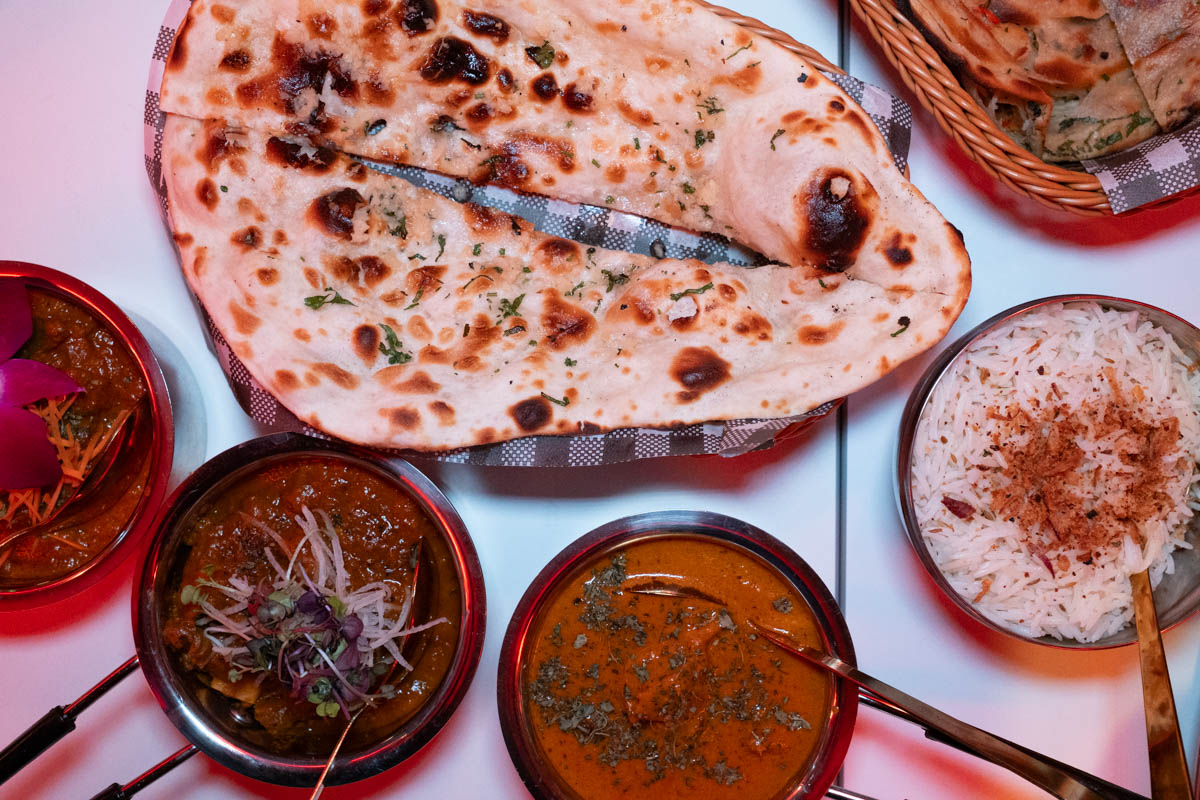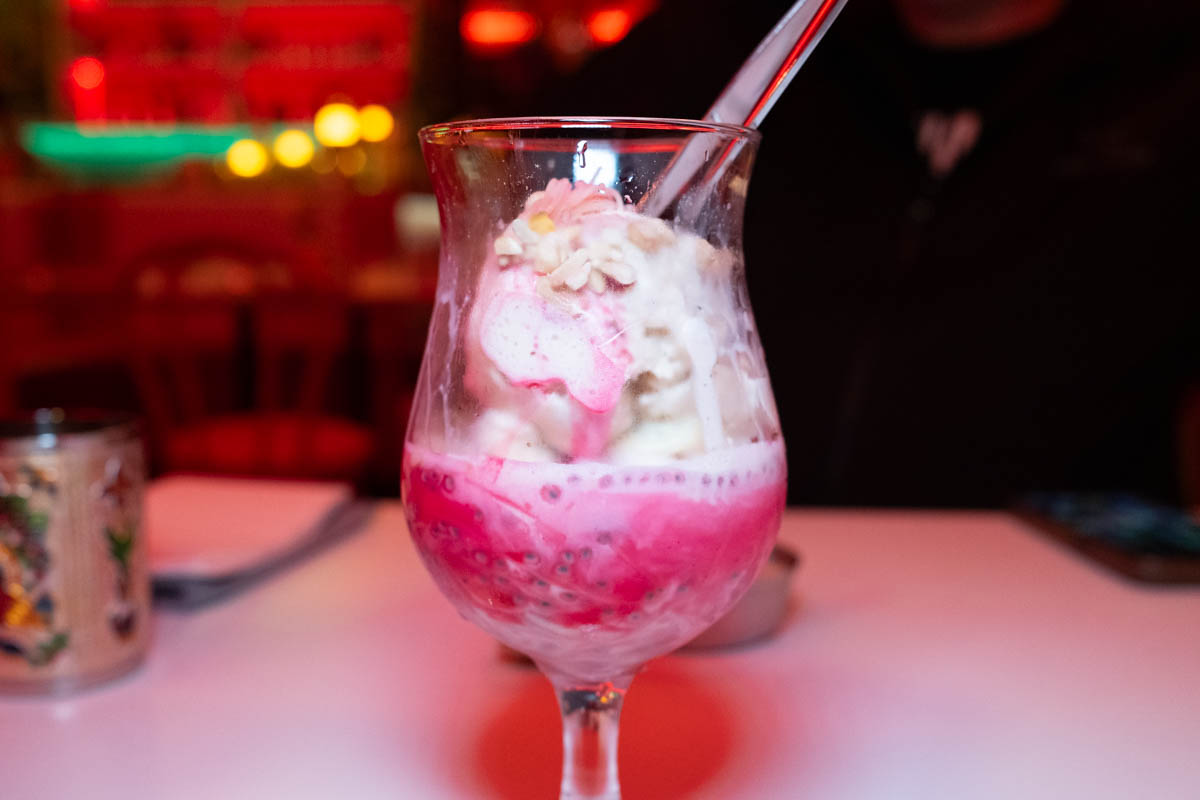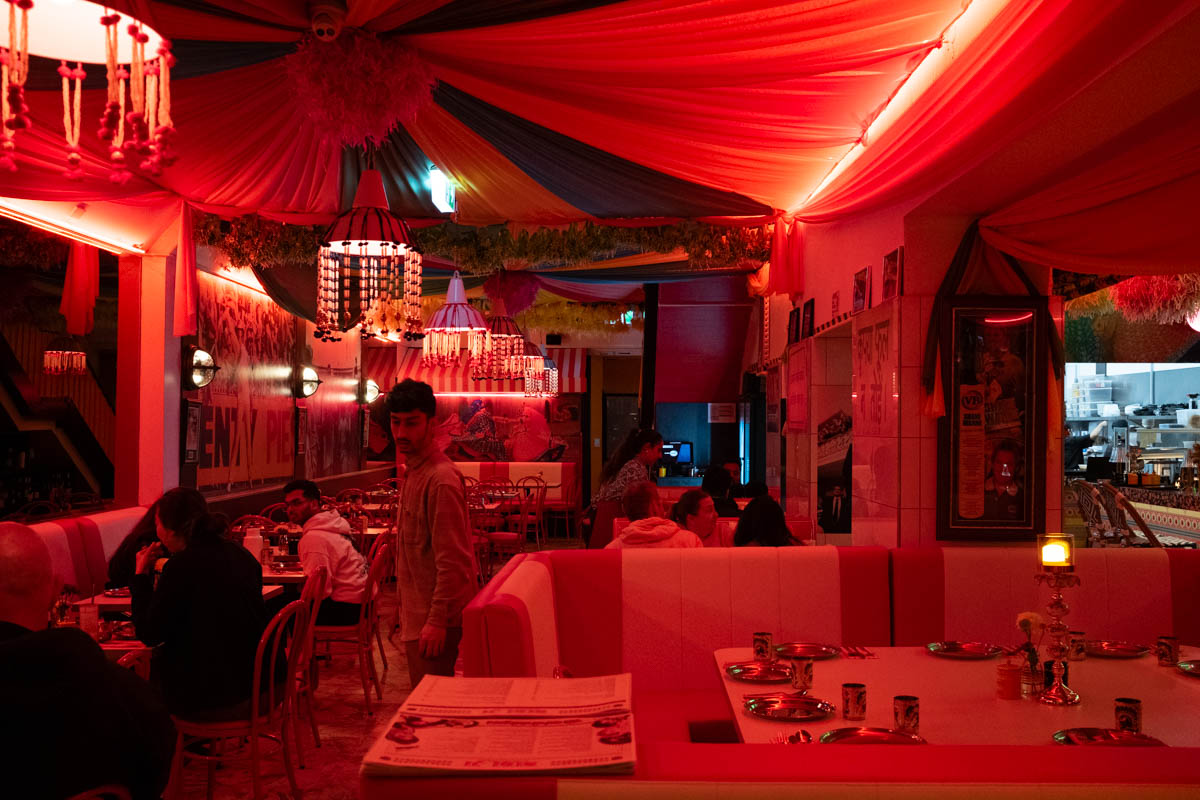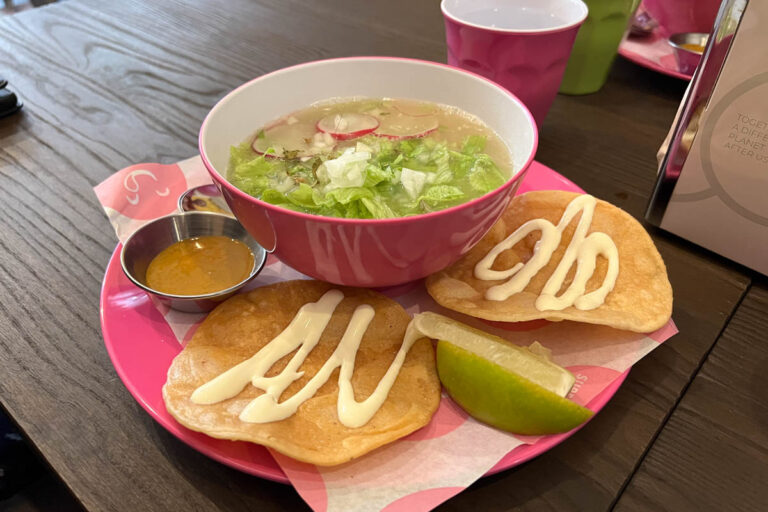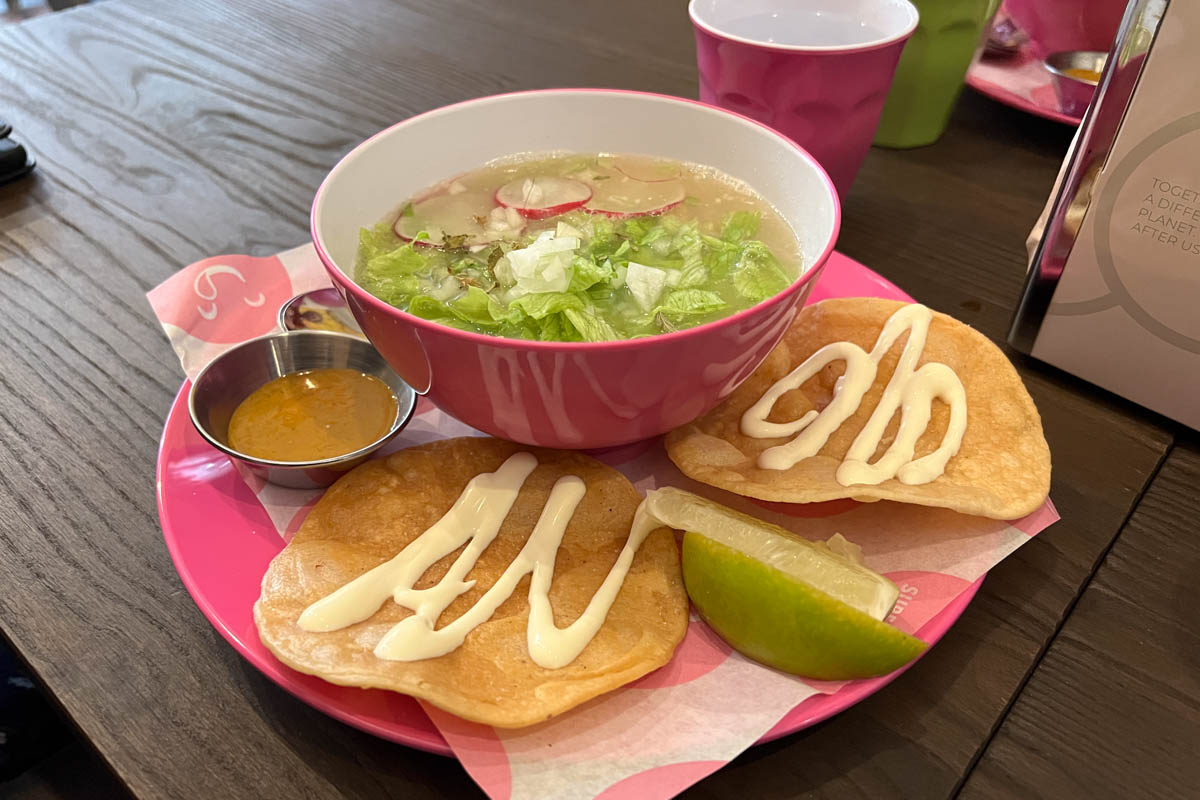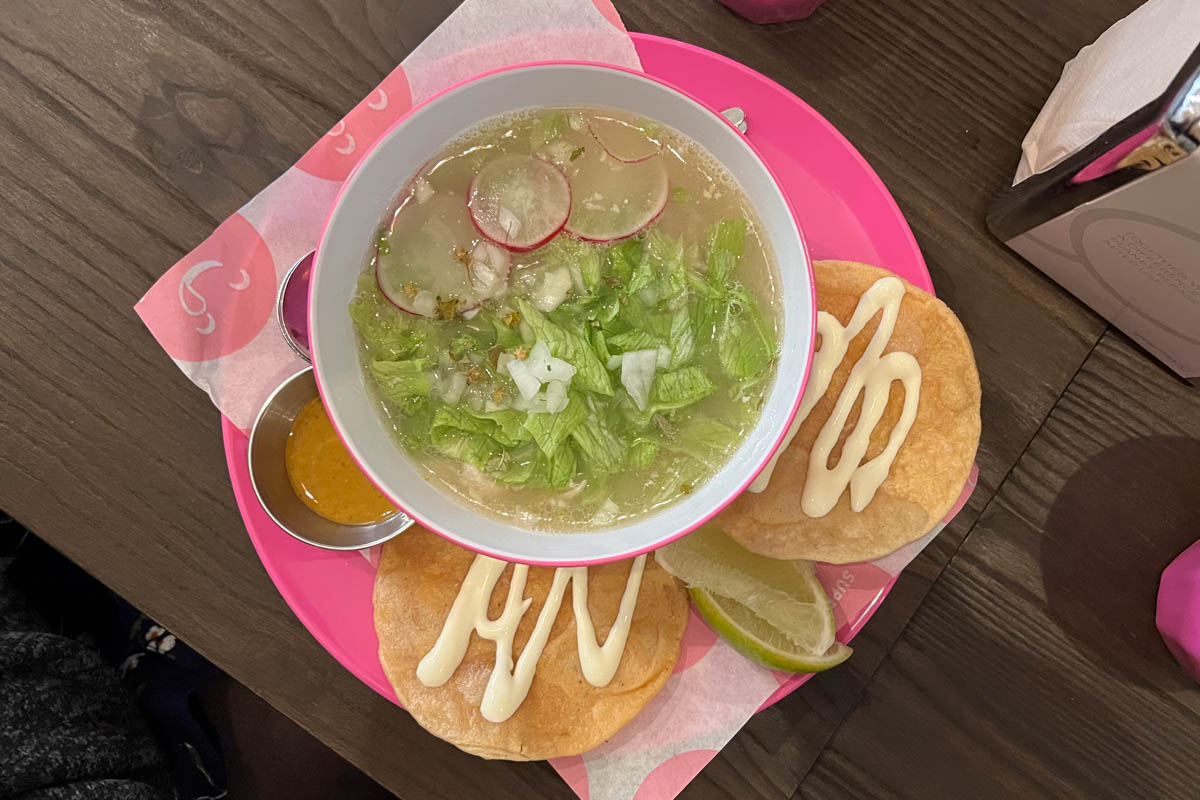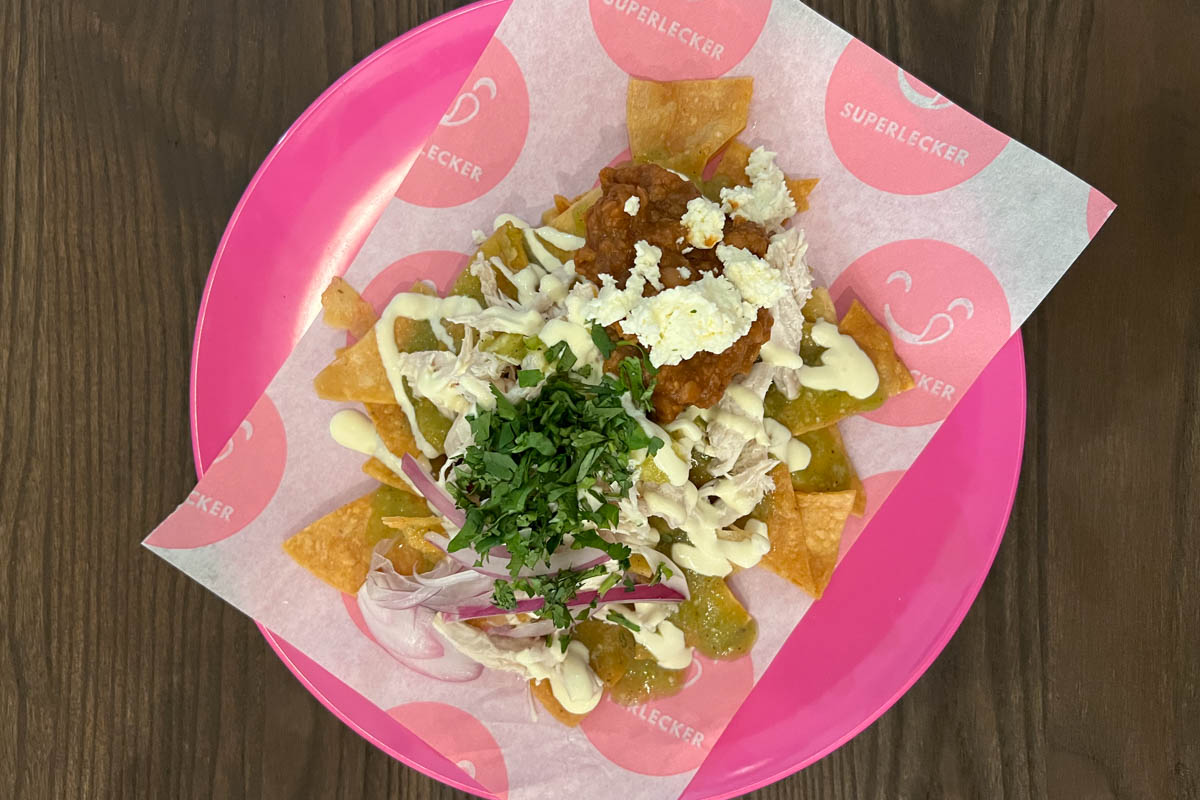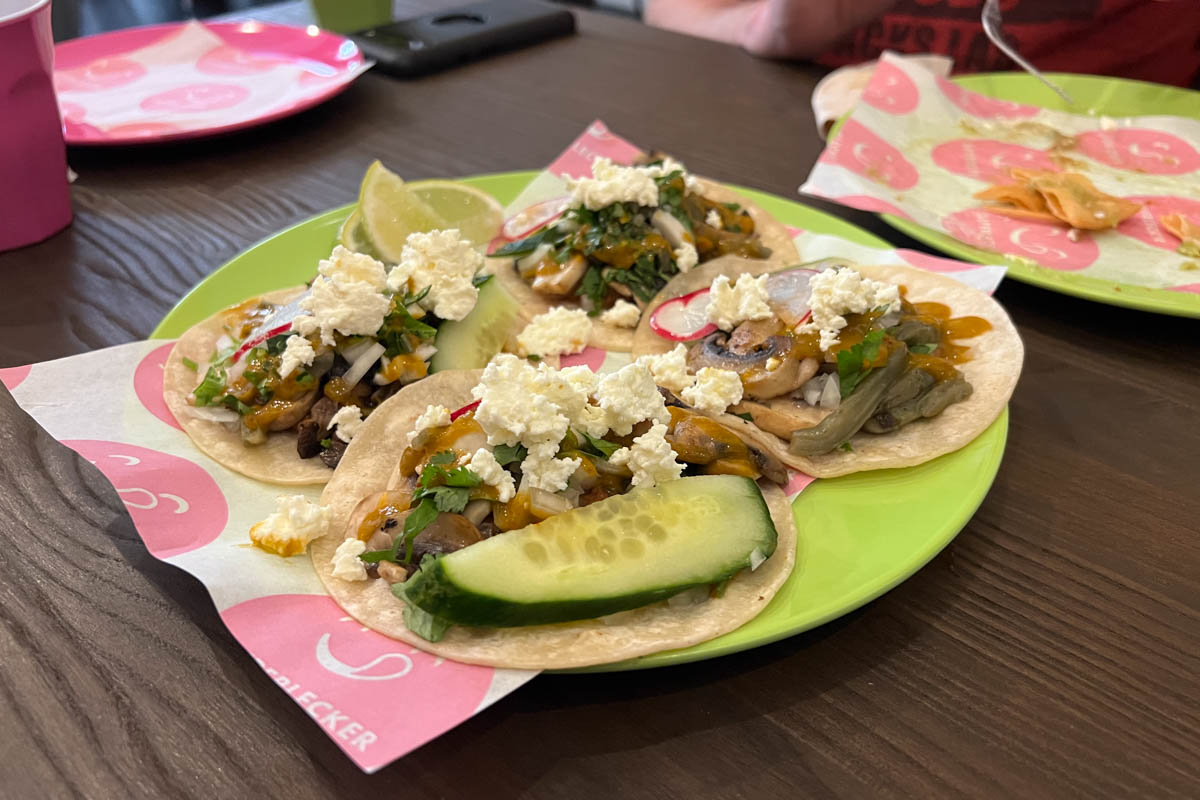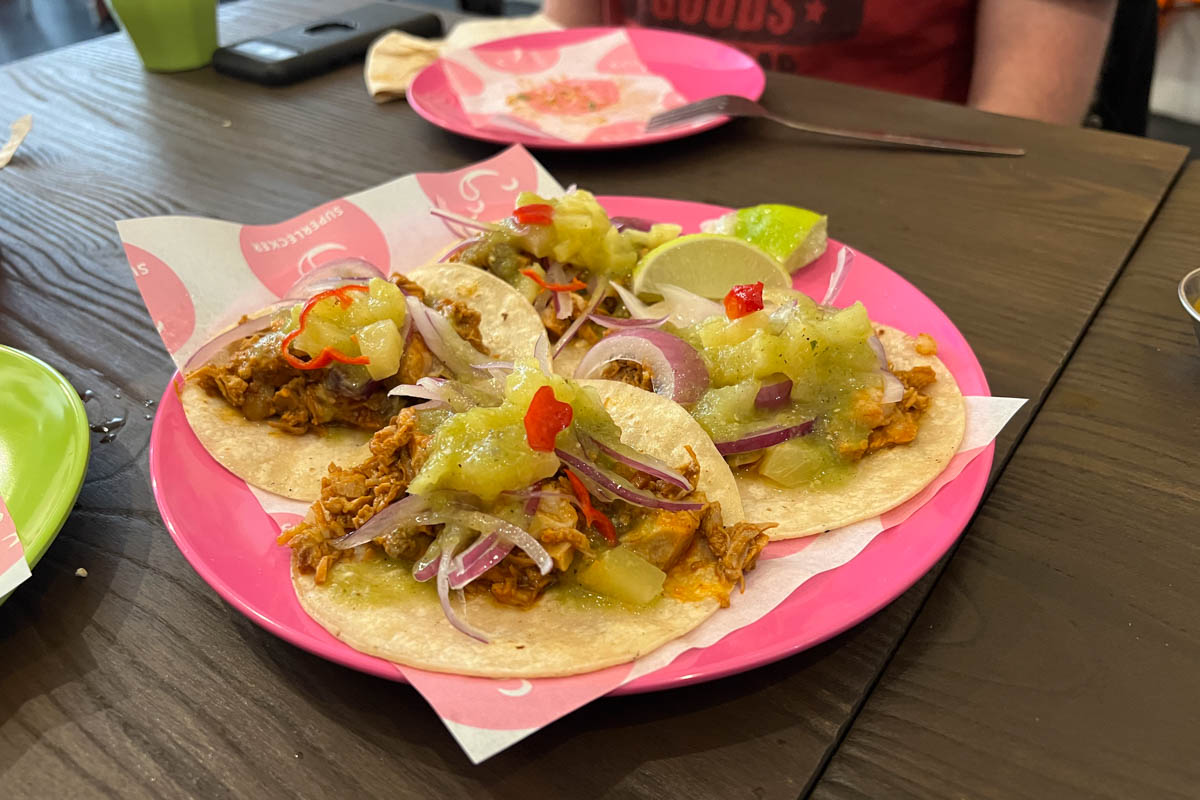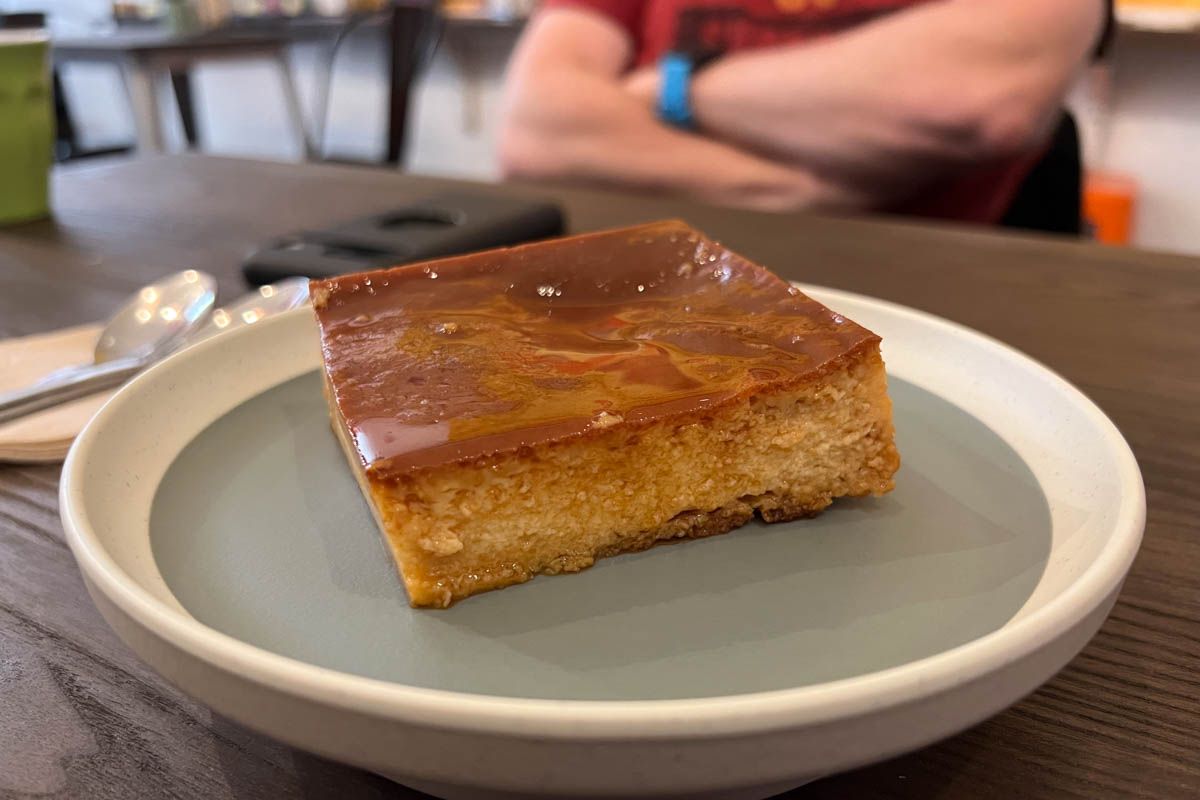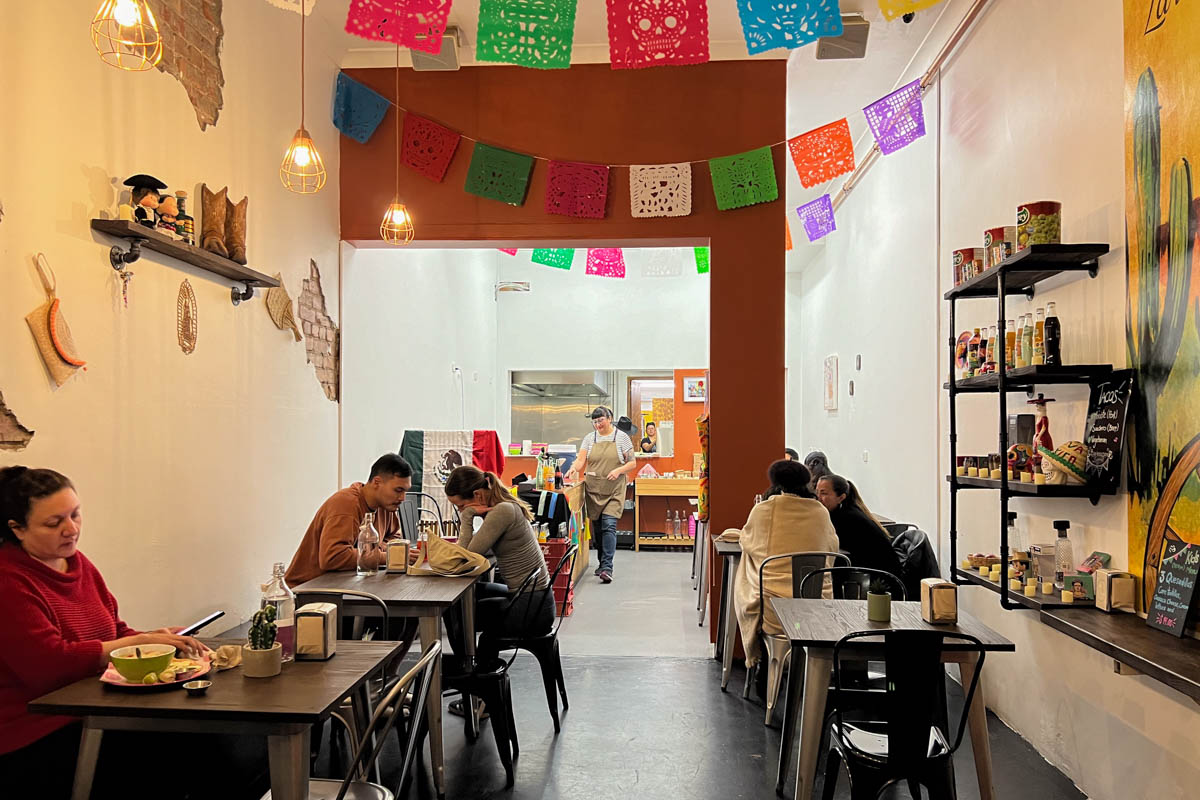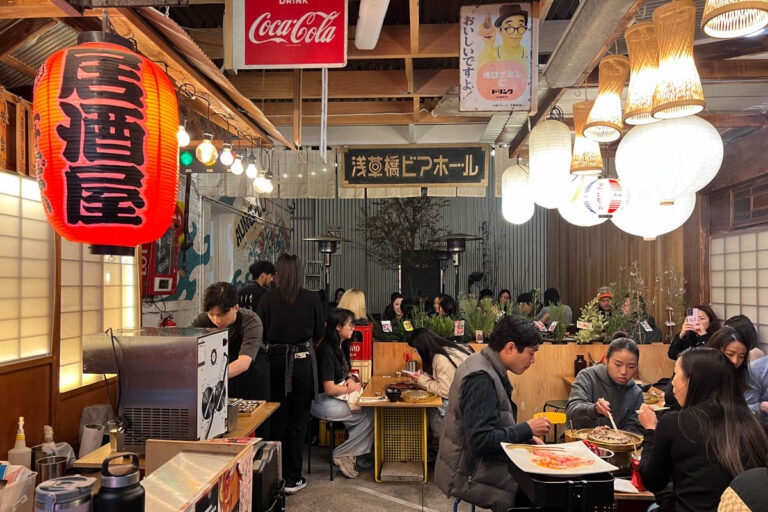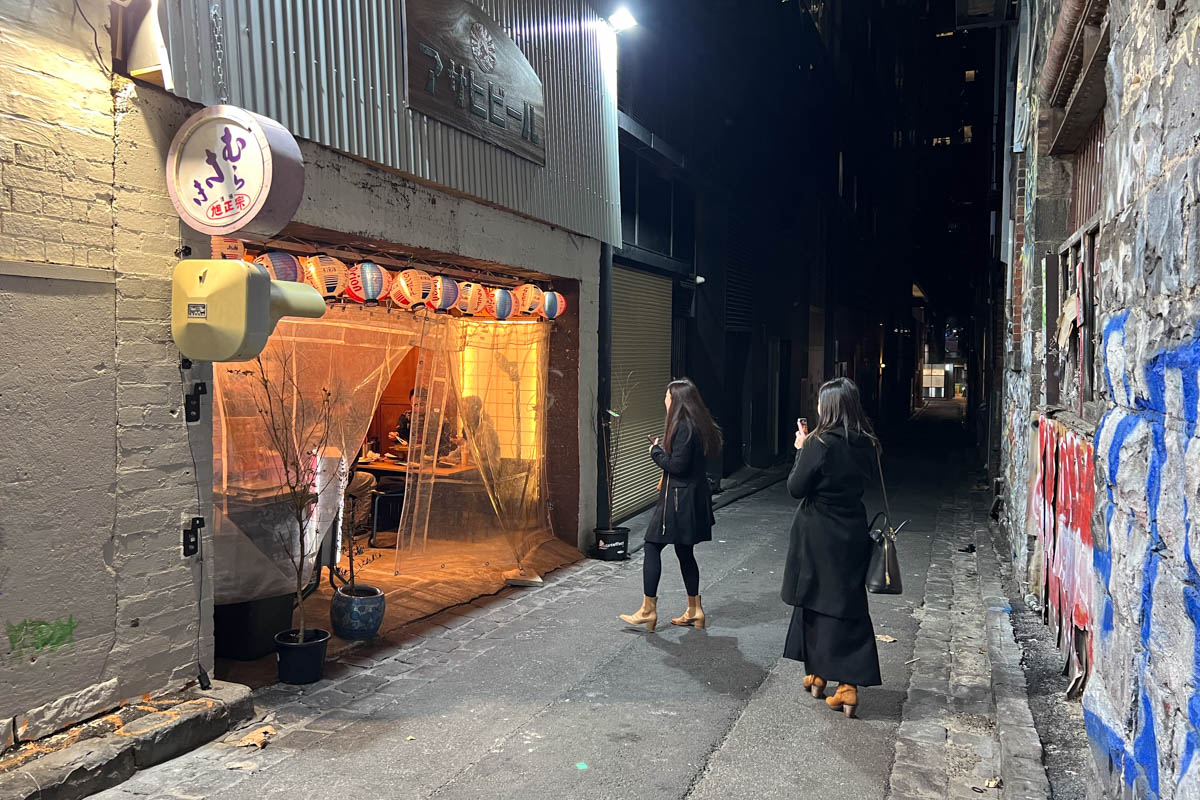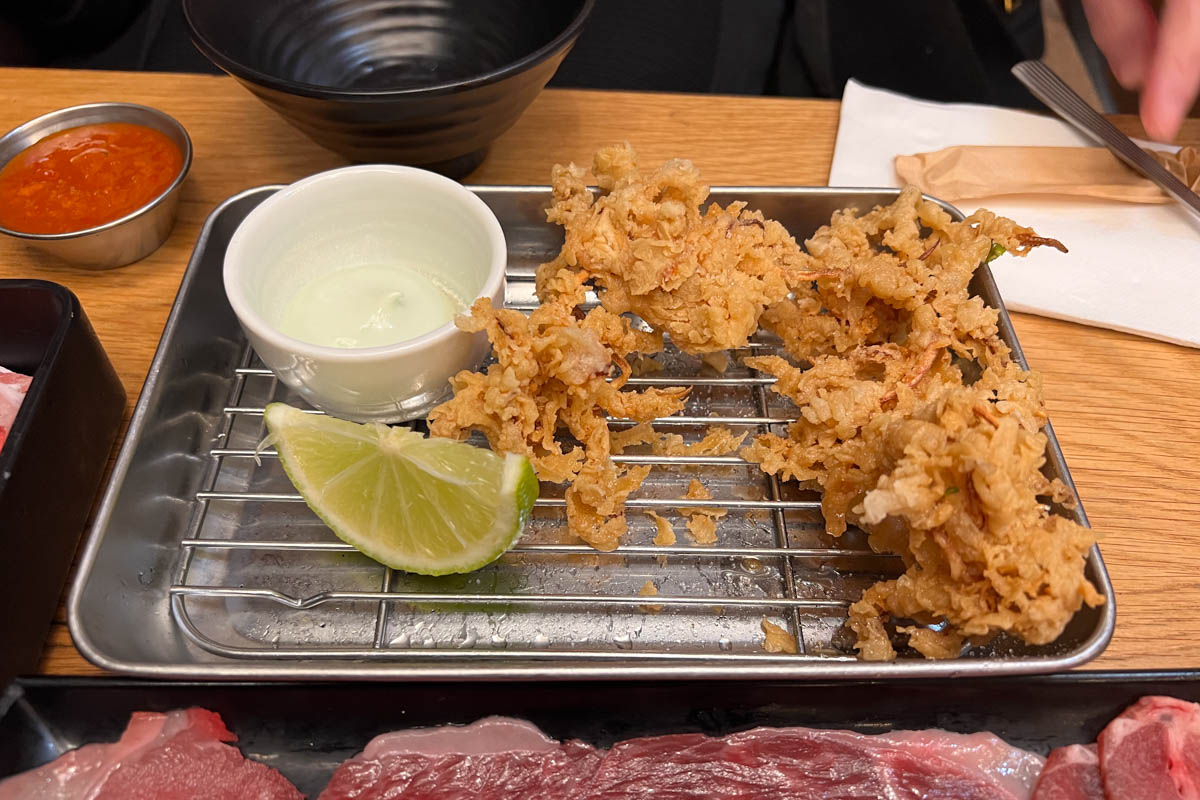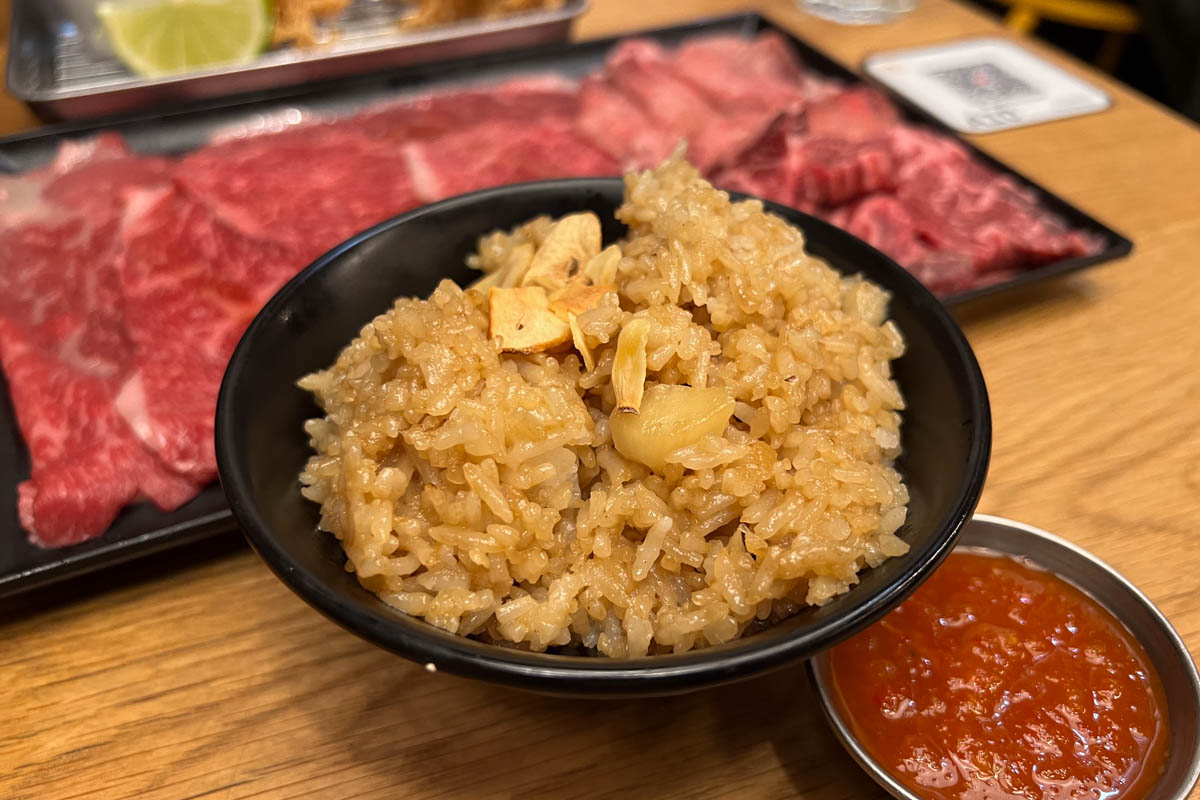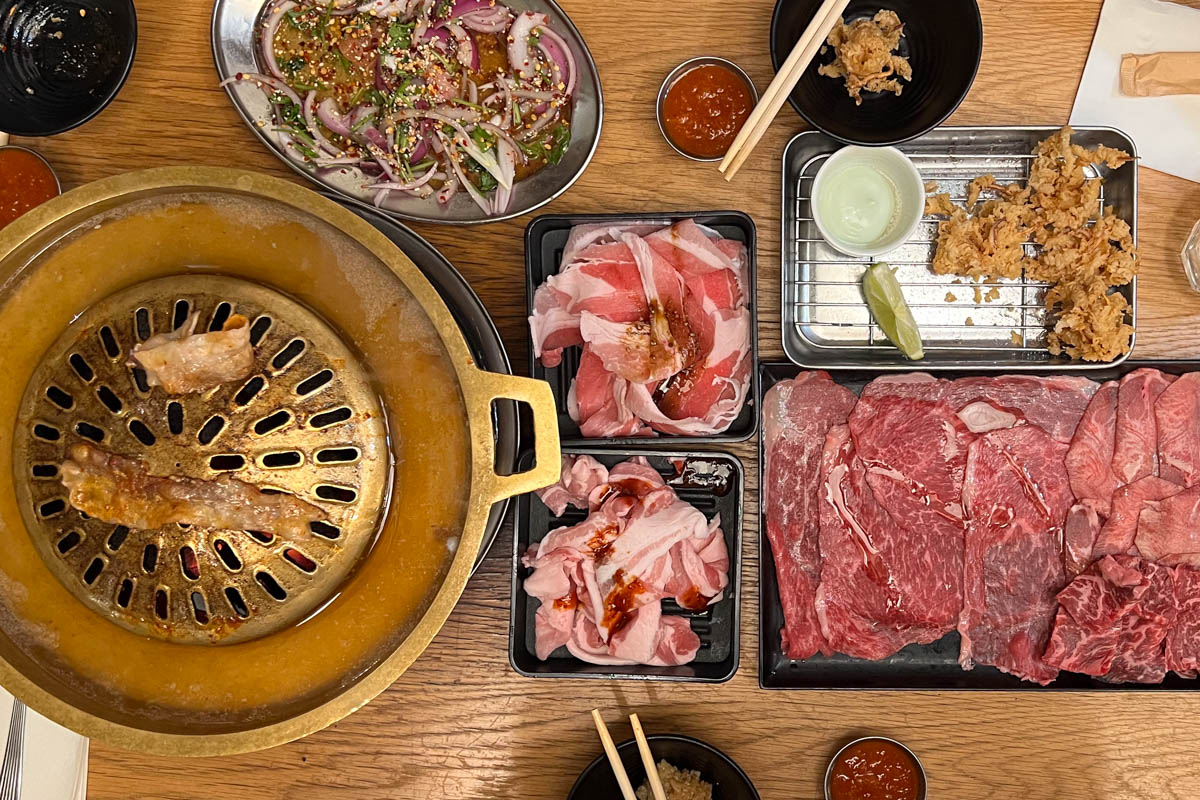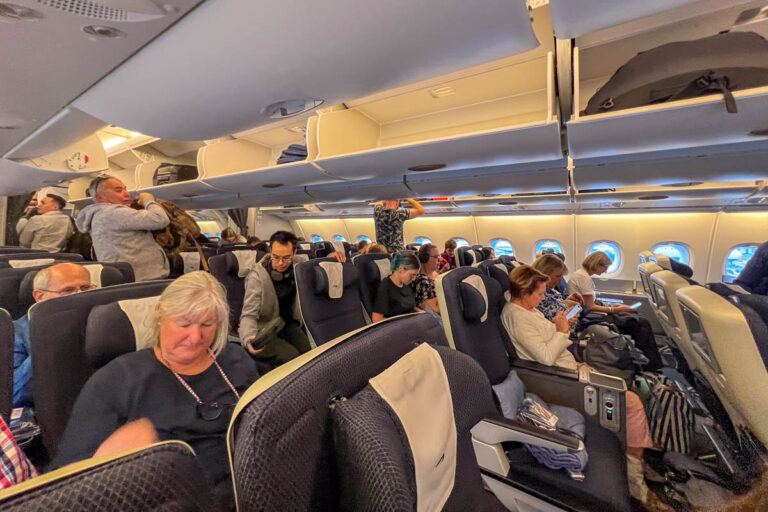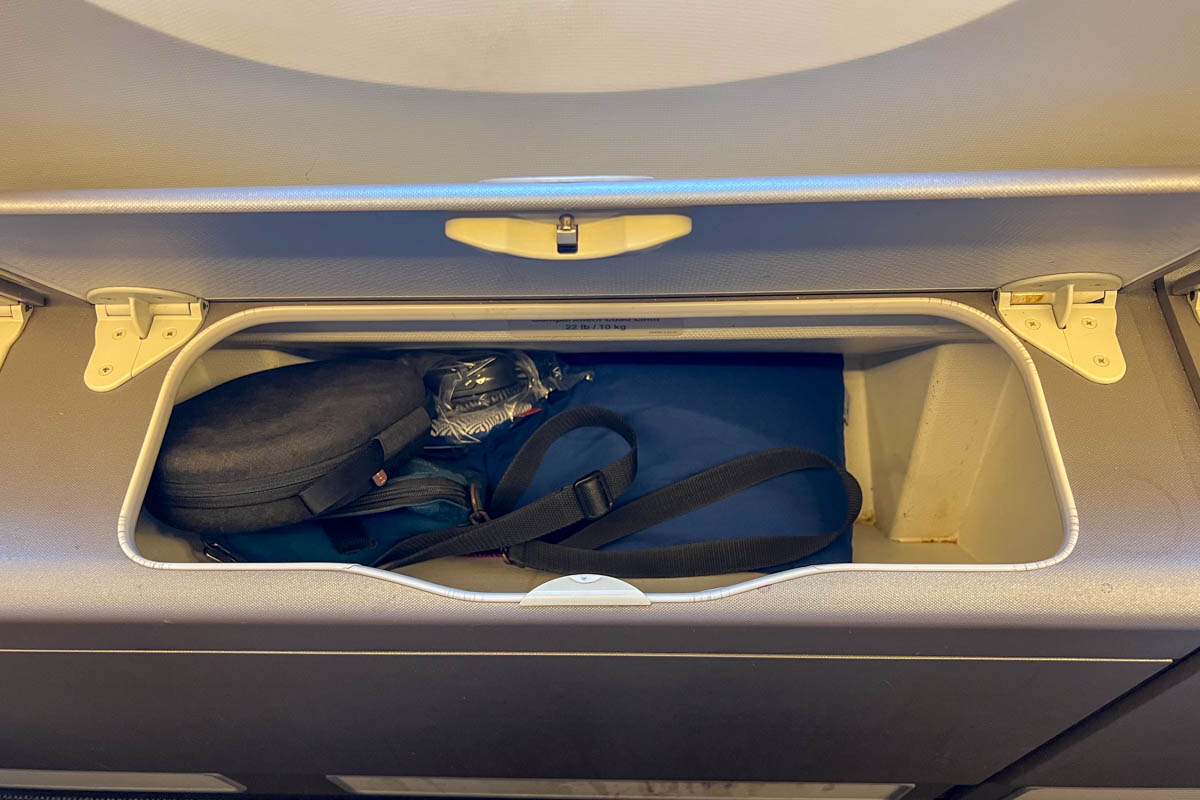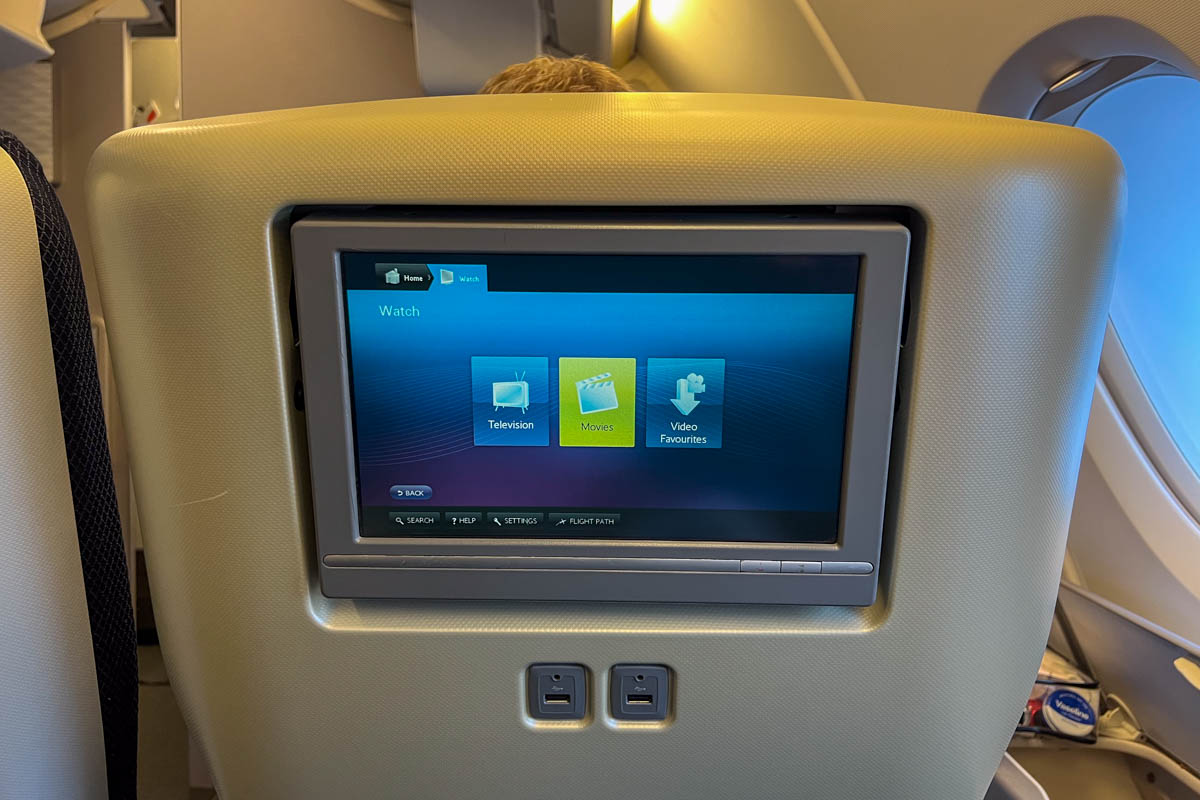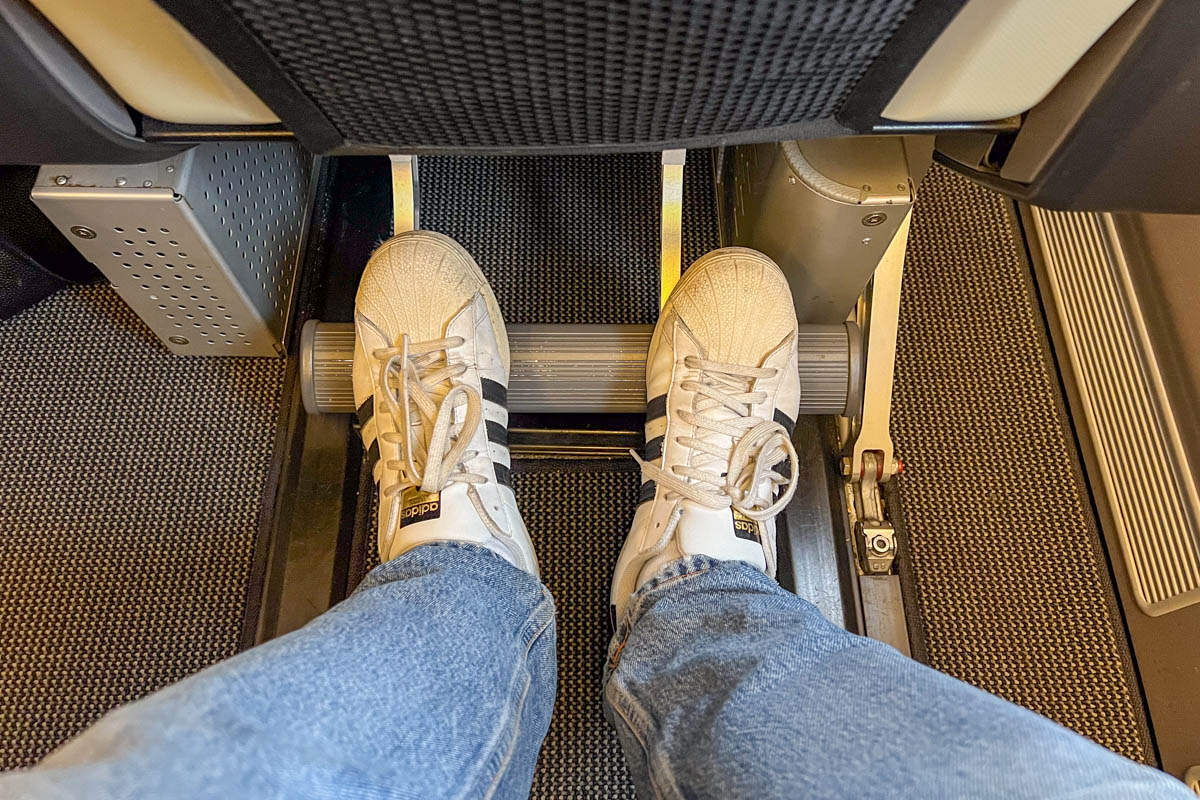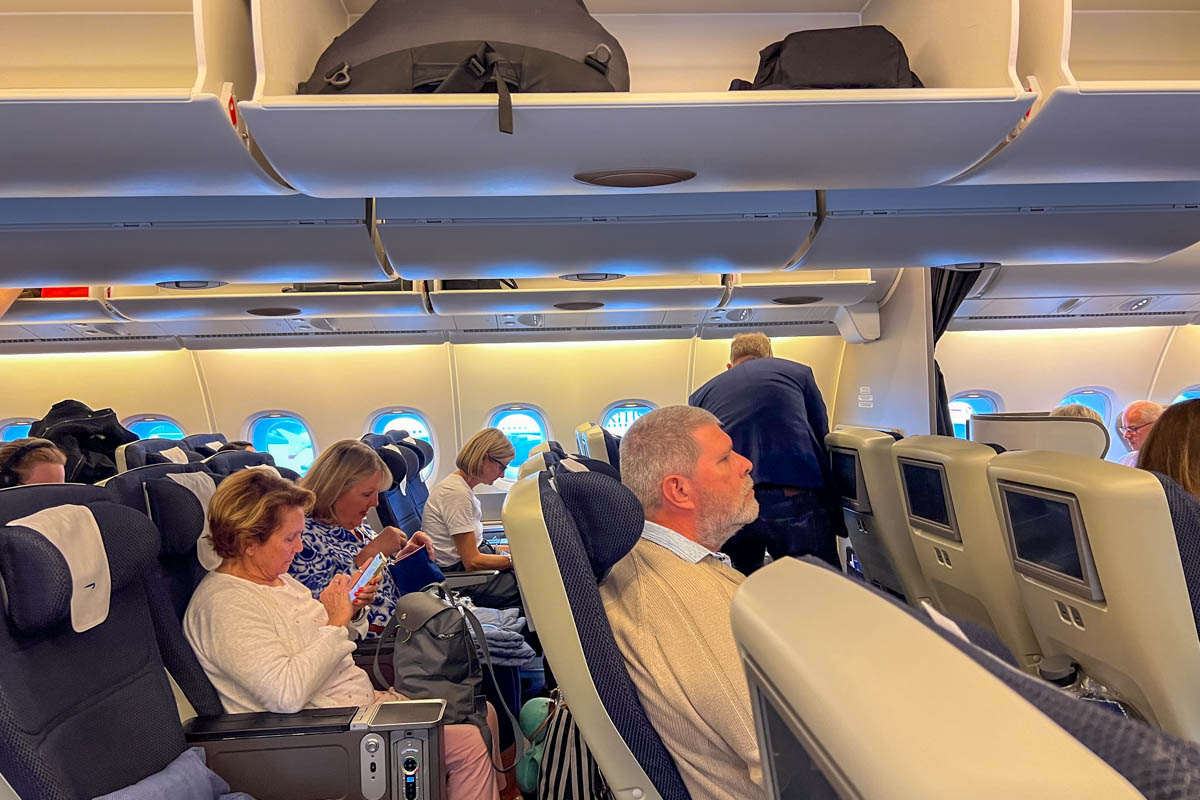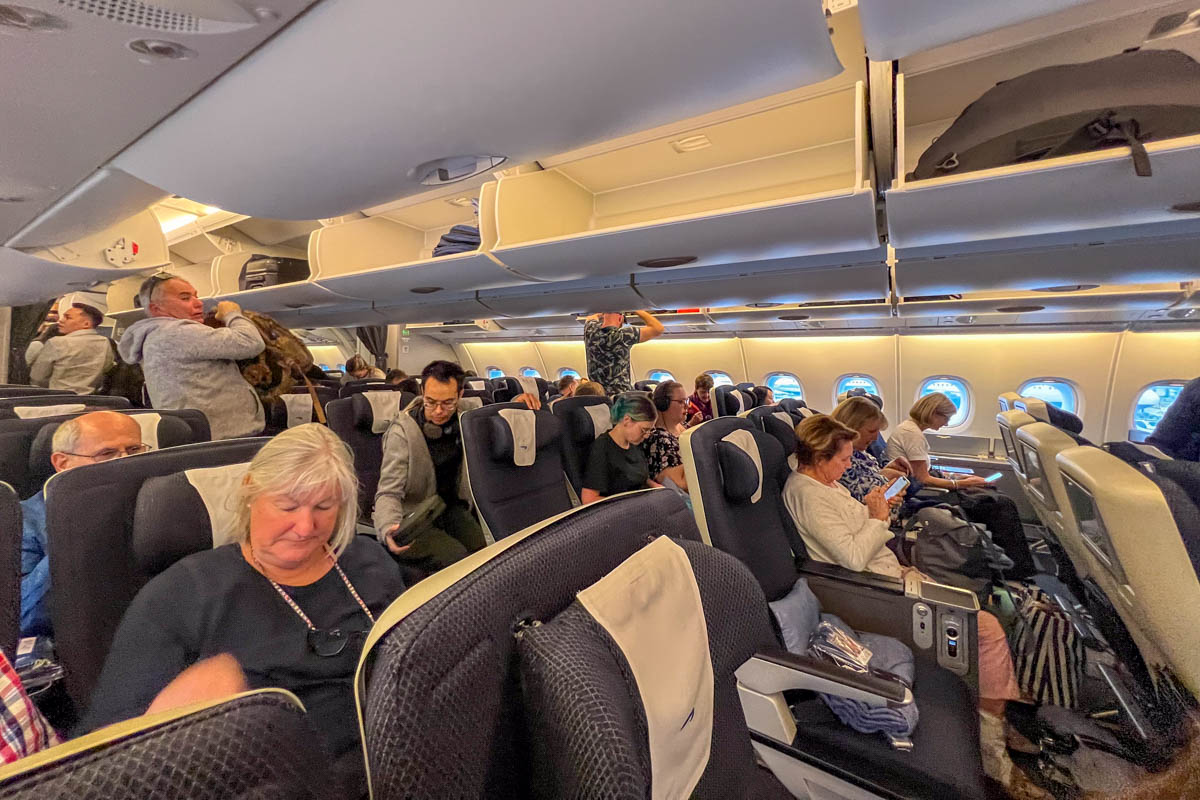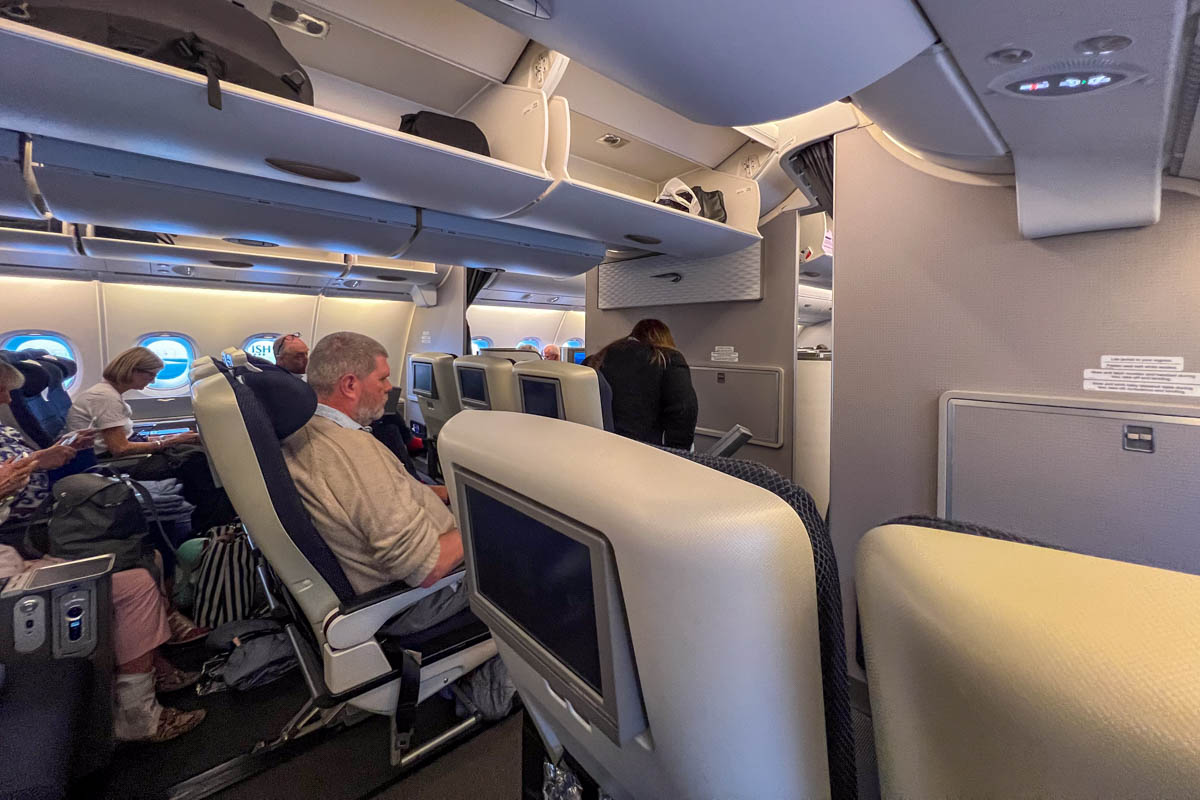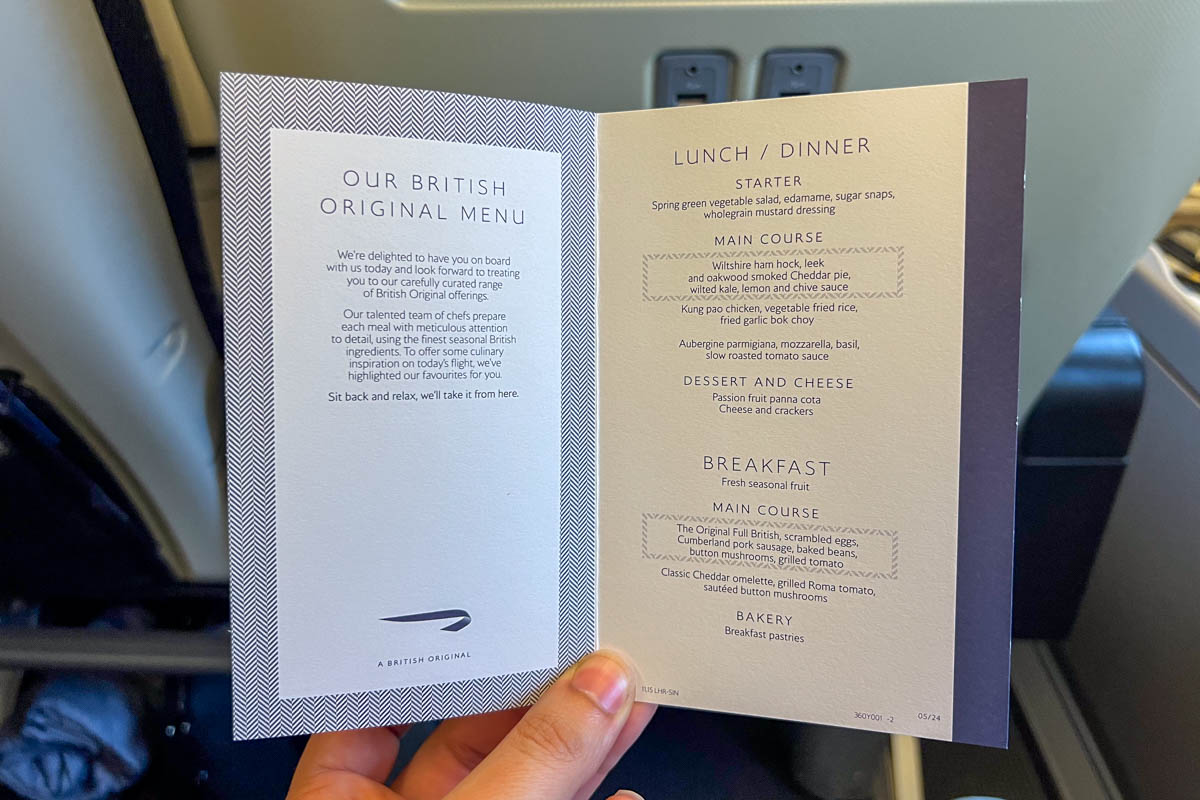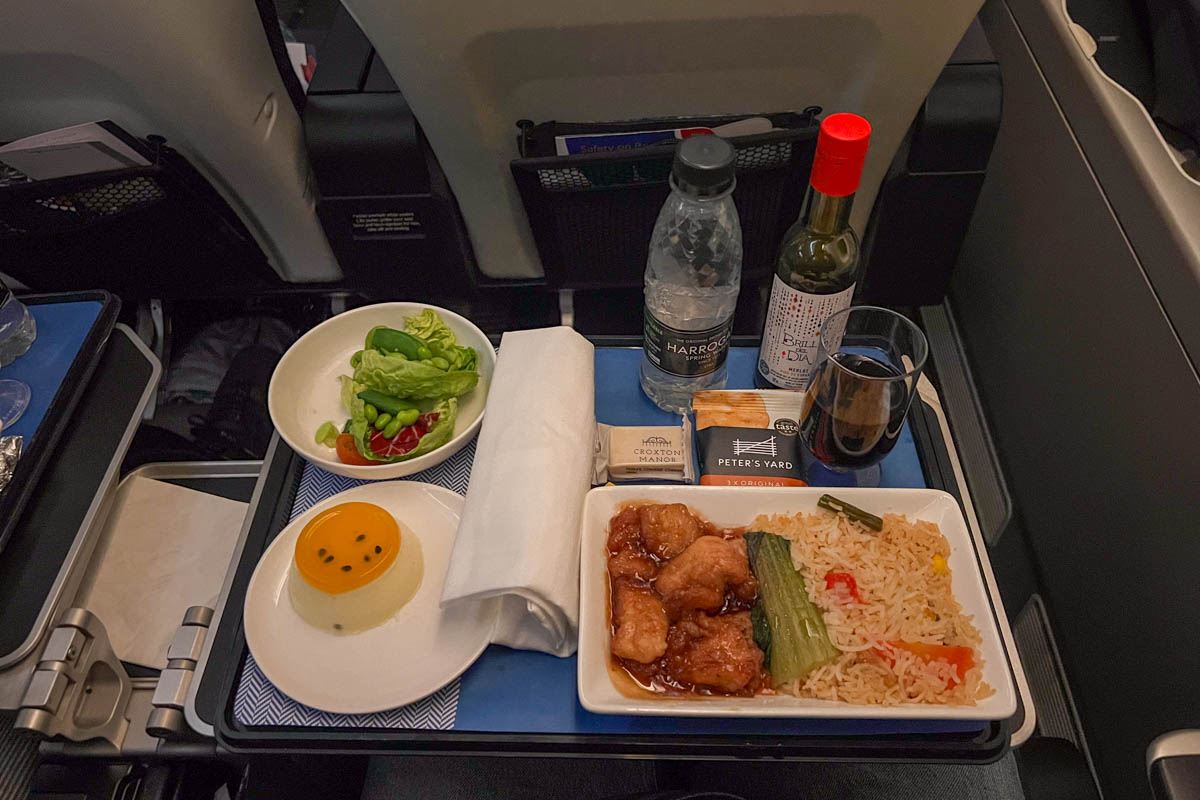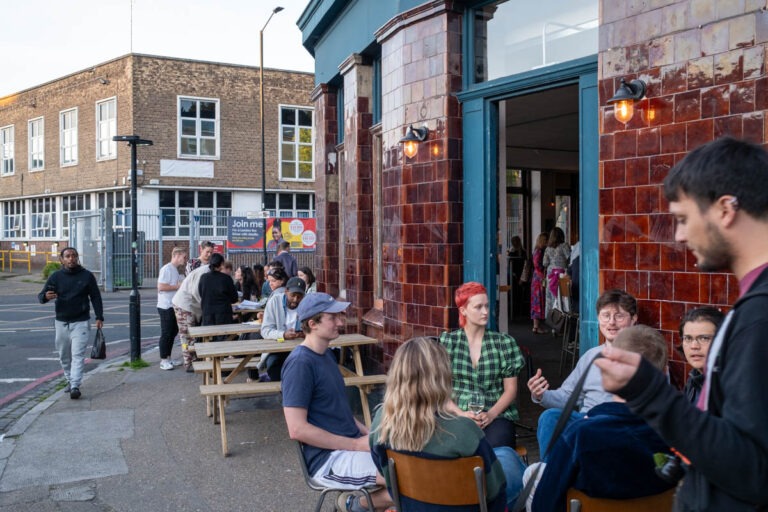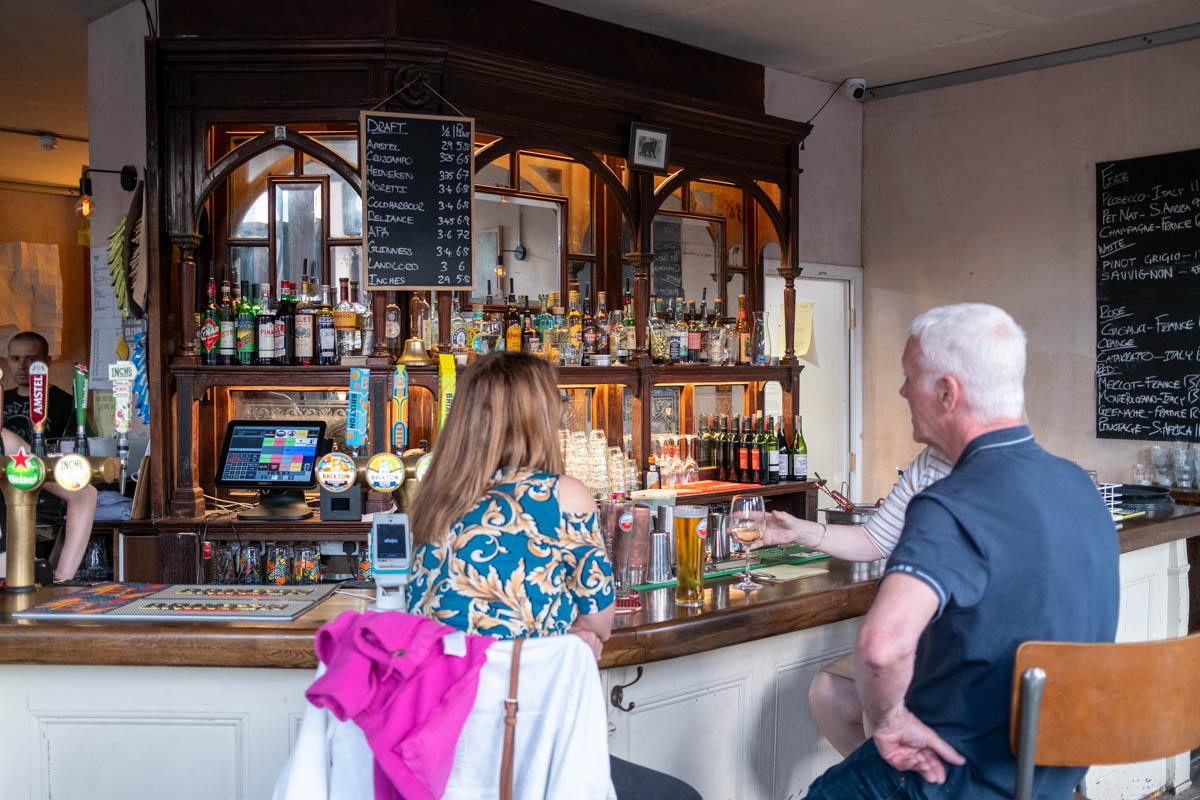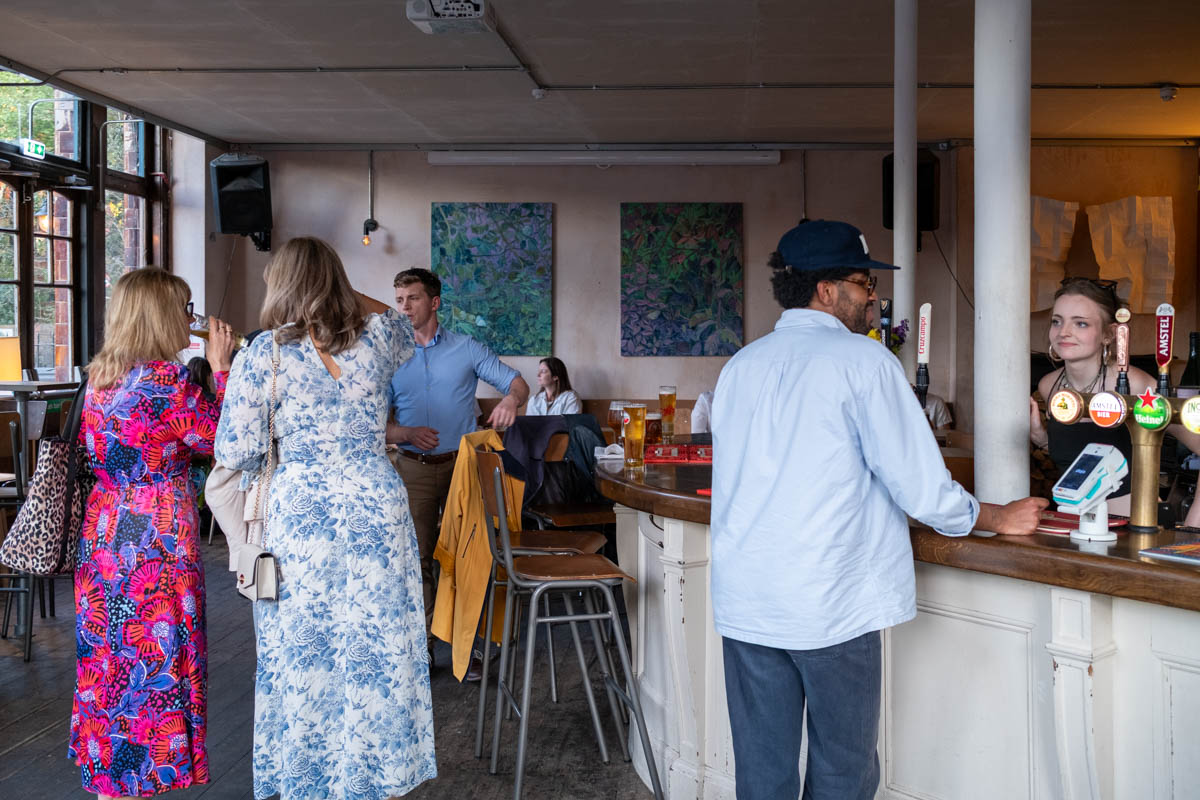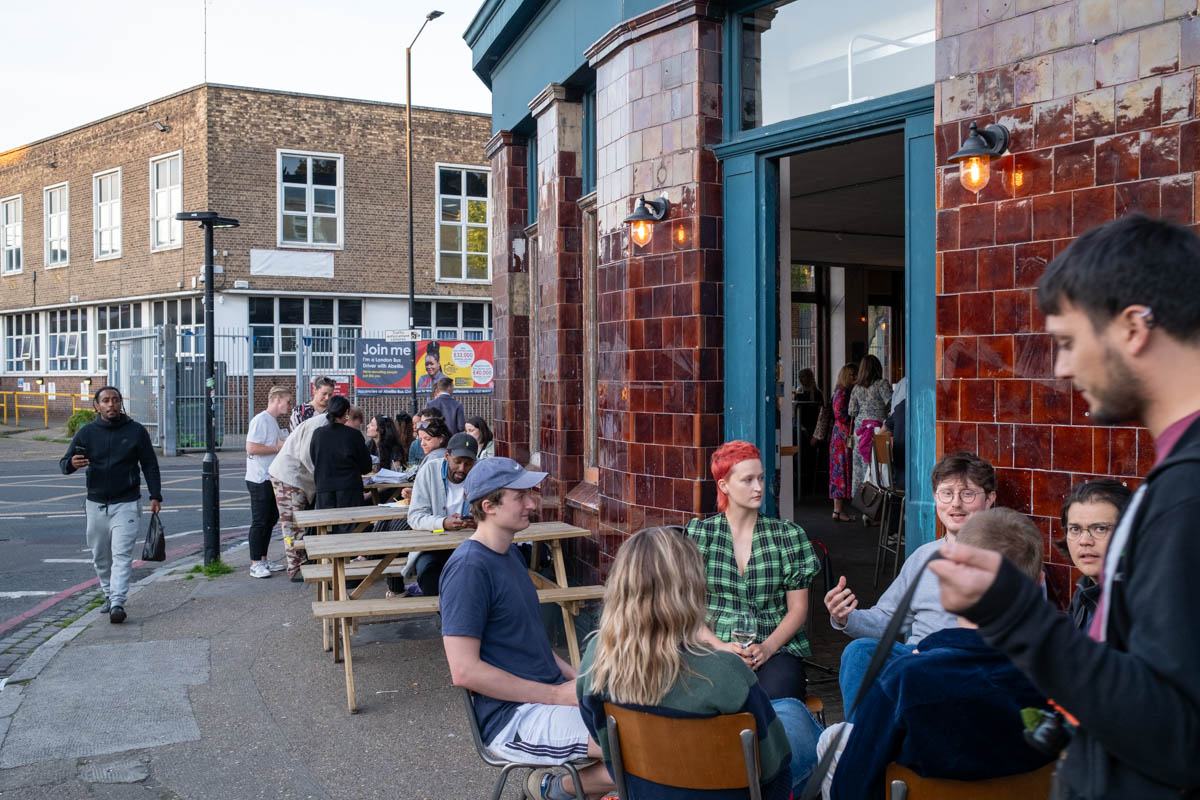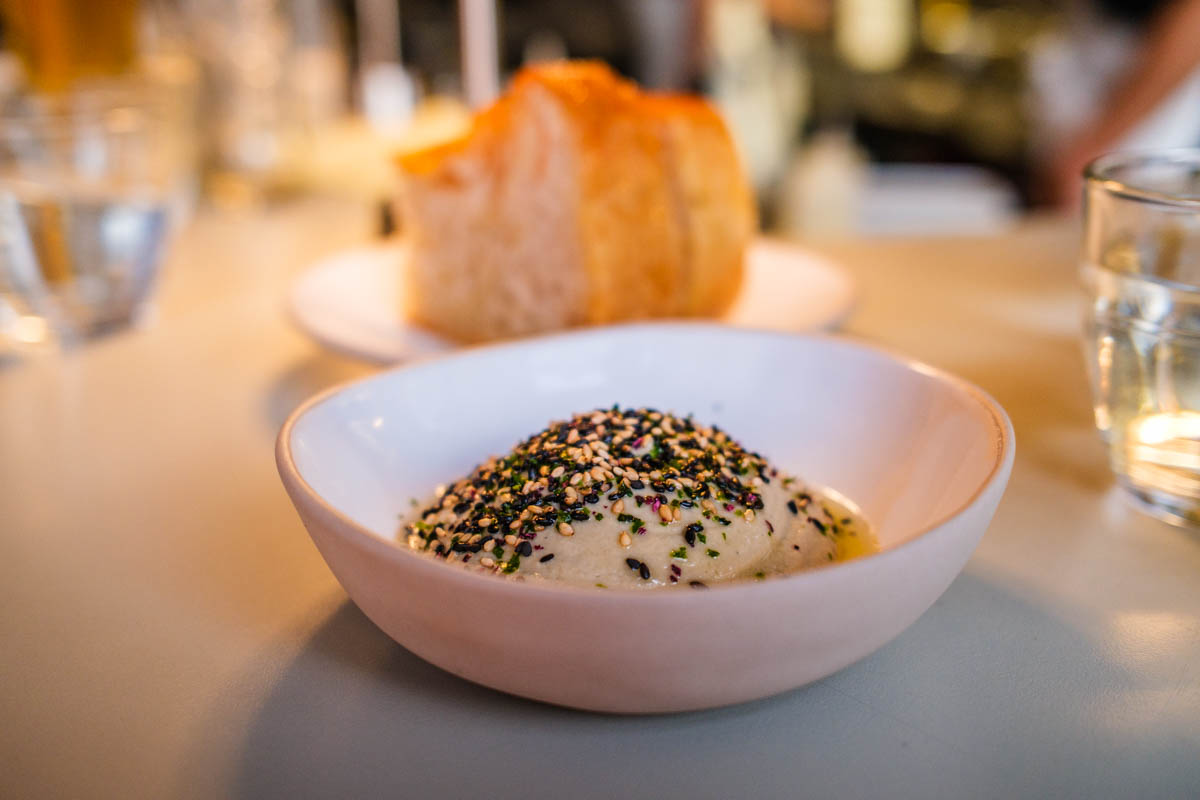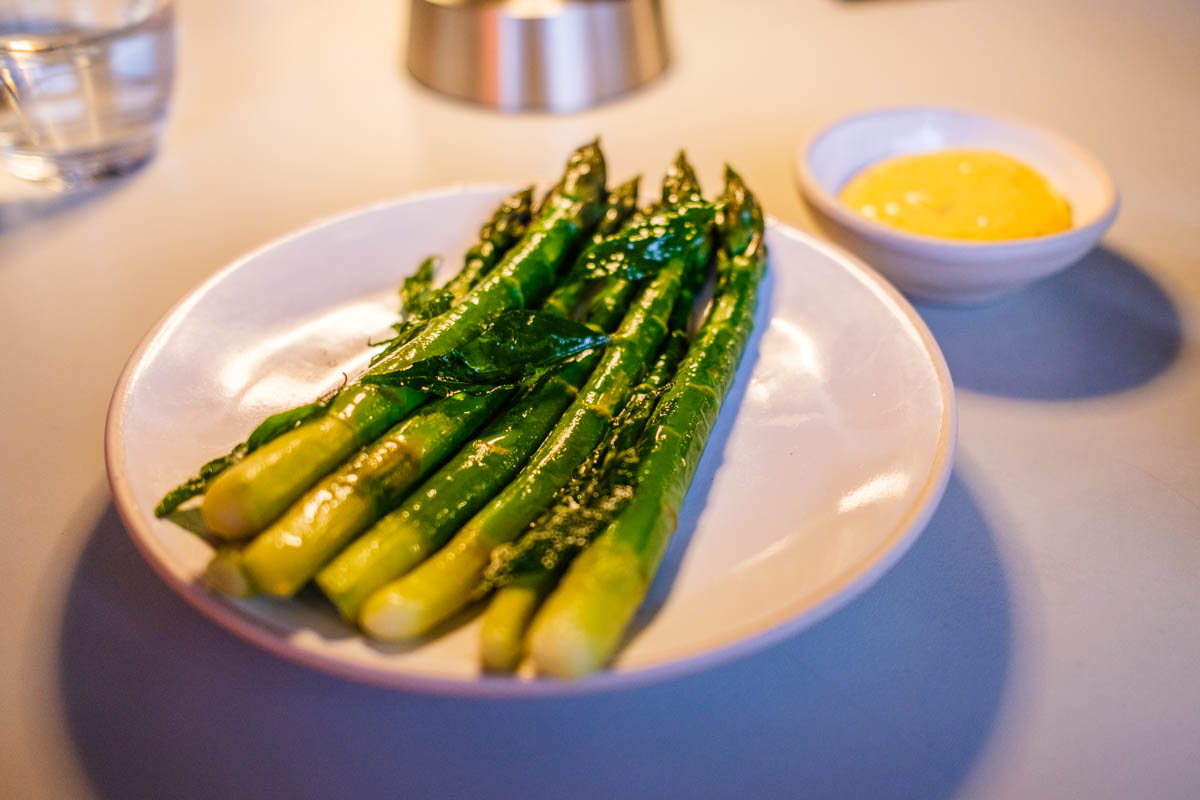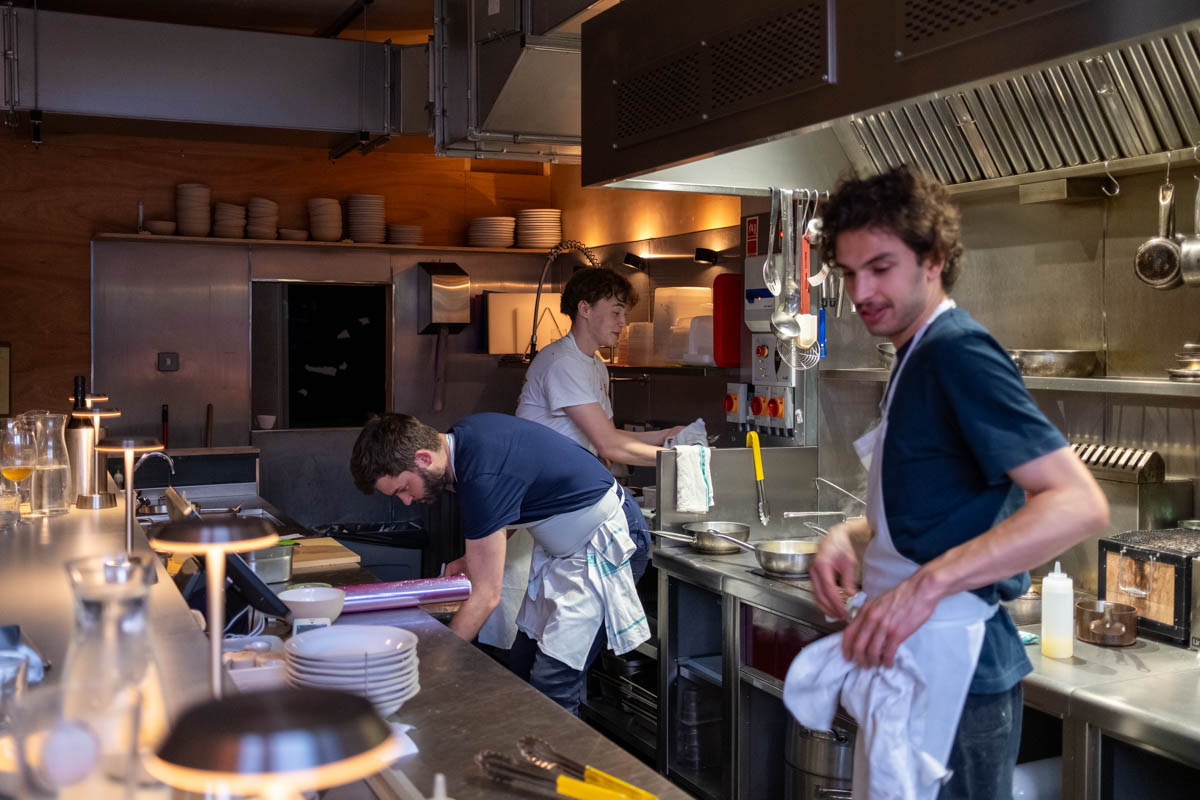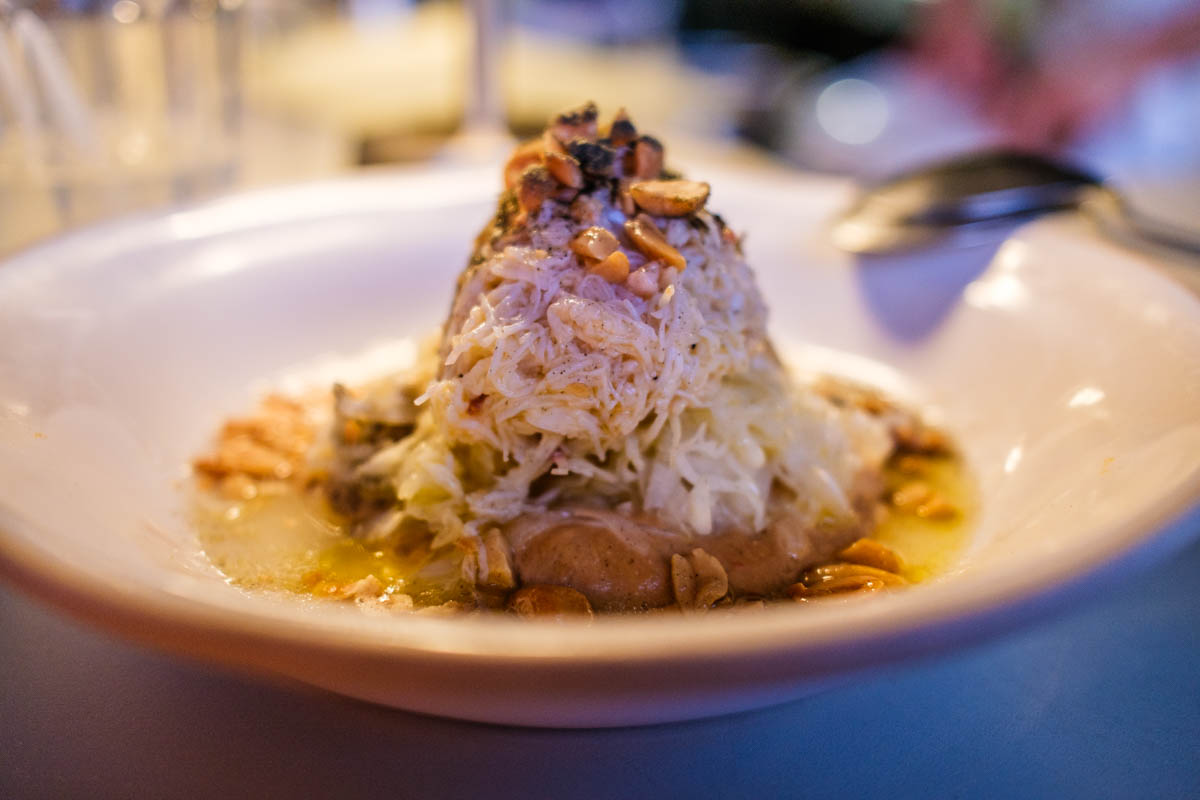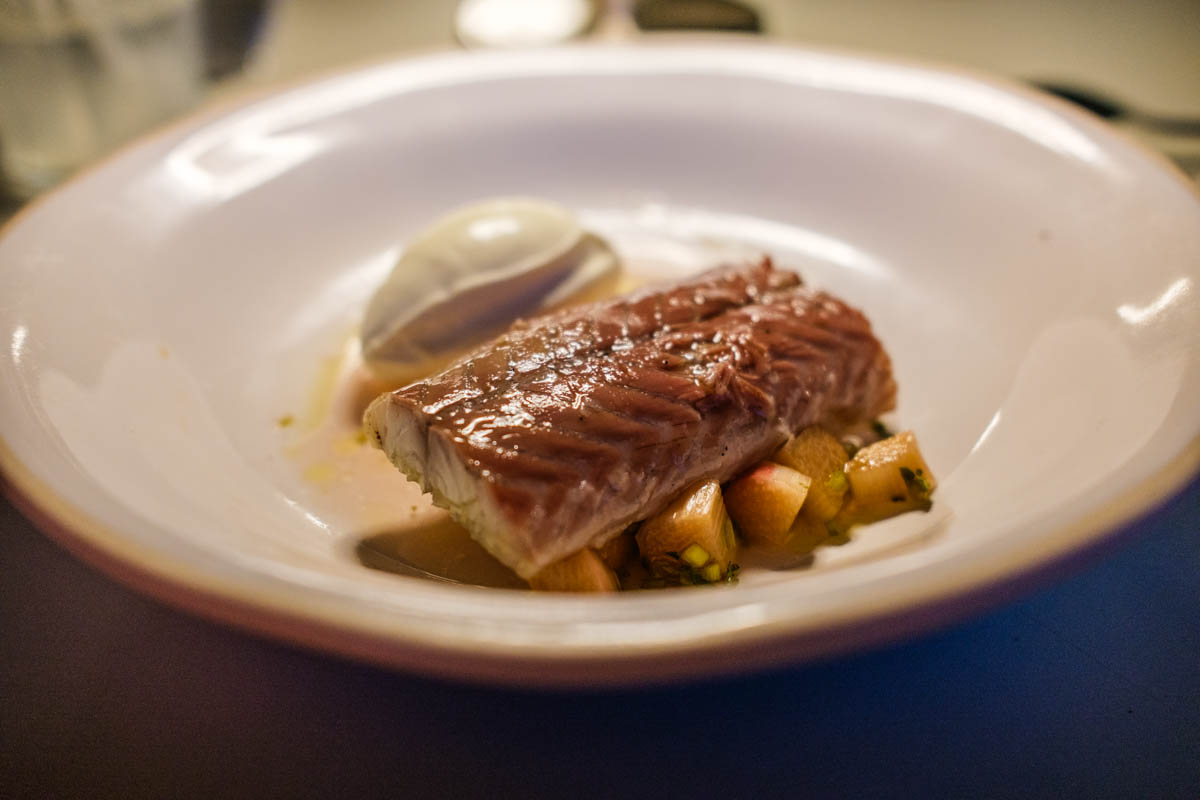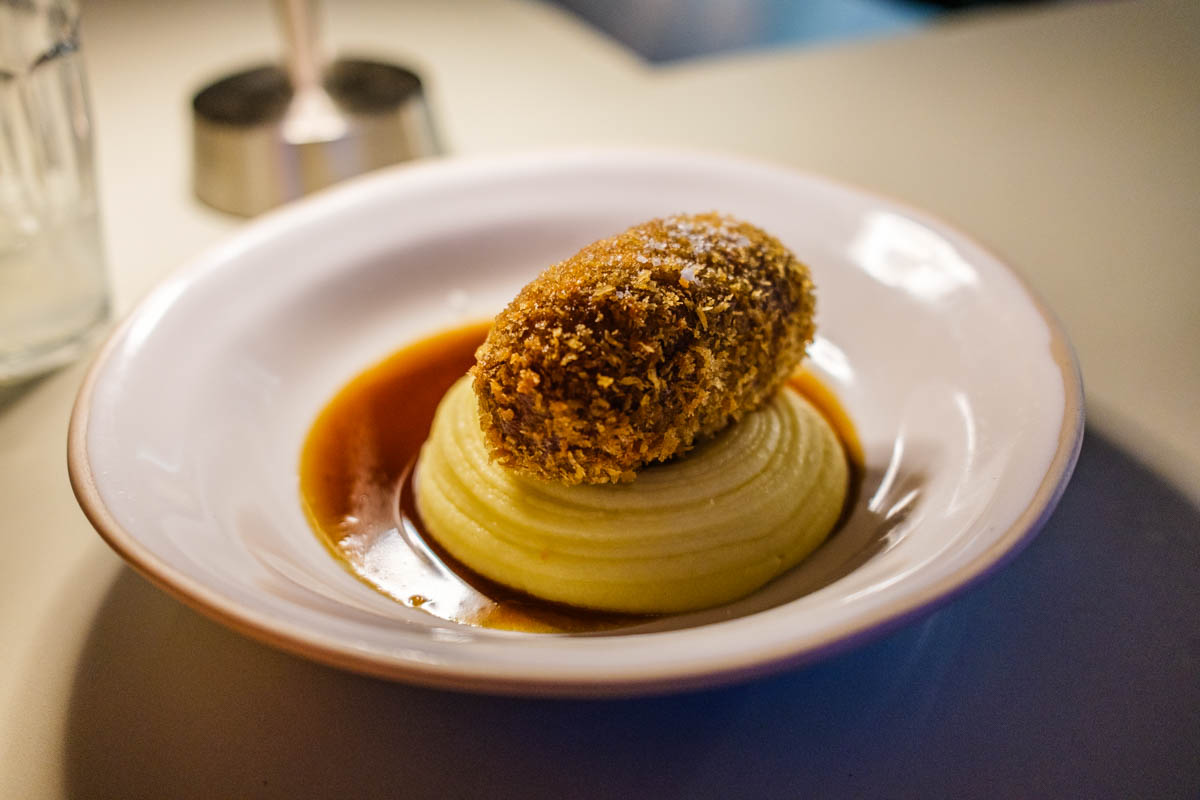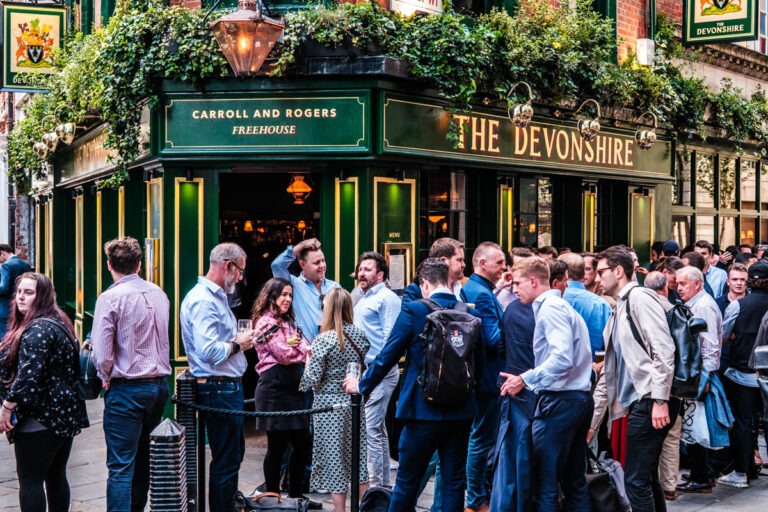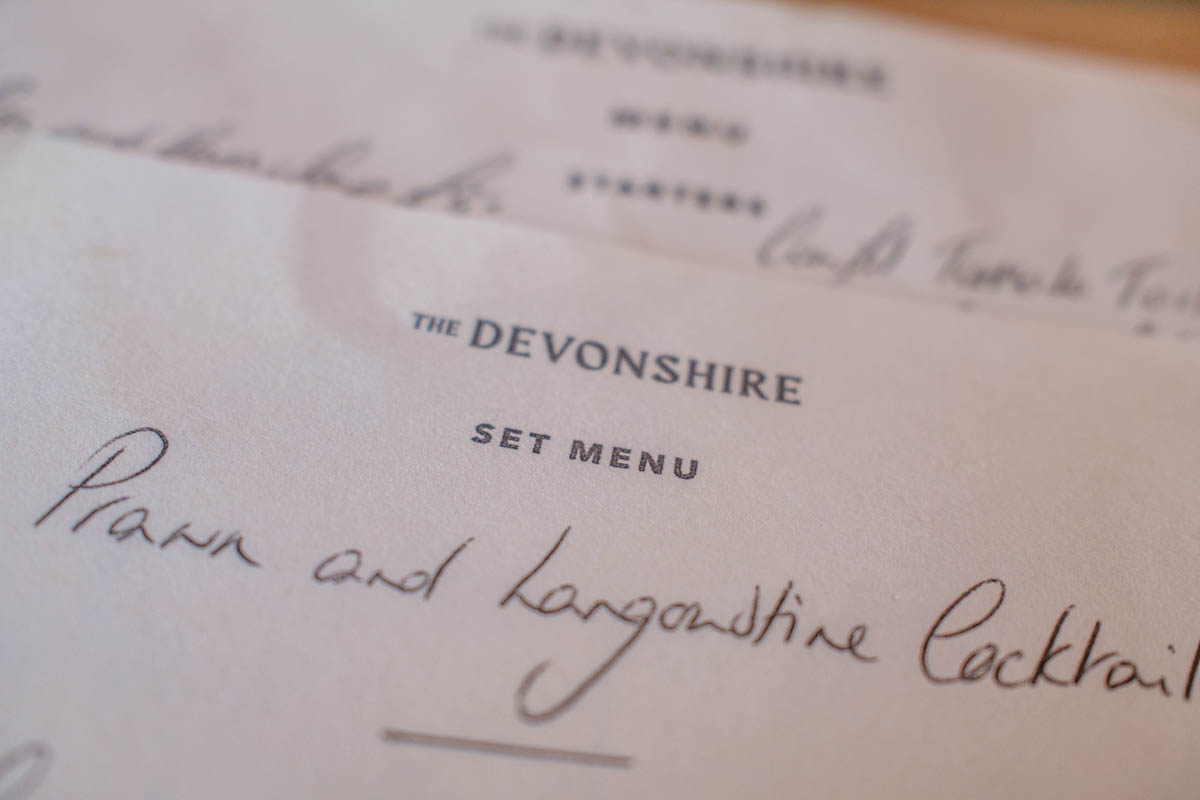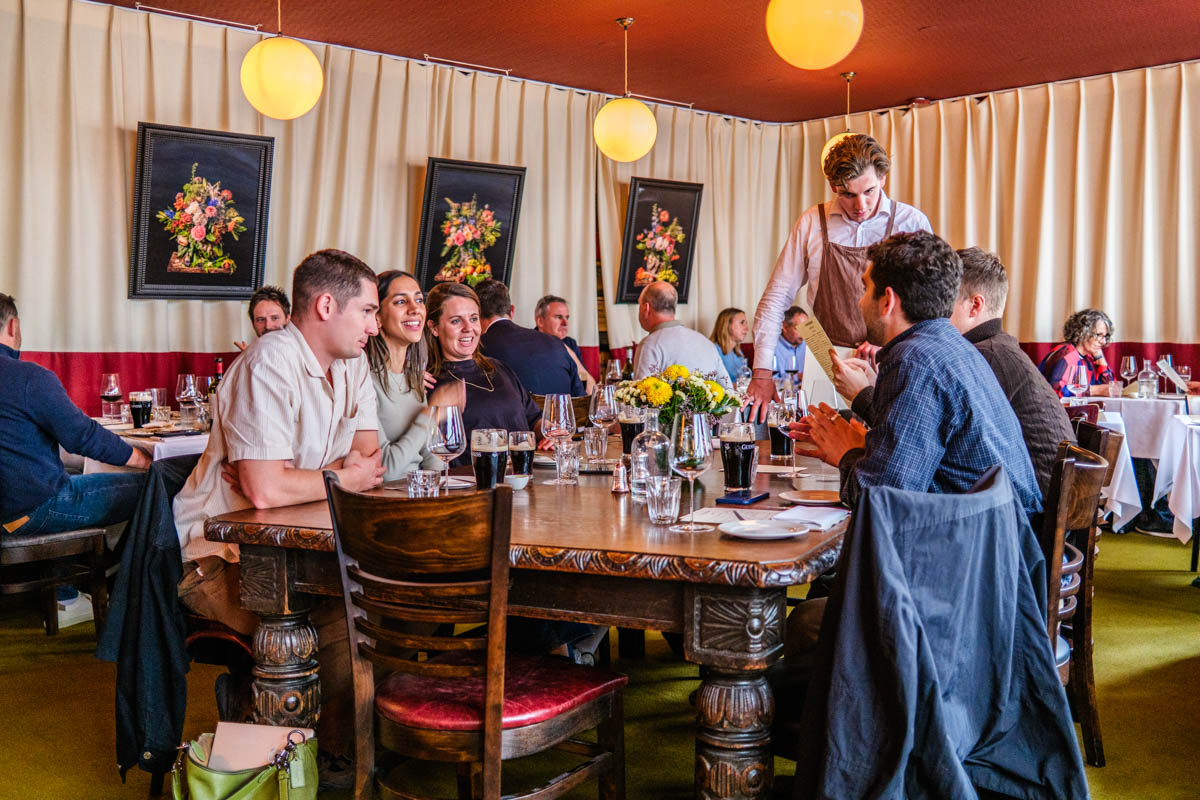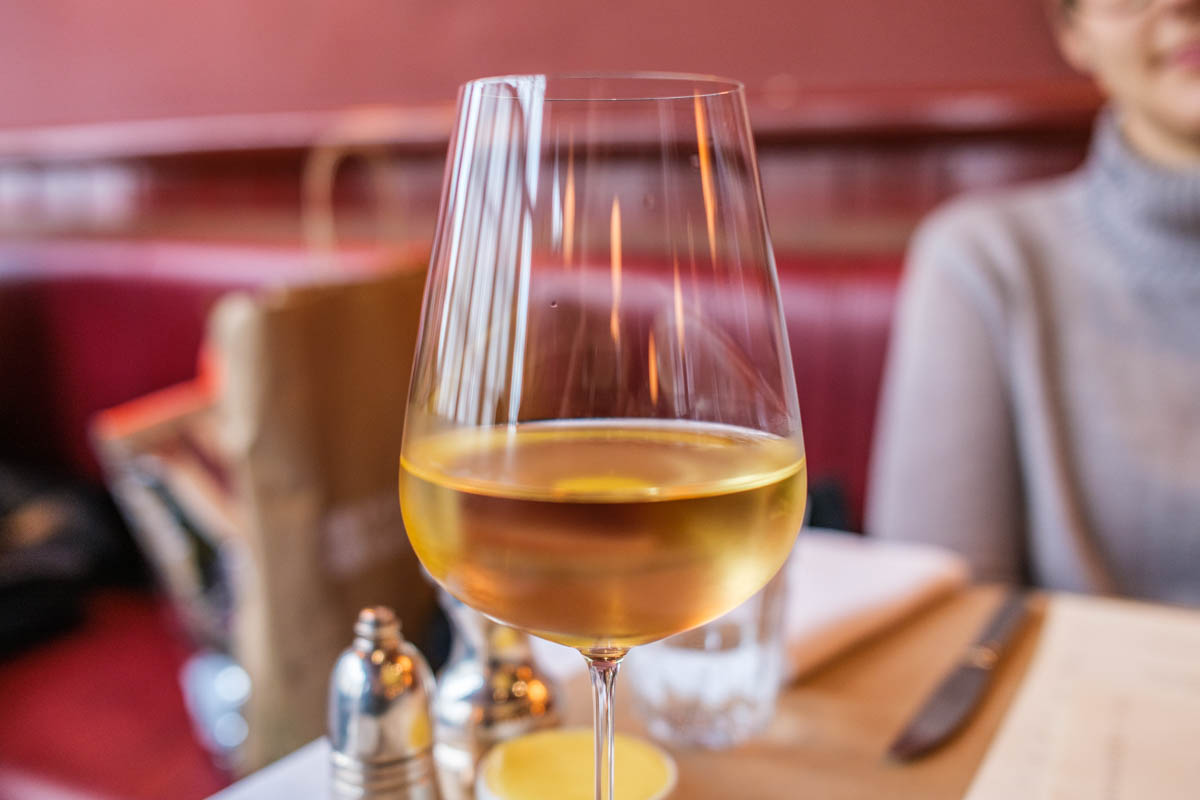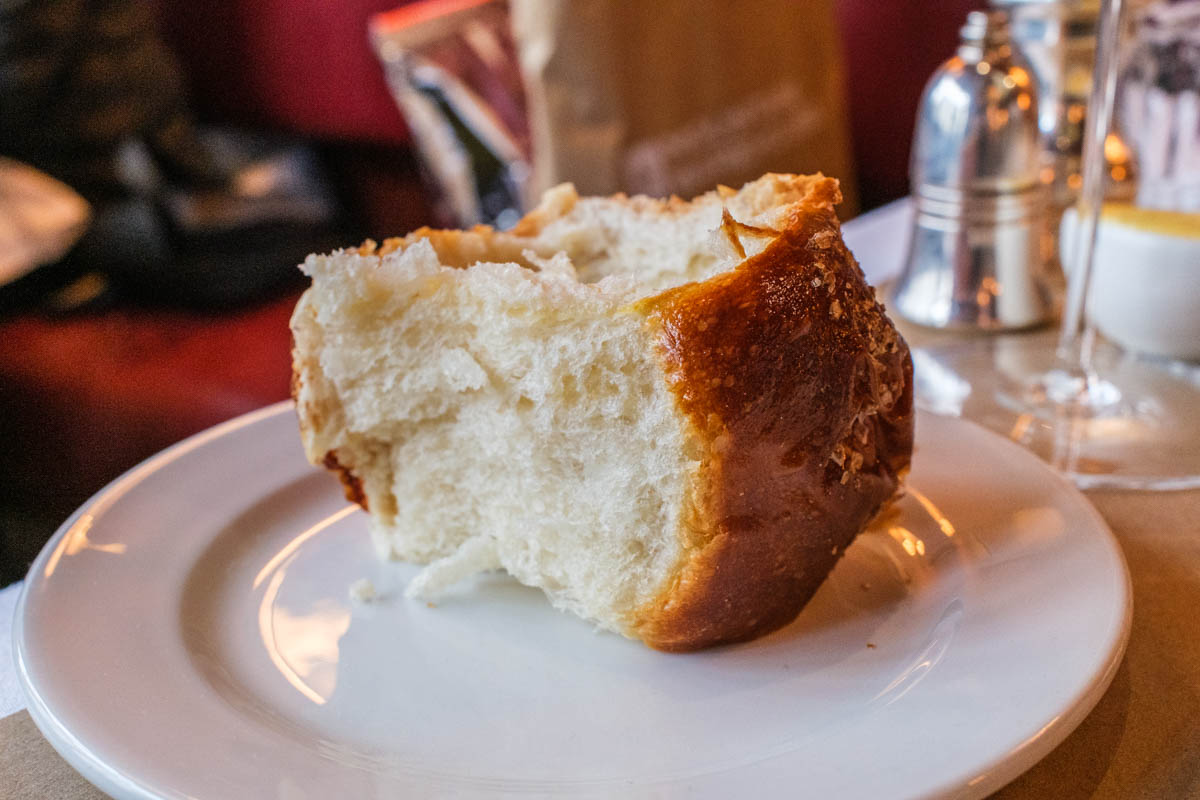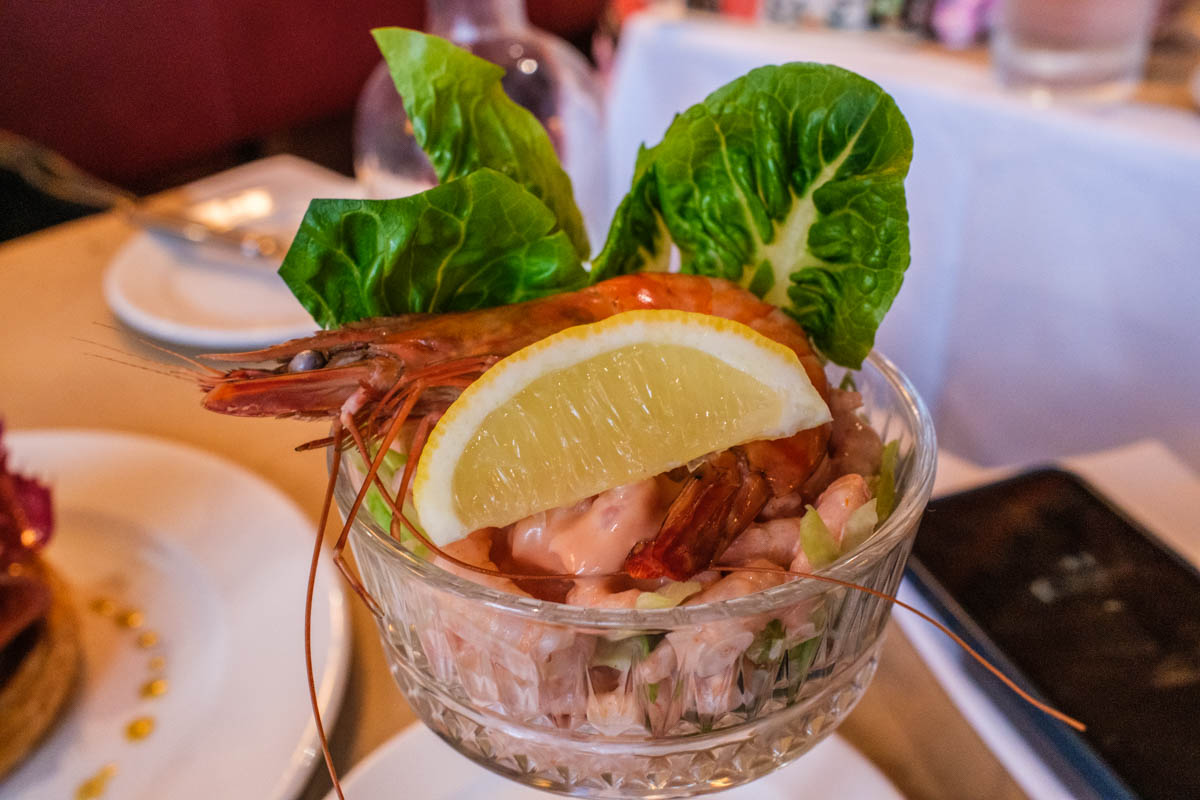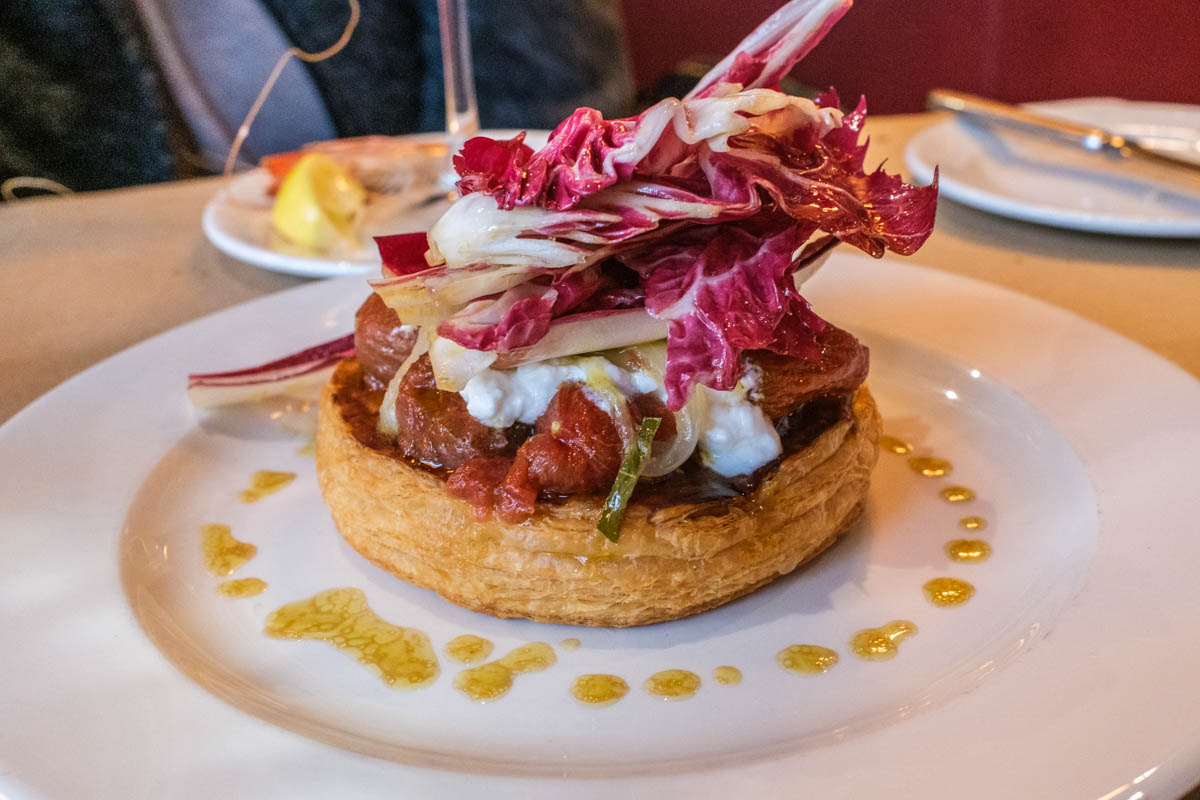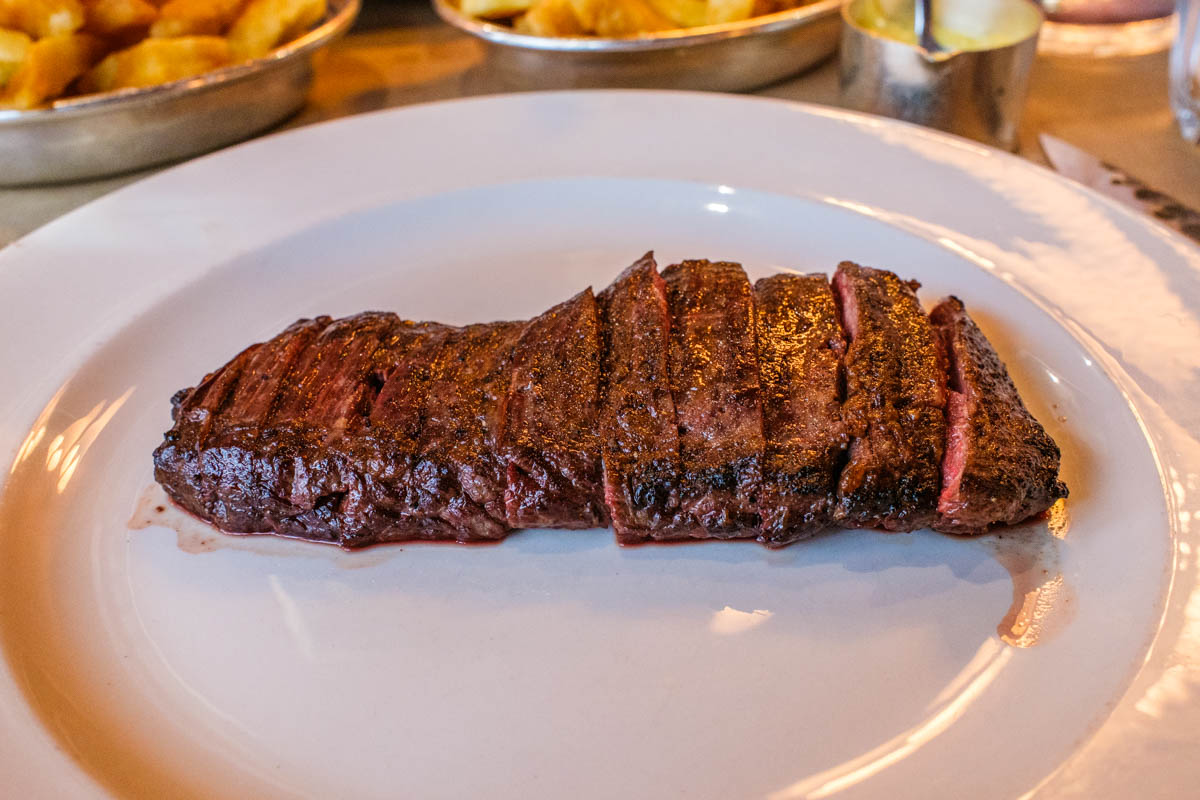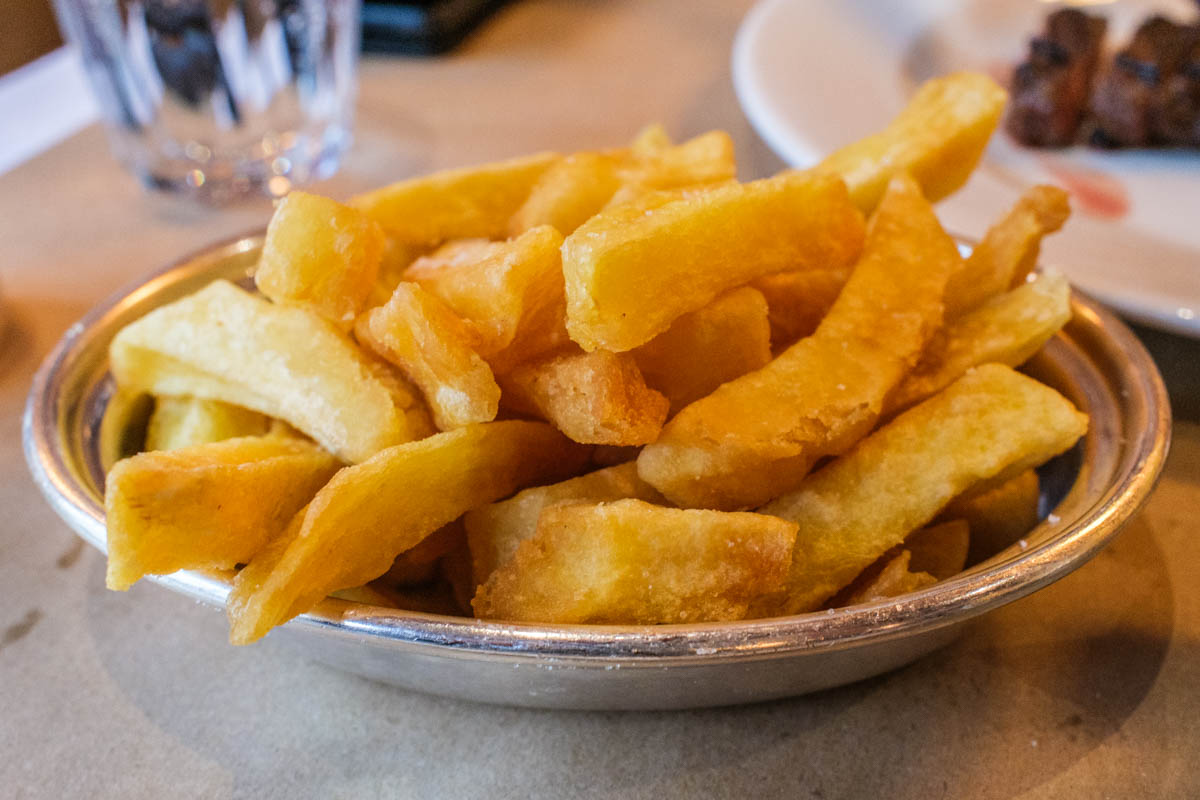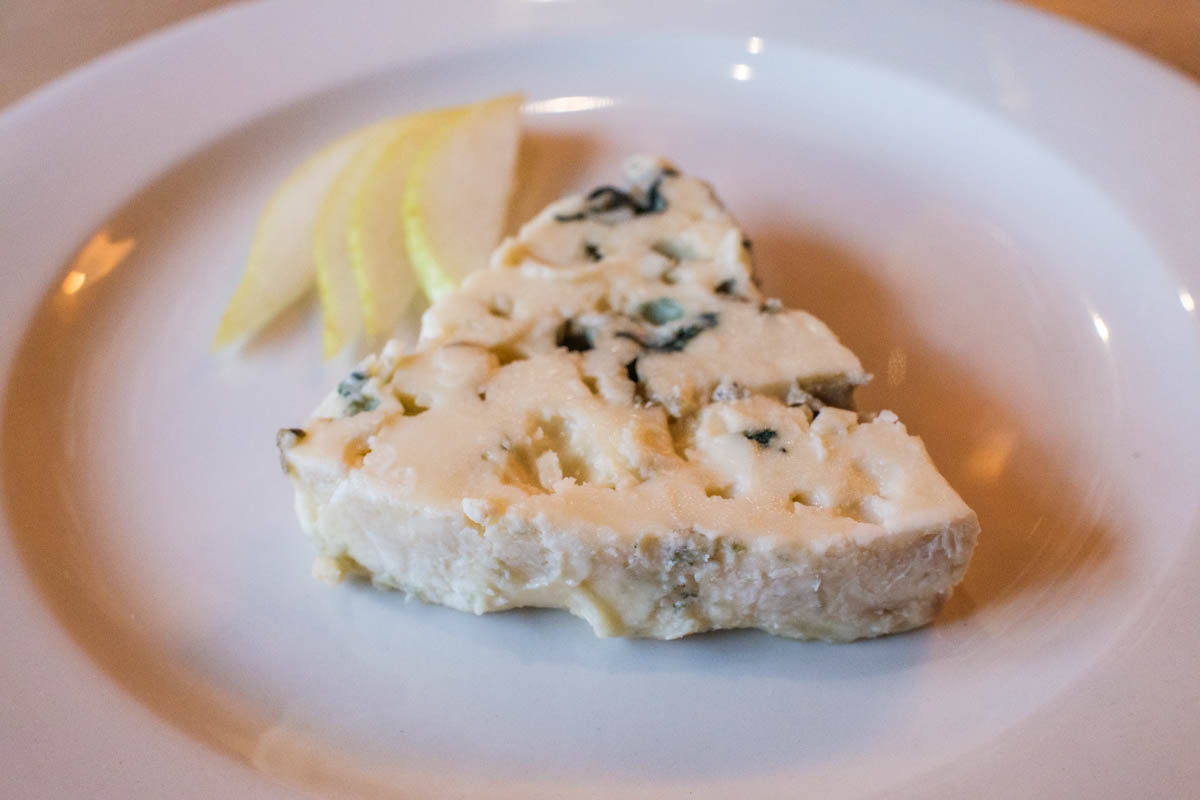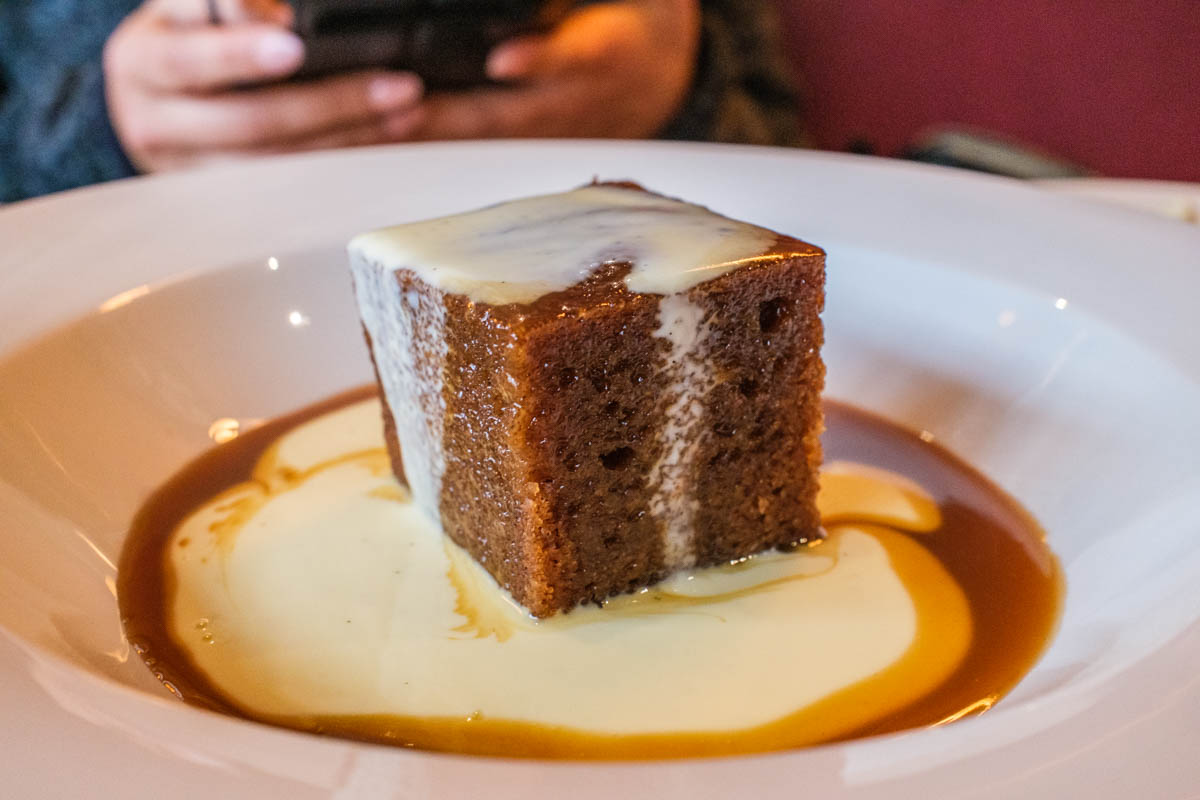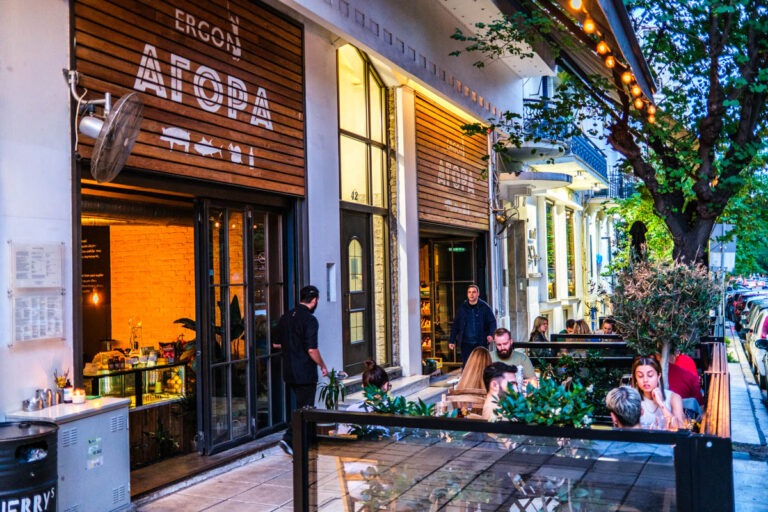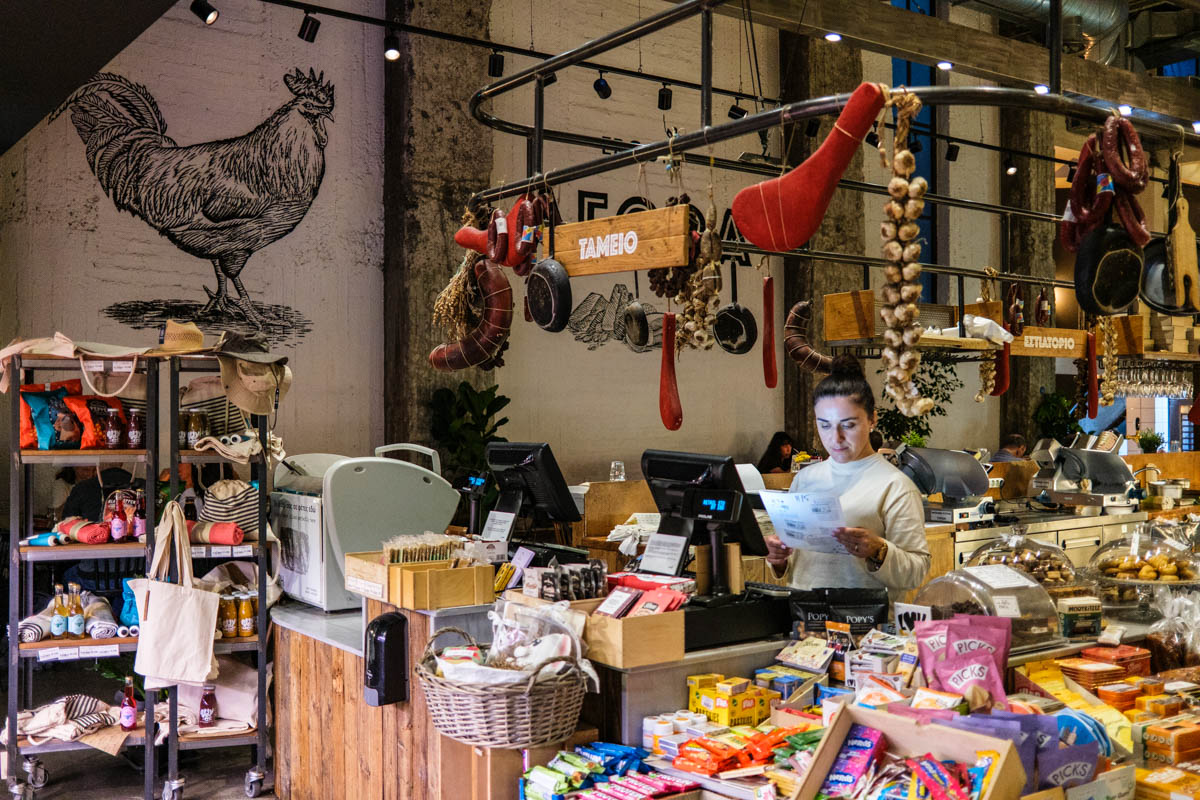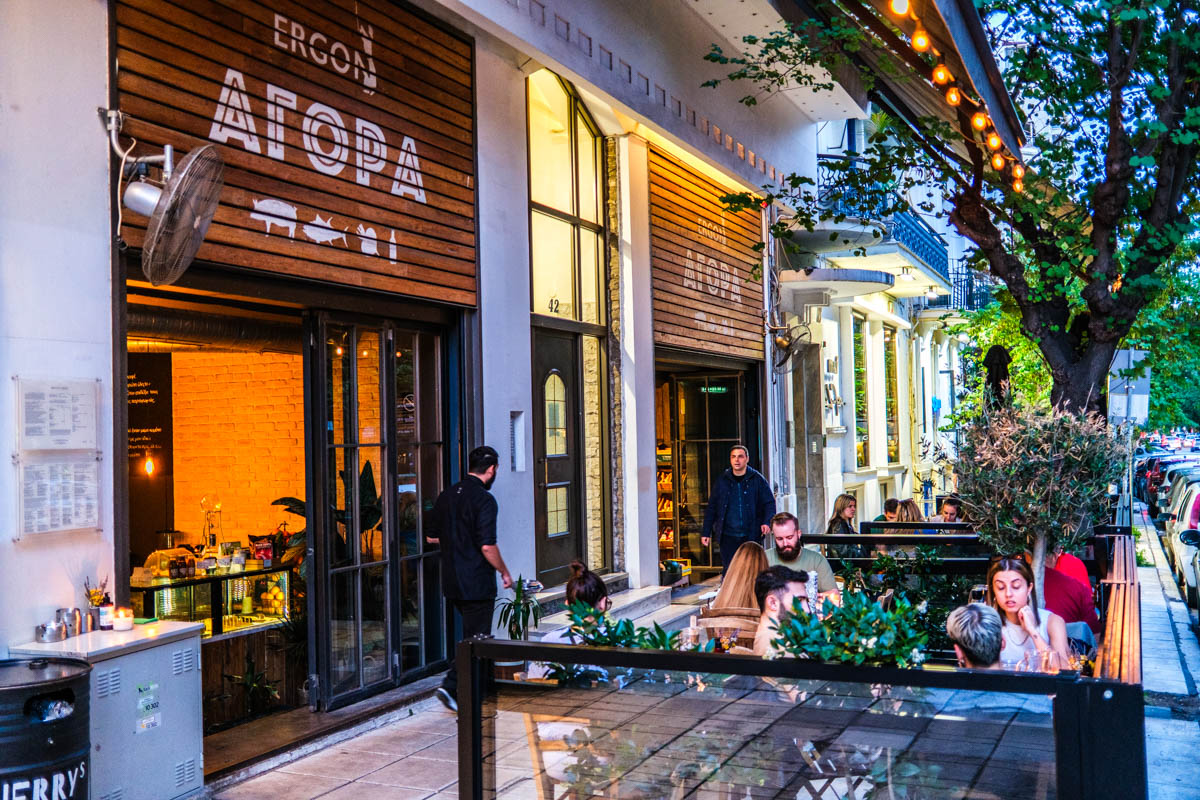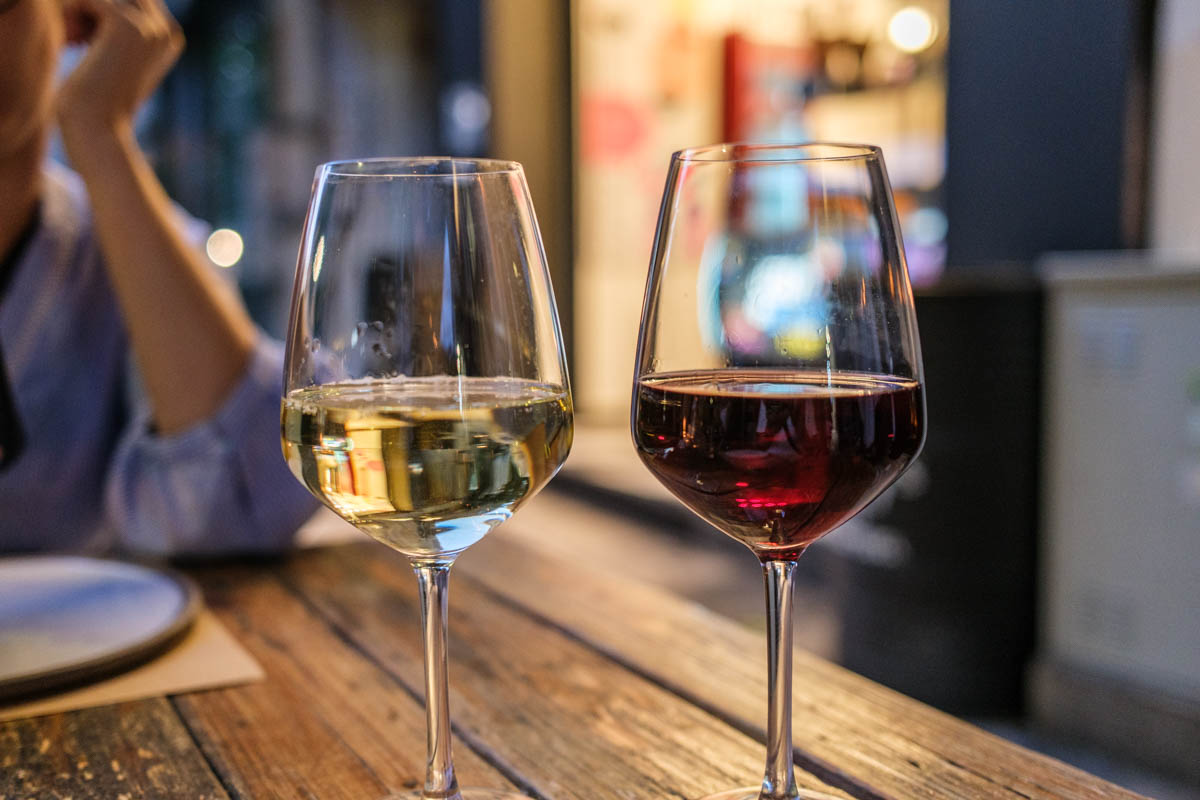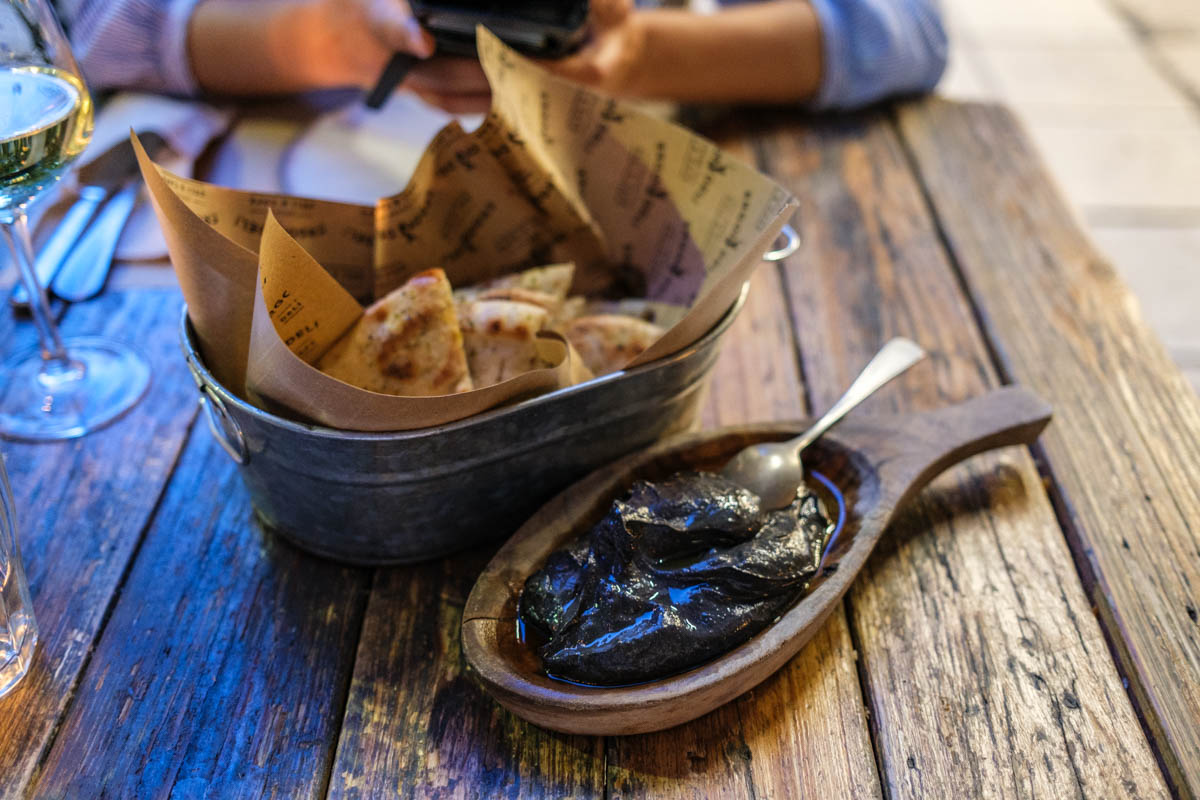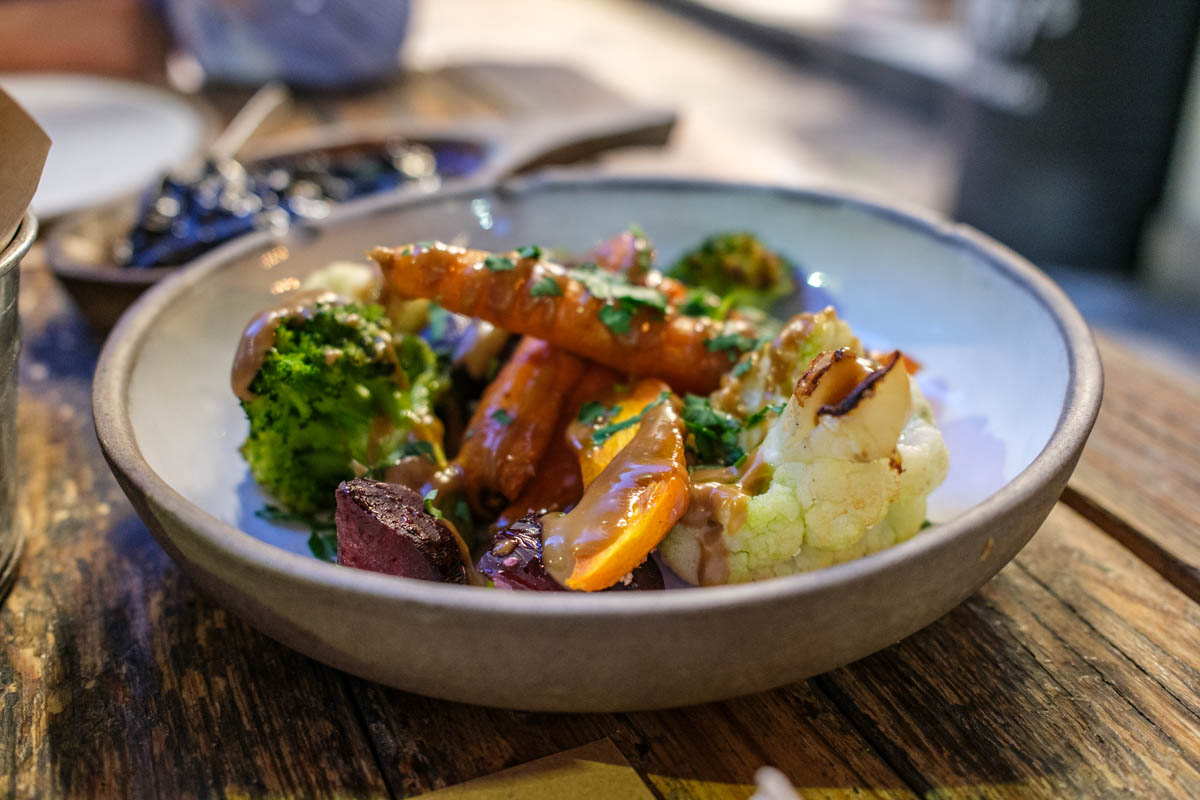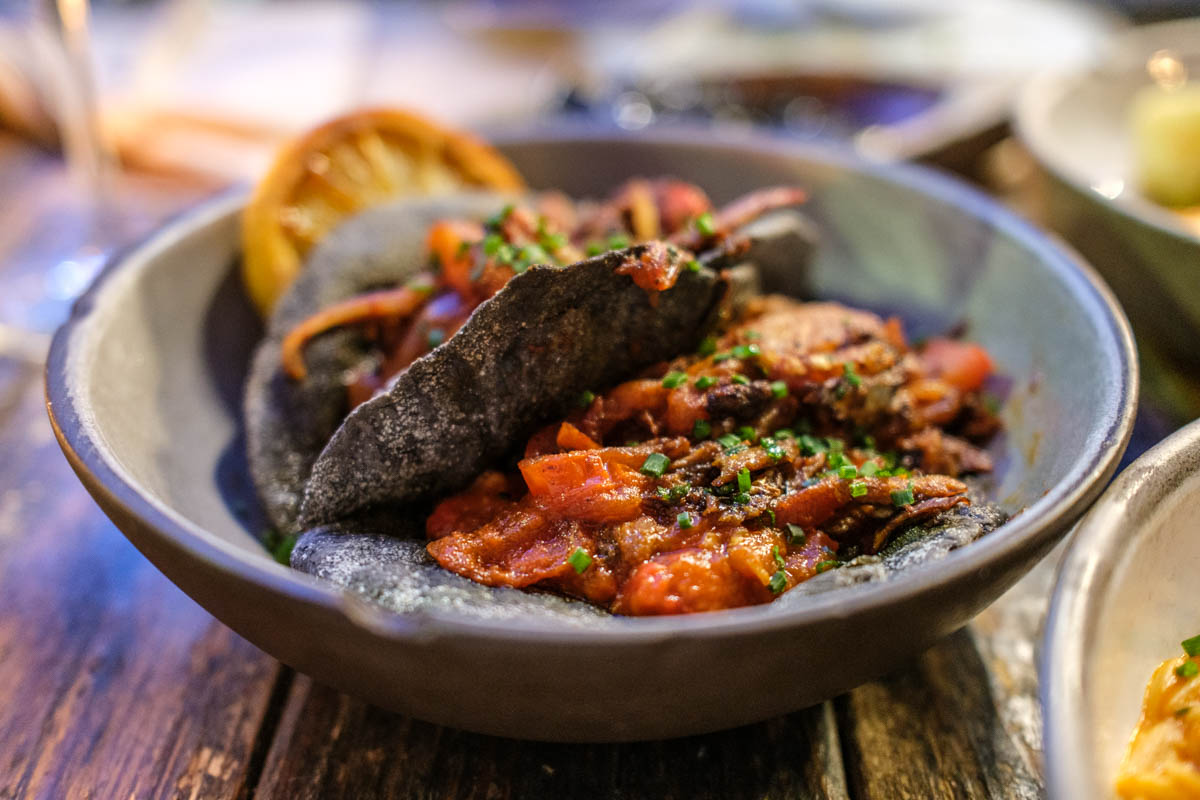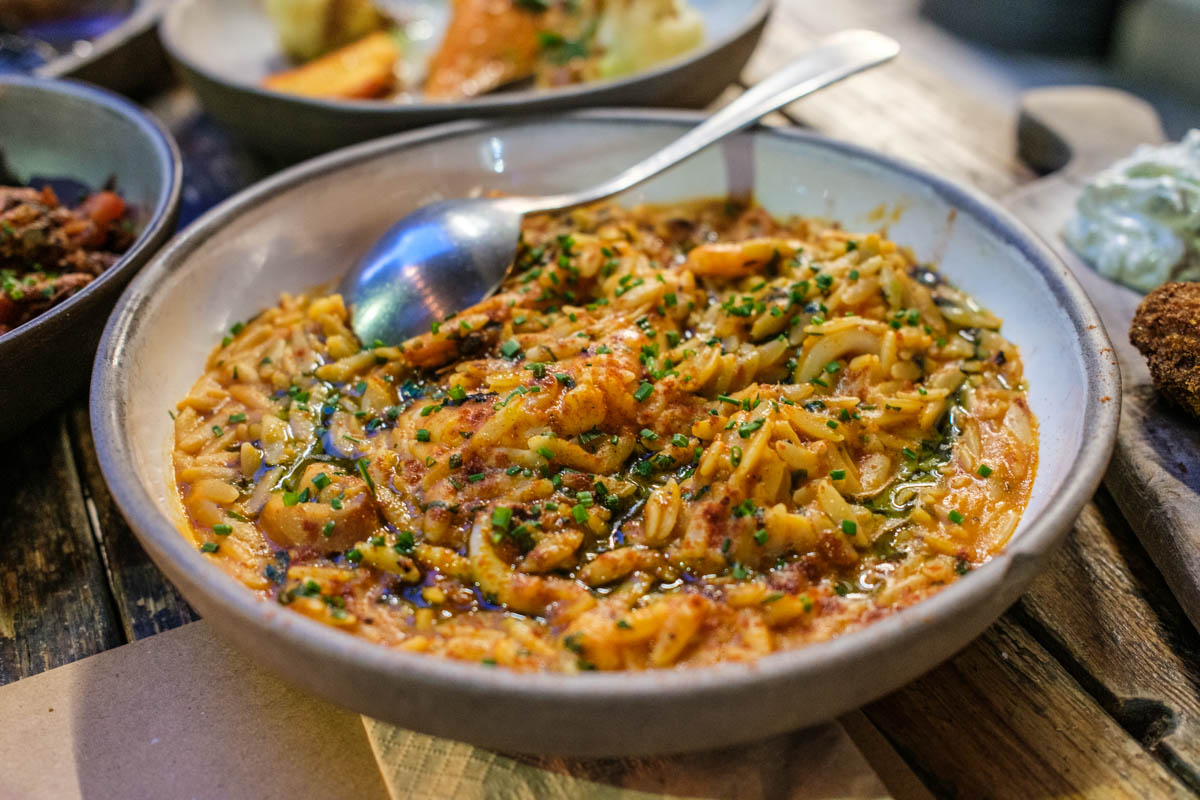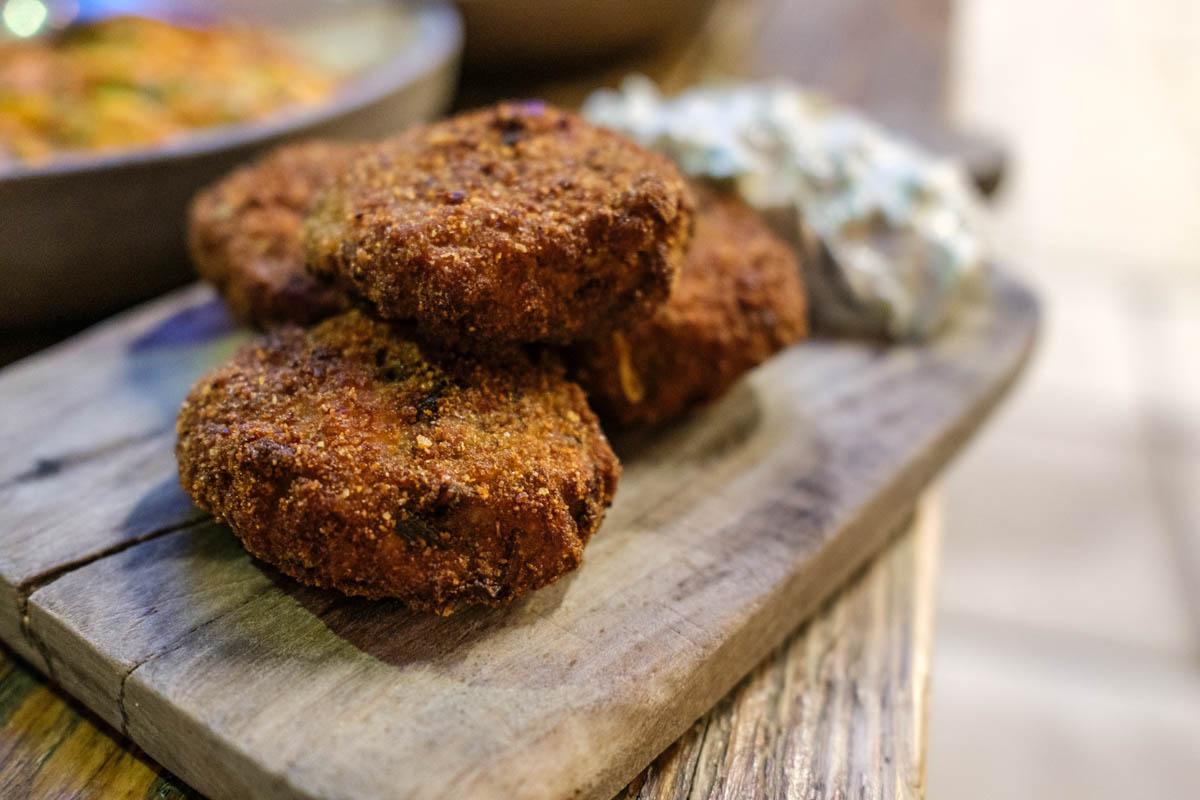TRAVEL | British Airways (“BA”) operates two flights a day between London and Singapore. Both the Airbus (“A380”) and the Boeing 787 Dreamliner (“Dreamliner”) are currently used on the route, and travellers can choose between Economy Basic, Economy Standard, Premium Economy and Business class. I flew Premium Economy (branded as World Traveller Plus) on the A380. The average flight time on this route is 13 hours and 30 minutes.
Check In
Check in very straight forward. You can check in online, or using BA’s app. You can enter in all relevant passport and visa information before your flight, and receive an online boarding pass. If you’re using the app, there’s up-to-date notifications about gate changes, flight delays, and the like, and you can use the boarding pass on the app at the gate.
If you have luggage to check in, there are several bag drop off counters at Heathrow Terminal 5 with a few BA staff walking around the area to assist if needed. There’s also the option of traditional staffed check in counters if you wish.
Loyalty
BA’s loyalty program is Executive Club, which is free to join. BA are also part of the OneWorld alliance, which offers the option of points transfers and certain reciprocal privileges.
With Heathrow being BA’s home airport, there are several lounges available to choose from, depending on your status/flight class. I do not have OneWorld status, so did not make use of any lounges this time around.
Luggage
Checked luggage is included with Premium Economy BA tickets.
You can check-in two bags up to 23kg (50lb). For carry on, you’re allowed one carry on bag no larger than 25cm x 45cm x 56cm (10in x 18in x 22in), and a smaller bag no larger than 15cm x 30cm x 40cm (6in x 12in x 16in). Each carry on bag cannot weigh more than 23kg (50lb).
Service
Service is friendly and efficient. It’s a diverse crew, happy to have a little chat with a cheery British demeanour. Water is offered at various times throughout the flight.
Cabin
The BA Premium Economy cabin on the A380 that flies from London to Singapore features 55 seats, in a 2-3-2 layout on the upper deck. There are enough flight attendants around so getting the attention of someone should you need assistance isn’t an issue. Colour wise it’s dark blue and white, a muted, sophisticated take on BA’s brand colours. Everything is clean and in good condition.
Seat
The fabric seat has dimensions of about 96.5cm x 47.0cm (38in x 18.5in), substantially more than a regular economy class seat. With the tray down, there’s enough space to get a bit of work in on a laptop.
There’s a lot of legroom, a proper footrest, and an adjustable cushioned headrest which is handy when you want to get some sleep. The recline on the seat is generous. As someone who finds it very hard to sleep on planes, the seat recline far enough back that I was actually able to get myself comfortable and sleep nicely for several hours. And, when the person in front of you is reclining, it’s not really much of a bother.
There are sizeable armrests, and an armrest tray between seats. On the back of the seat there’s a two-section mesh pouch for storage. Additional storage can be found beneath the window in the form of a sizeable storage compartment.
Each seat comes with a 110v power outlet, capable of taking a few different kinds of international plugs. There’s also a USB port for charging devices, but do be aware that it’s a slower, USB-A type port. There’s also three older type AV sockets, which I can’t imagine being of much use in 2024.
Entertainment
Each economy seat features BA’s seatback entertainment system on a 27cm screen. On it you’ll find real-time flight information, and a selection new release and classic movies, TV shows, music, and games. You also get access to Paramount+. Noise cancelling headphone are provided, and you can connect your own headphones.
To read, it’s BA’s ‘High Life Magazine’ magazine, which is available in digital format only. It’s a good read, with several interesting travel related articles, destination guides and the like.
Food
In Premium Economy, you can enjoy a glass of sparkling wine after take-off followed by a starter, main and dessert. Due to the timing of the flight, dinner is served at the start of the flight.
The menu makes use of seasonal, British produce, and can be found on a menu card that’s located in the seat pocket. The starter was a spring green vegetable salad with edamame, sugar snap peas, and honey mustard dressing. For mains, it was a choice between a Wiltshire ham hock and Oakwood smoked cheddar pie with kale, lemon, and chive sauce; kung pao chicken with vegetable fried rice and fried garlic bok choy; and aubergine parmigiana with mozzarella, basil, and slow roasted tomato sauce.
I opted for the kung pao chicken, which was quite tasty. Definitely a cut above the typical economy class fare with the higher quality of produce and more nuanced flavours apparent. For dessert, it was a passionfruit panna cotta, along with cheese and crackers.
To drink, it’s a decent selection of beer, wine, and spirits, a few cocktails, and the usual selection of soft drinks and juices. I went for a Spanish merlot and a tasty 4.5% ABV IPA brewed by BrewDog especially for BA.
If you get hungry or thirsty any time during the flight, you can request snacks, hot, cold and alcoholic drinks to your seat. Before the plane lands in Singapore, breakfast is served. In this case, it’s a choice between a ‘full British’ breakfast, or a cheddar omelette.
I chose the former, which comes with scrambled eggs, Cumberland pork sausage, back bacon, button mushrooms and grilled tomato. It hits the spot. There’s also a selection of pastries, along with tea, coffee, and juice.
Amenities
A soft cloth blanket is provided for all passengers, along with an amenity kit. The amenity kit includes lip balm, an eye mask, a pen, socks, toothbrush and toothpaste, with earplugs also available on request.
Wi-Fi is available for the duration of your flight. Access to basic services like messaging and text-based e-mails will set you back between £2.99 – £4.99, while full access for streaming and more, costs between £4.99 – £21.99.
Verdict
I’m a big fan of Premium Economy cabins when done right. If the timing and length of the flight is such that I might want to sleep on the plane, Premium Economy can fit the sweet spot of getting me all of the things that I want that I can’t get in Economy, without the cost of flying Business.
At full price, you’re looking at about double an Economy Class ticket, and half of what a Business Class ticket will cost you. At today’s prices (July 2024) that’s £1,156 for a one way ticket on this route.
Why I think flying BA Premium Economy on this route is worth the extra cost is because BA is one of those airlines that gets the cabin class right. Unlike the “slightly upgraded economy” that several airlines offer in this cabin, the BA version is a real step up, and akin in many ways to the Business Class of 20 years ago. The seat is noticeably larger, there’s loads of leg room, a good amount of recline, and better food. All of the things that I think matter when flying long-haul.


